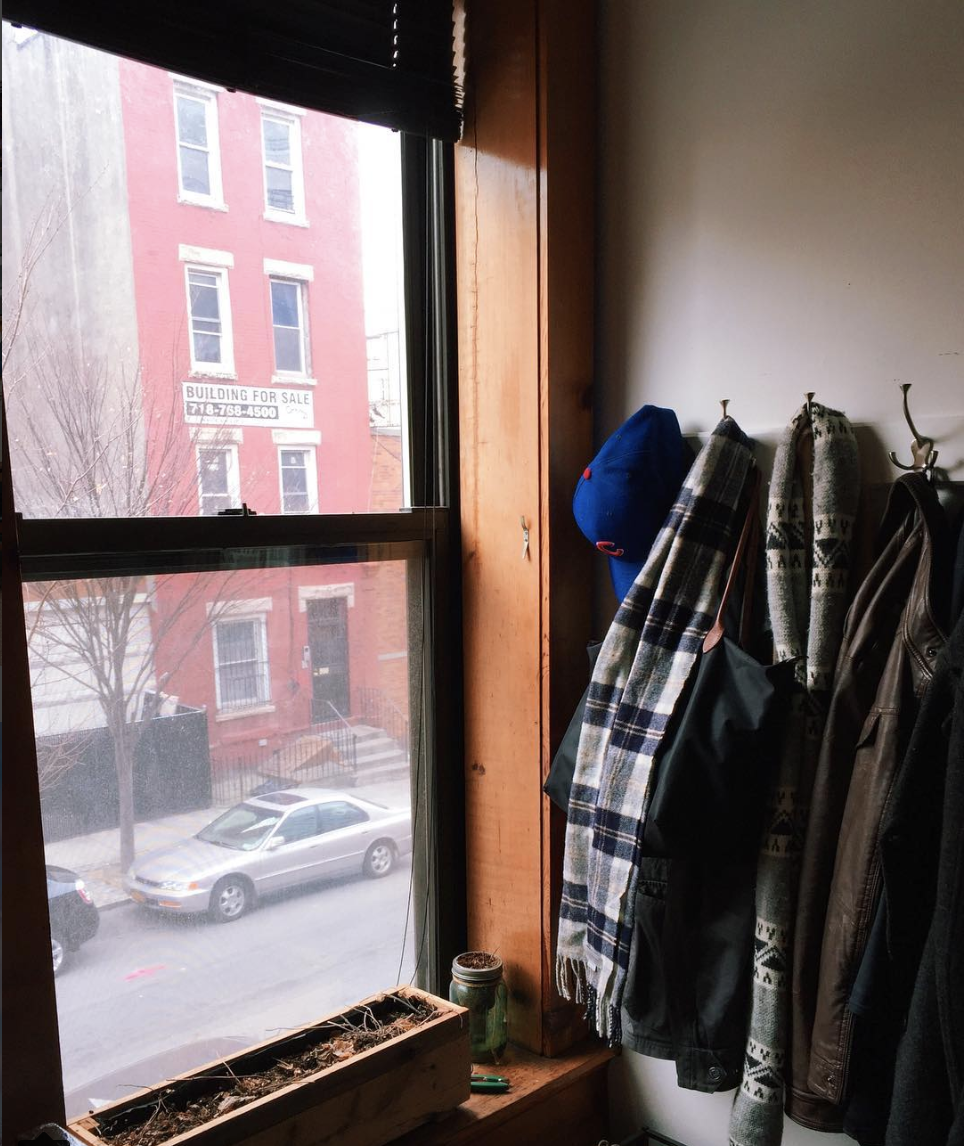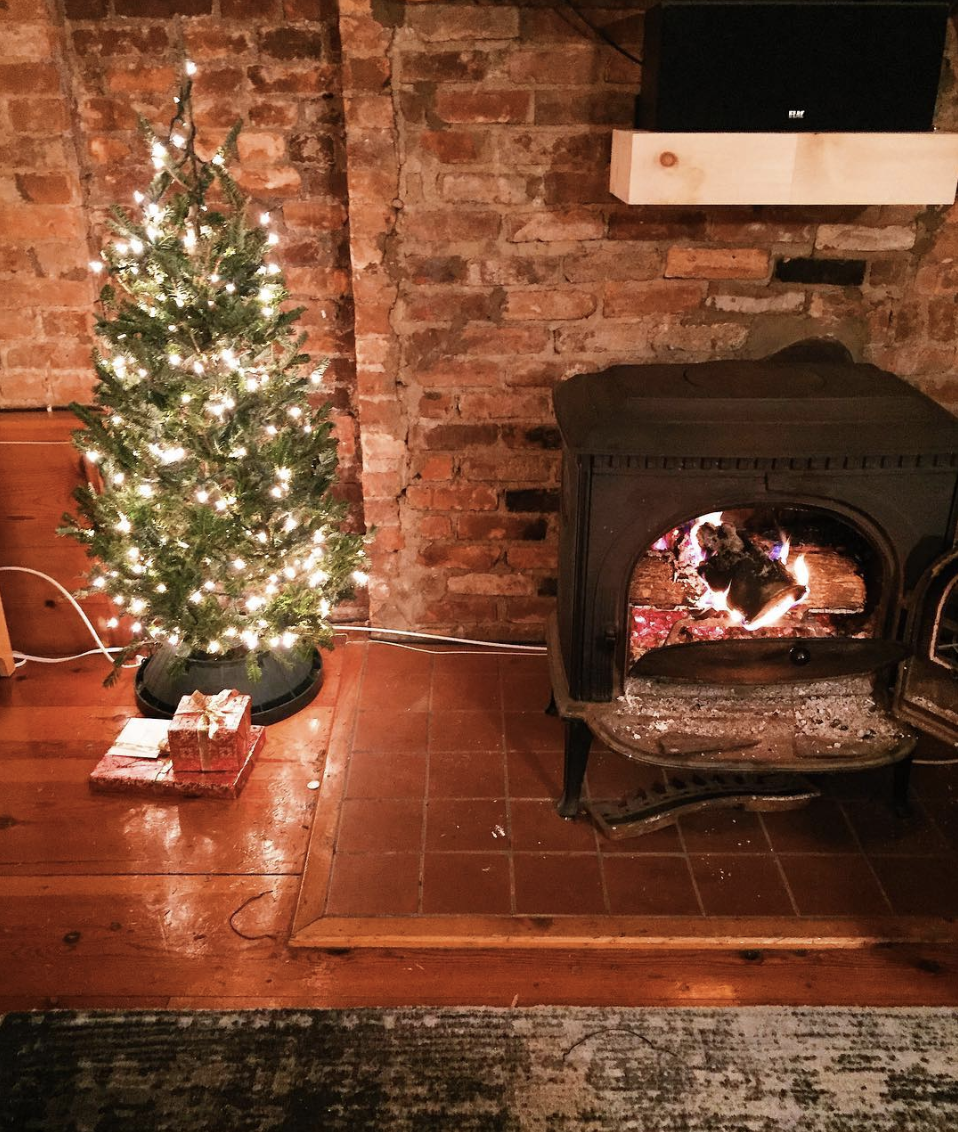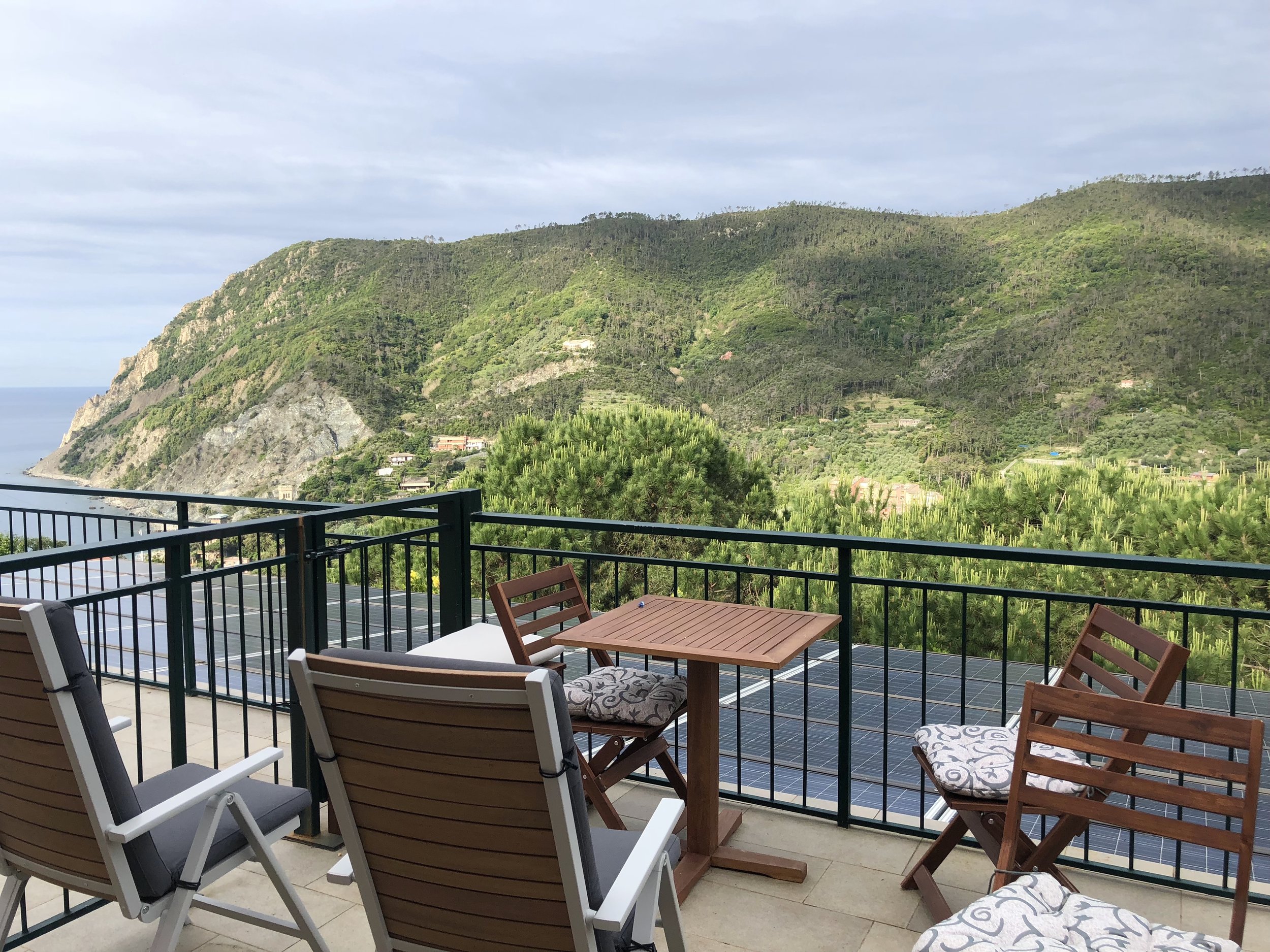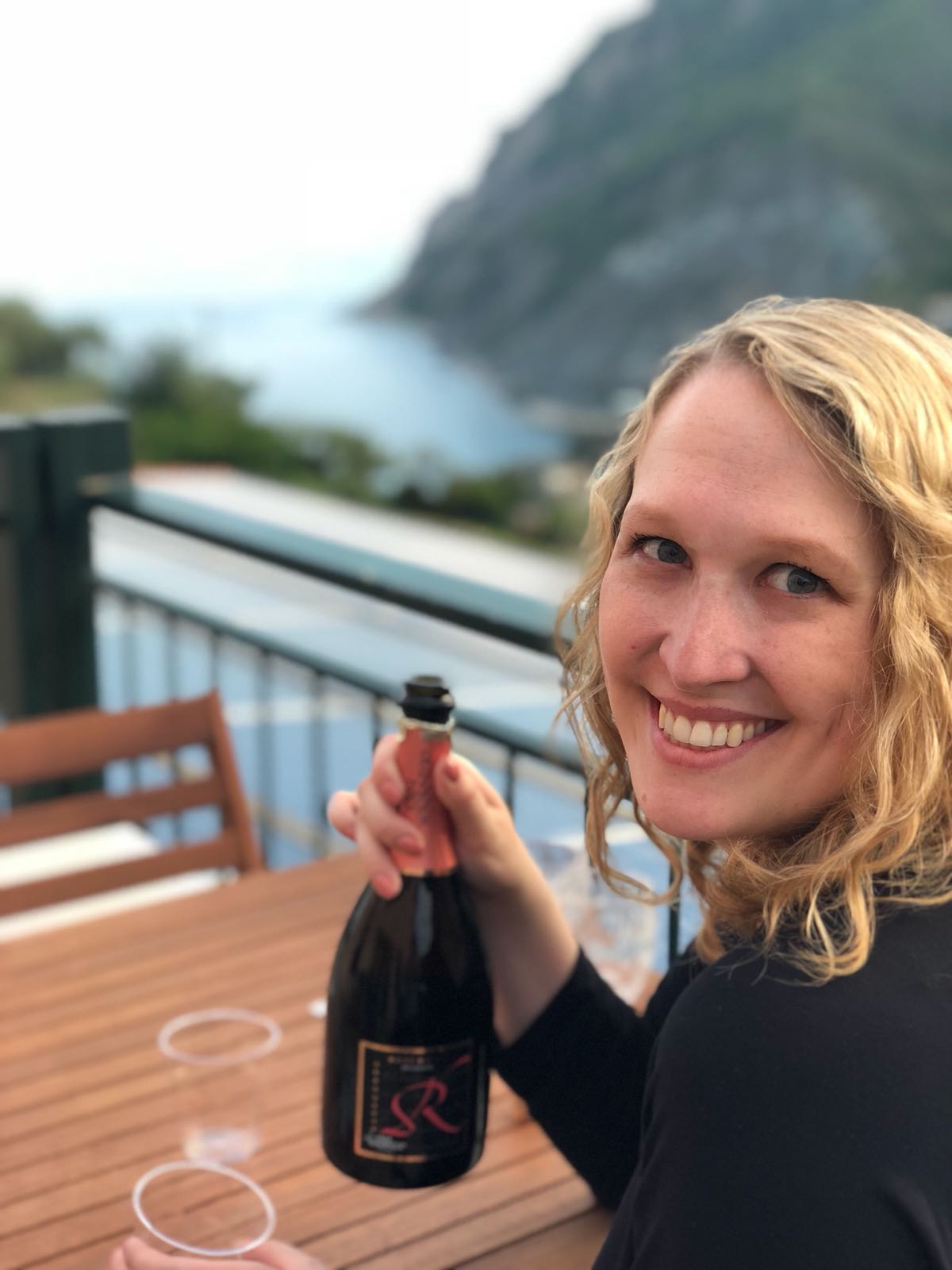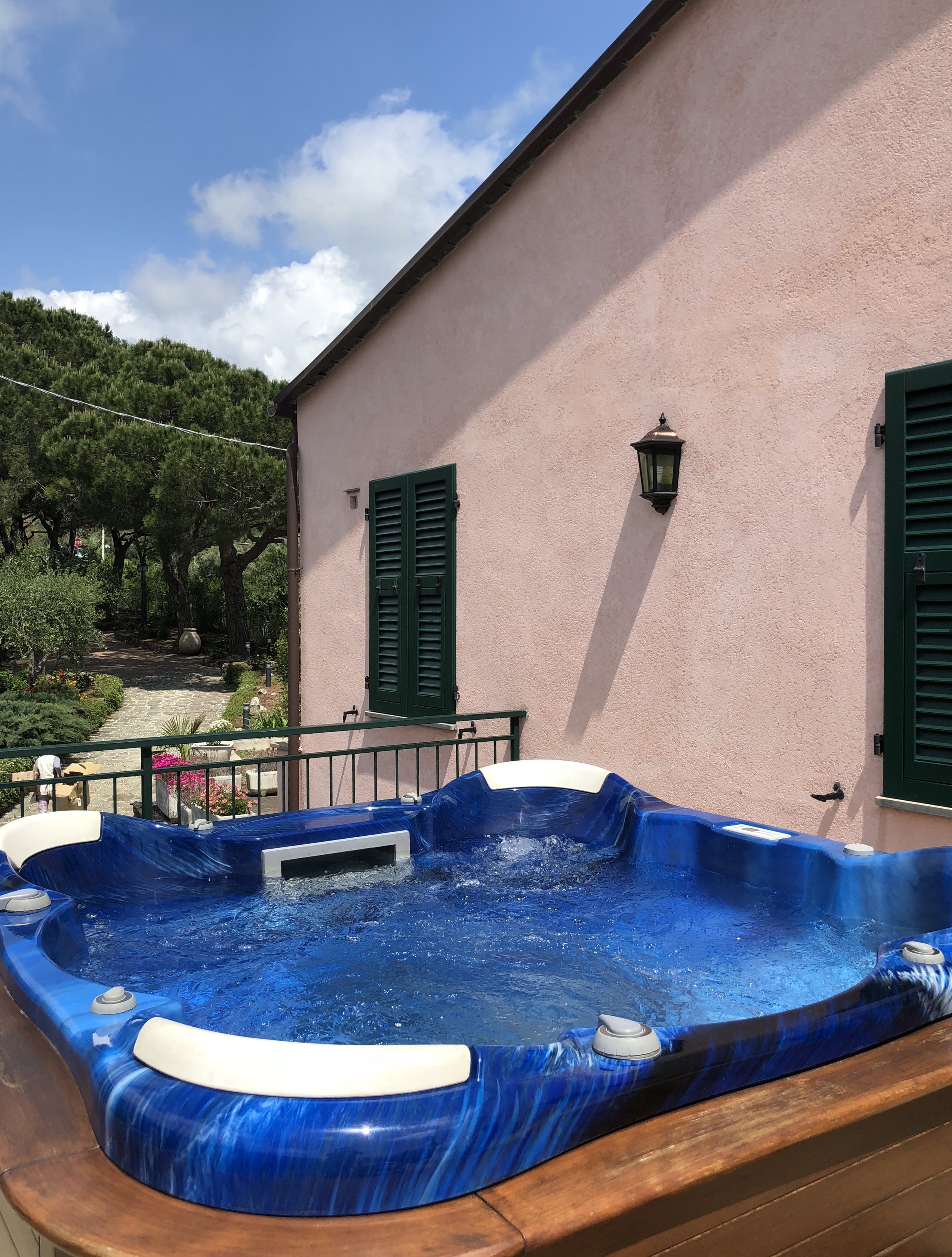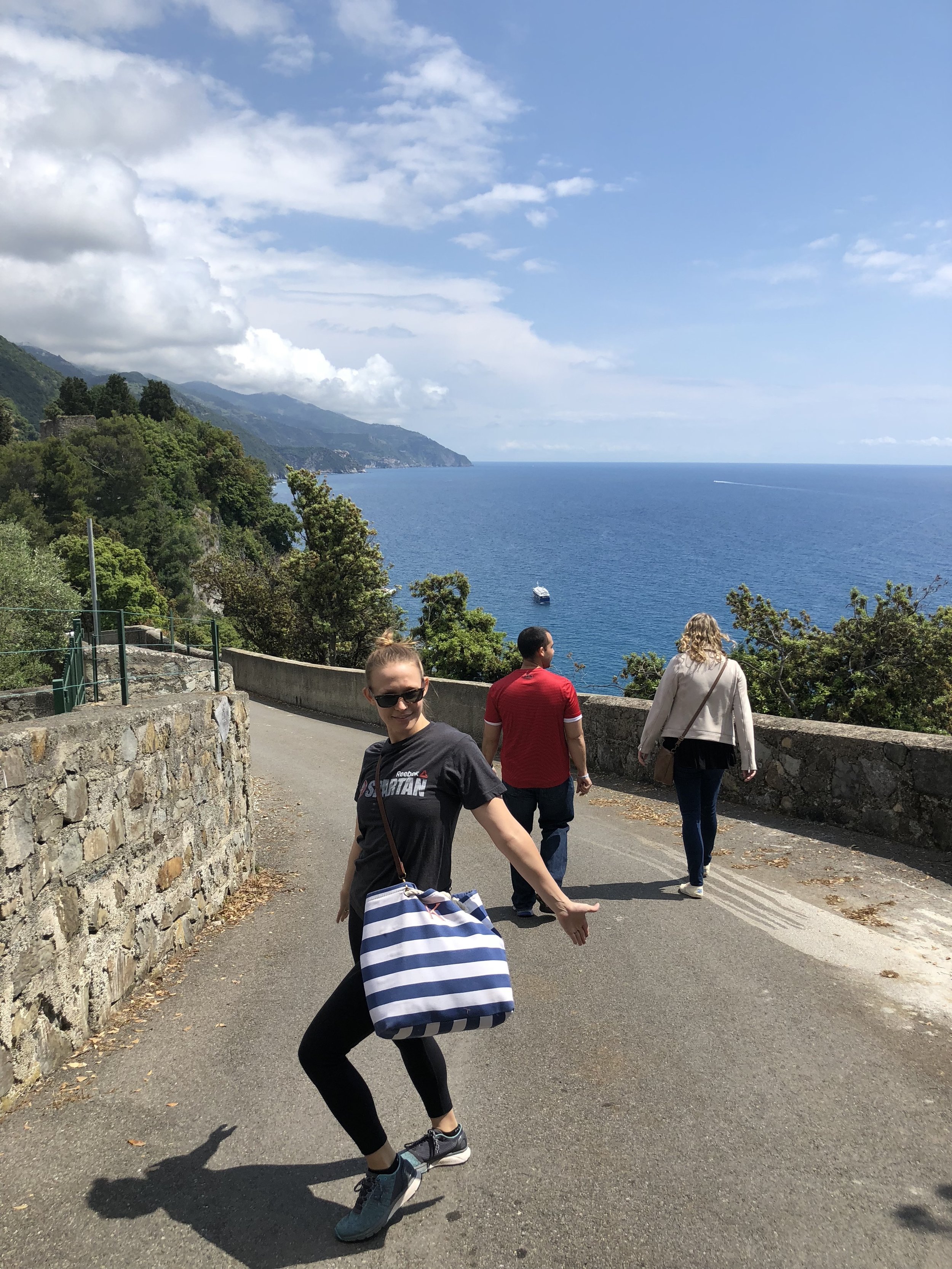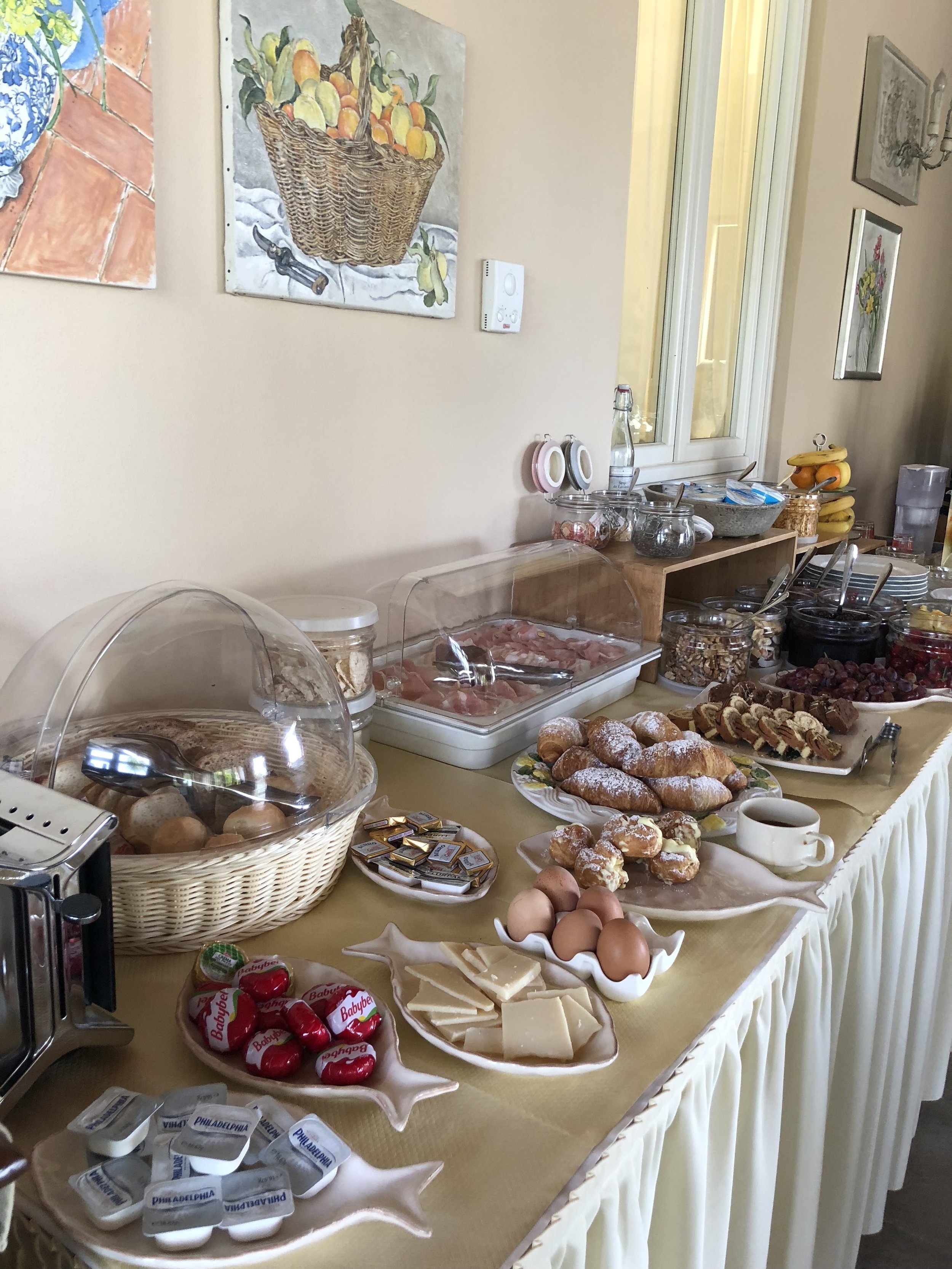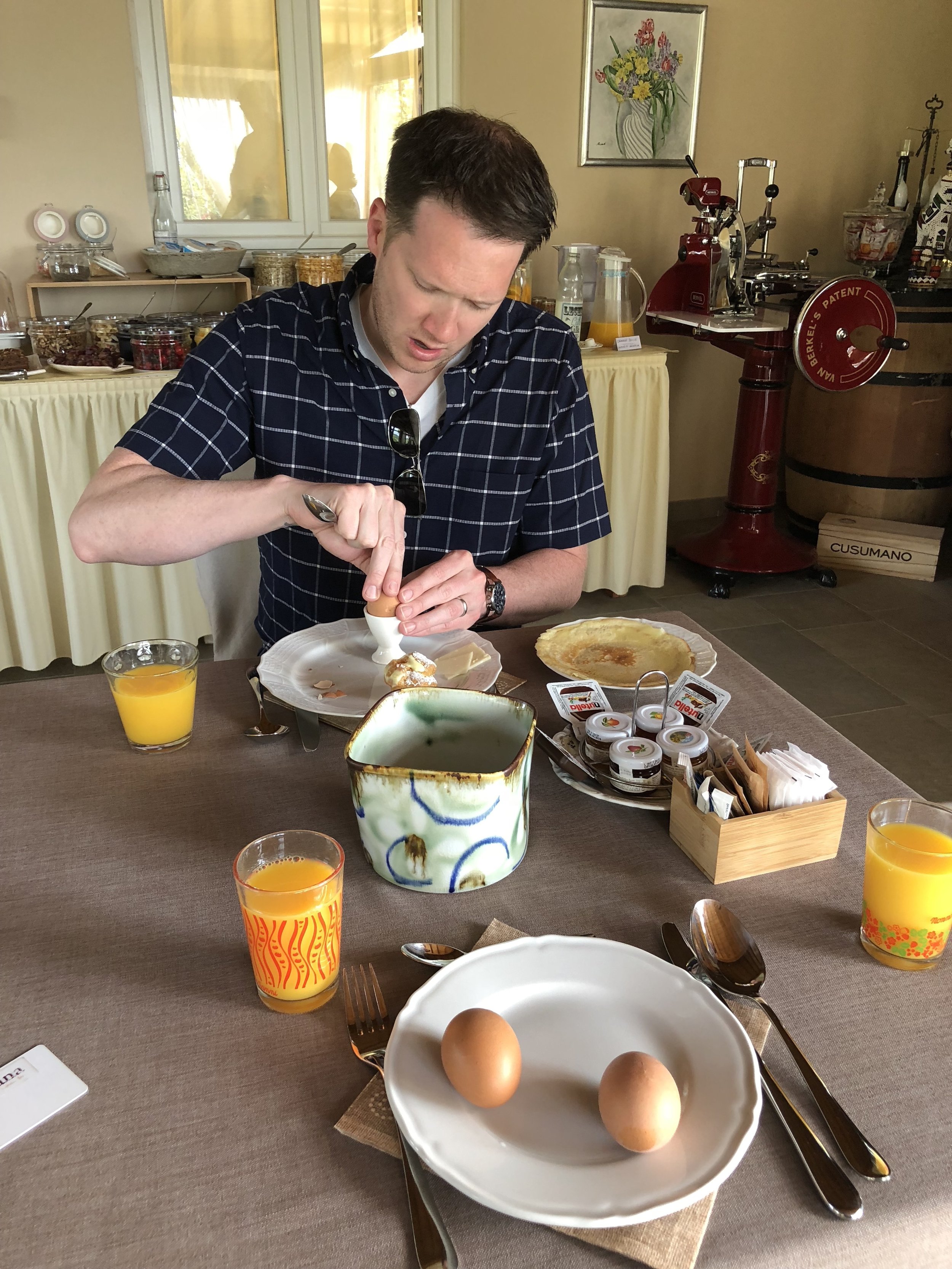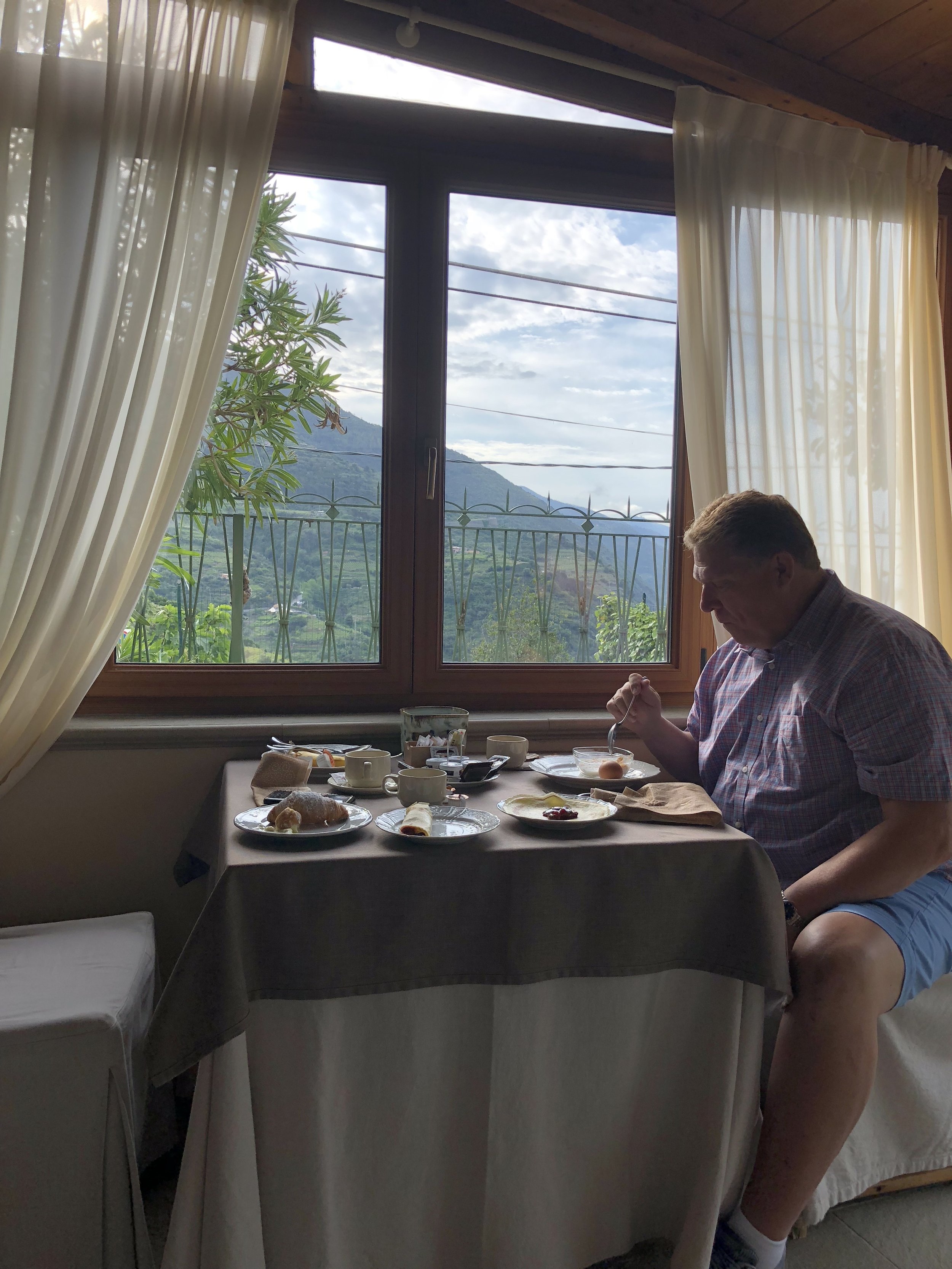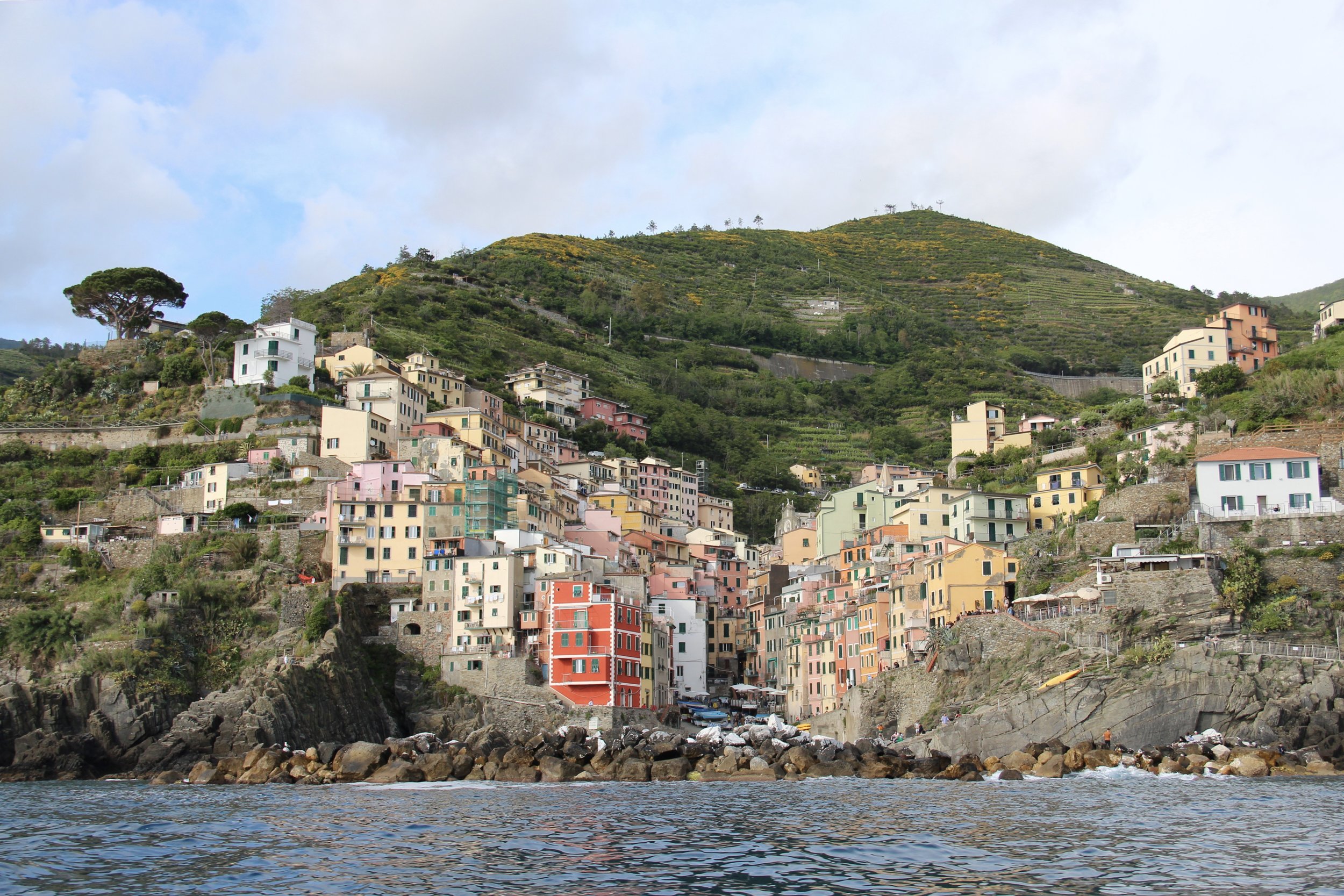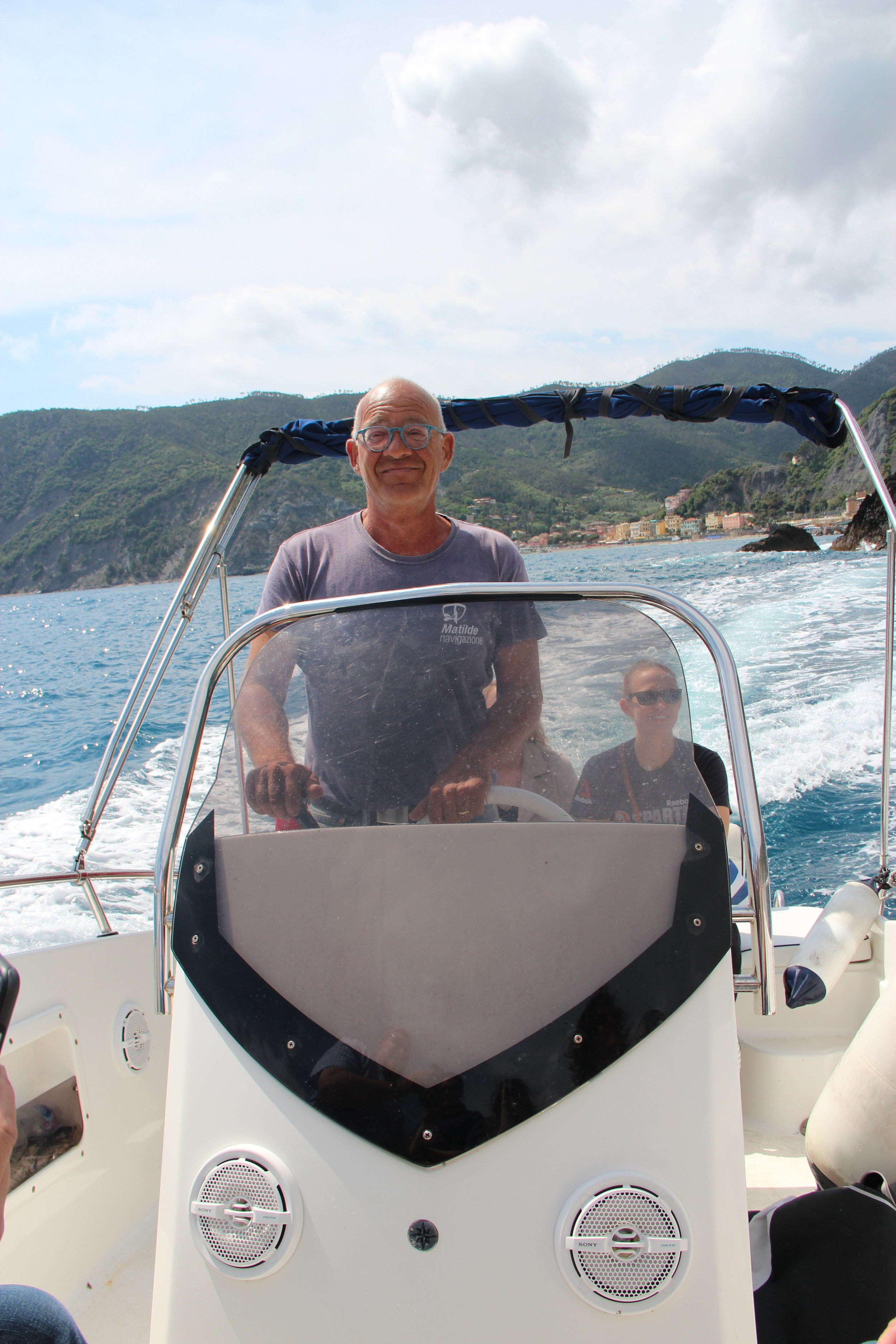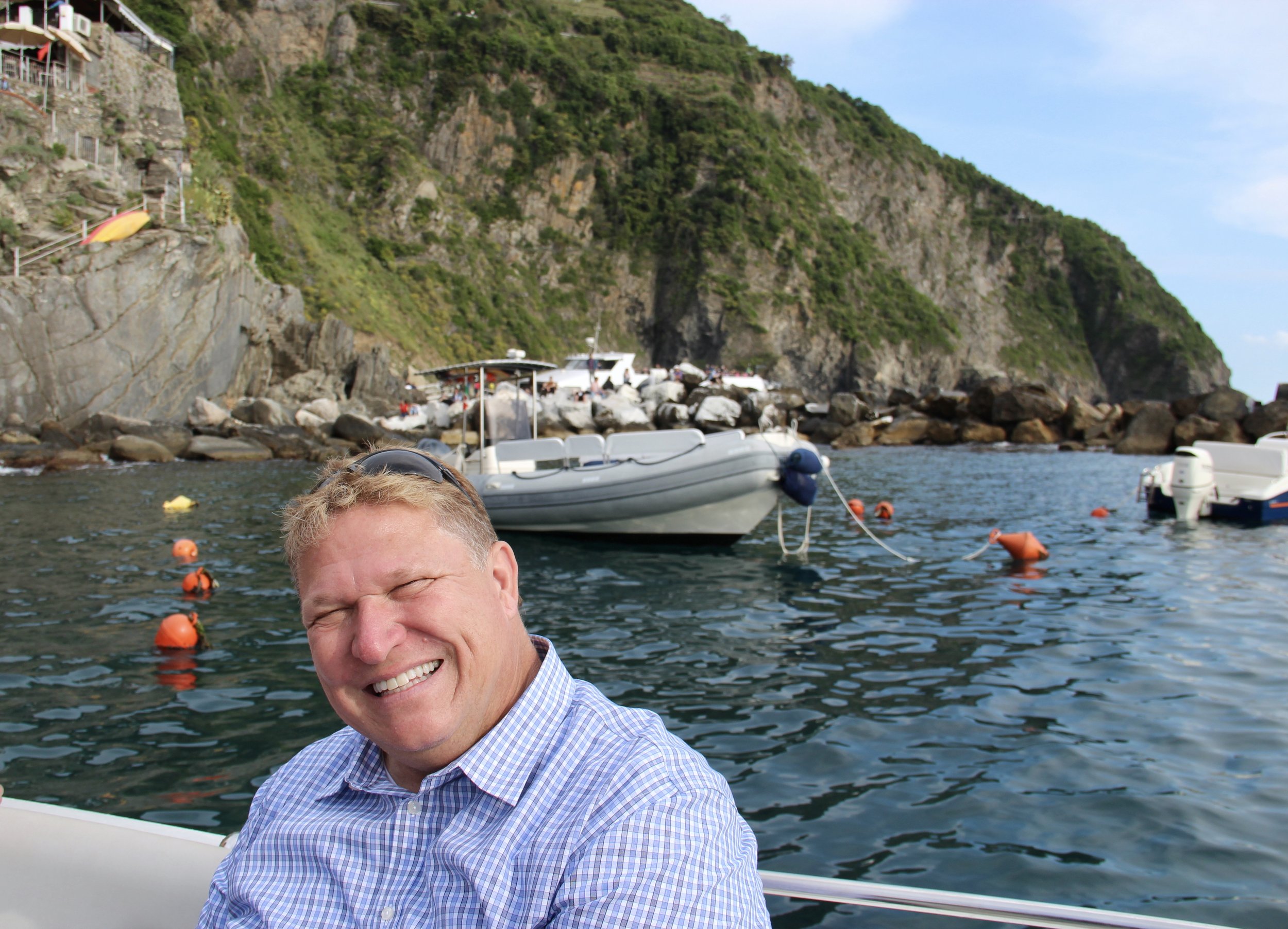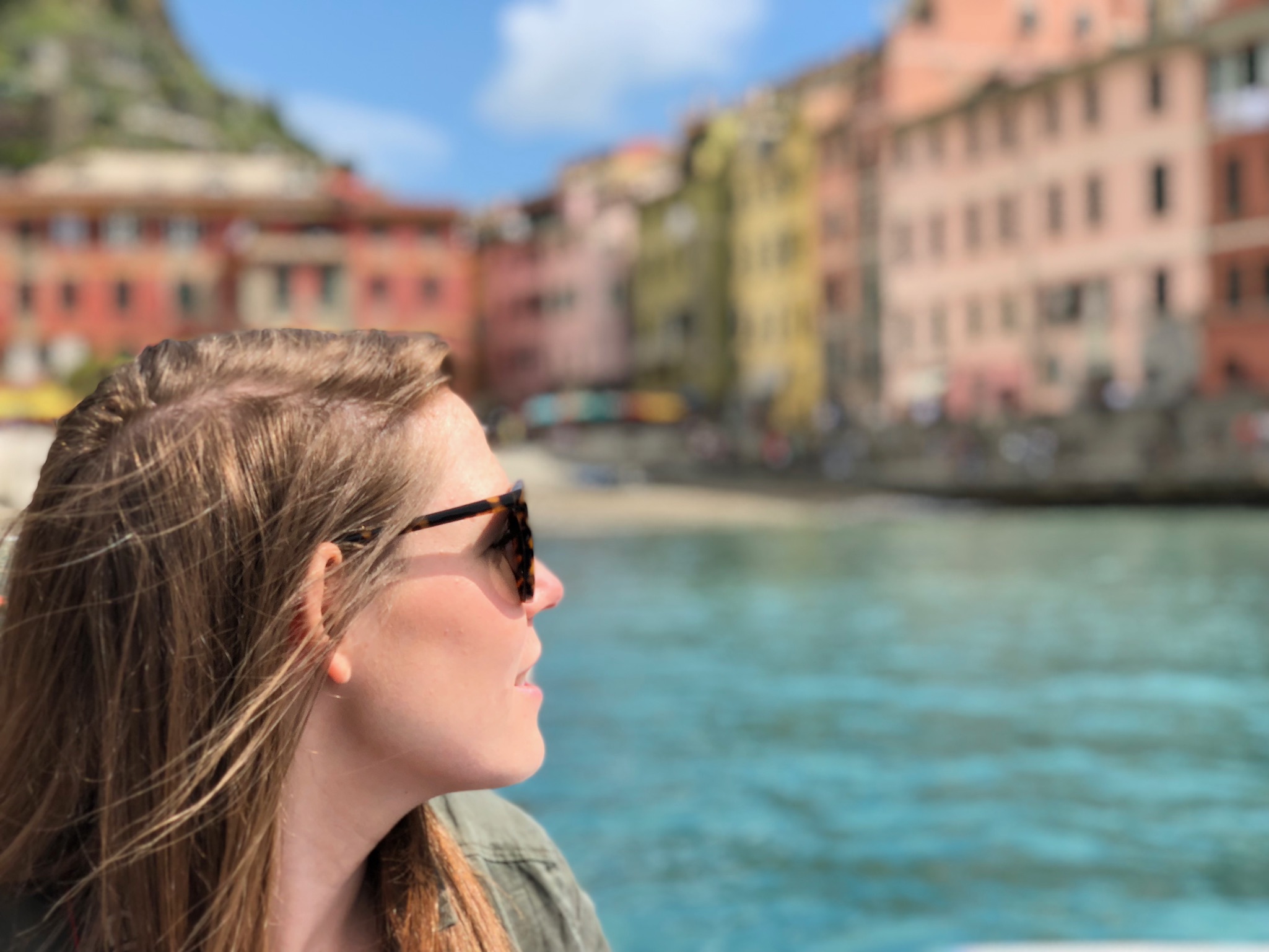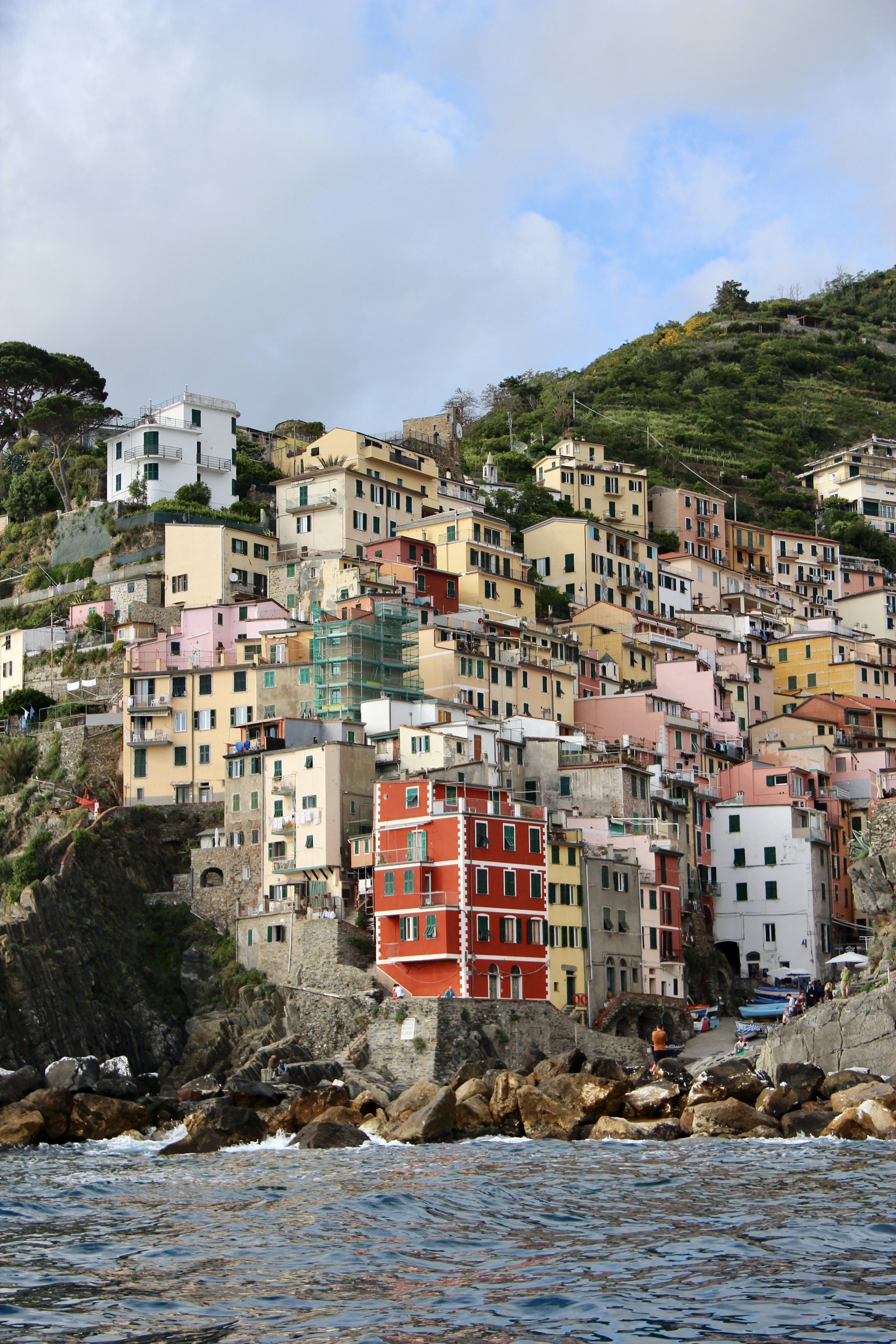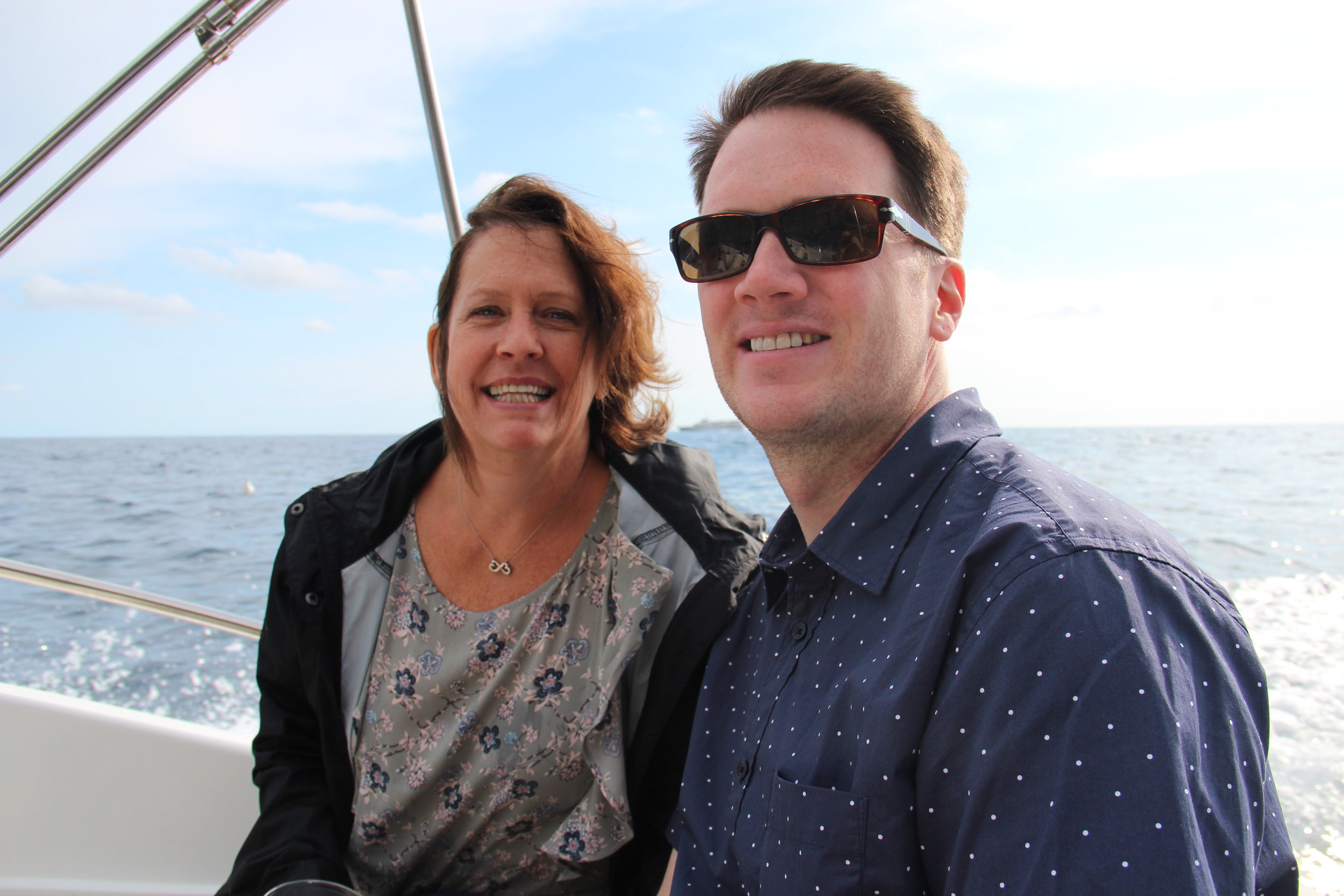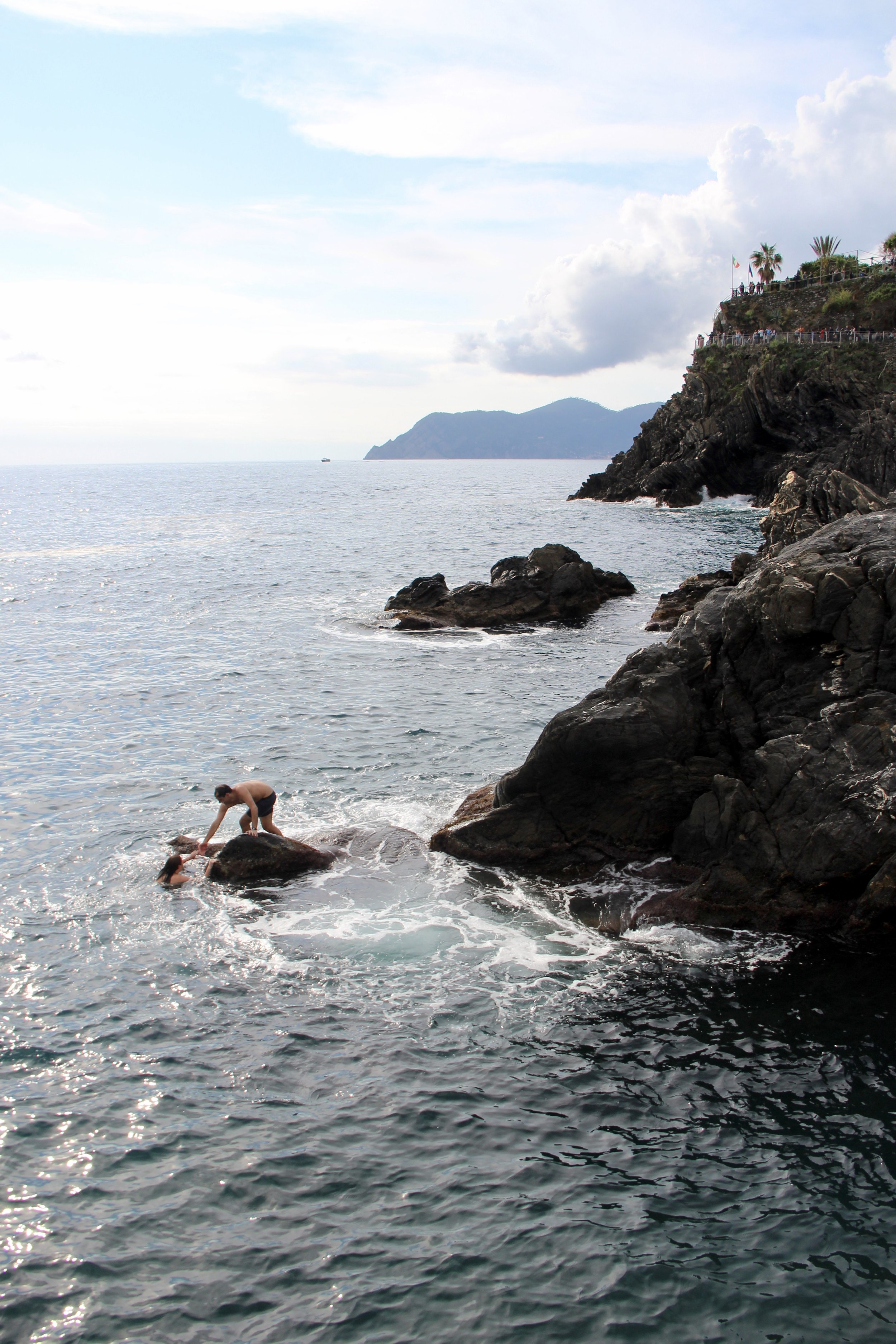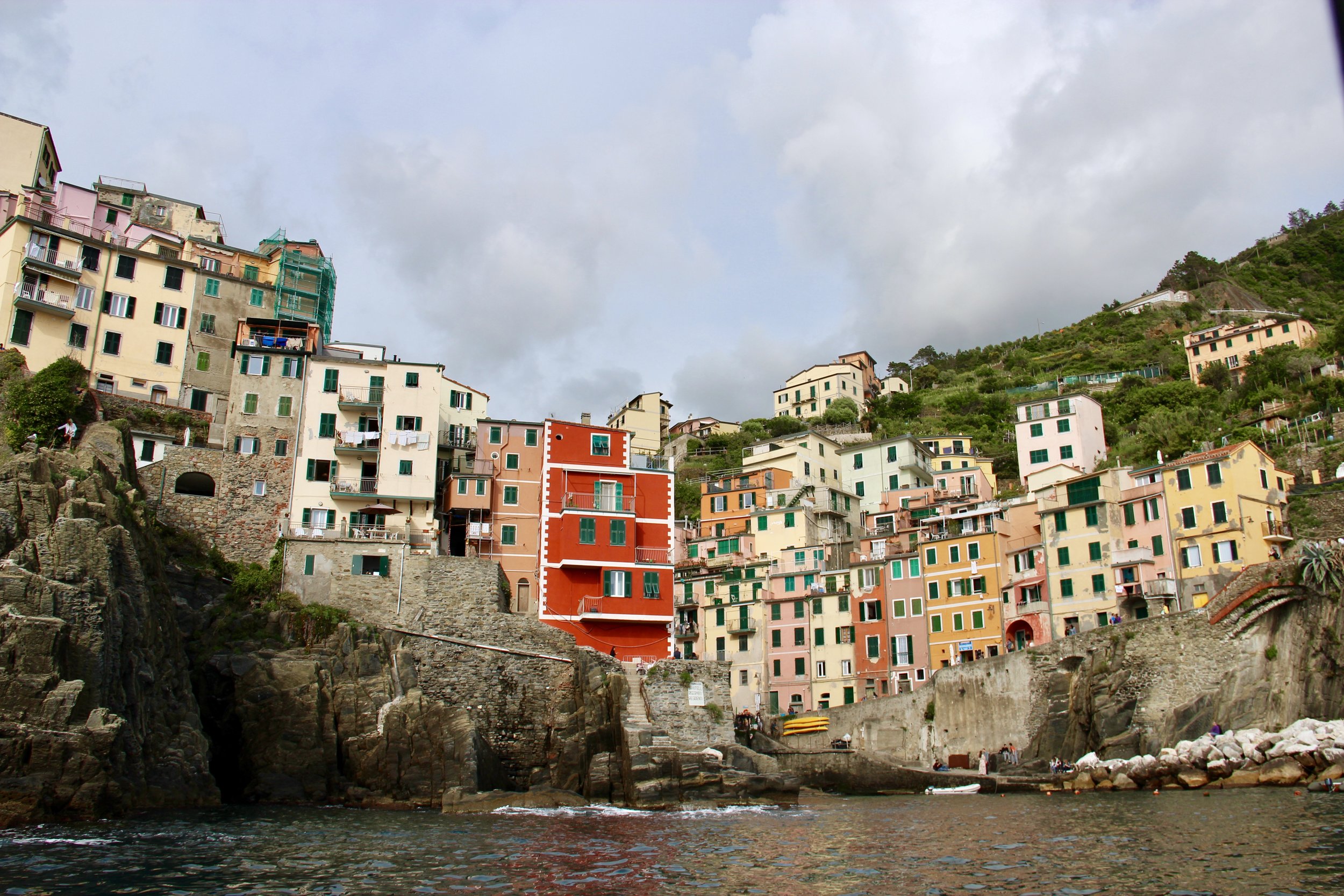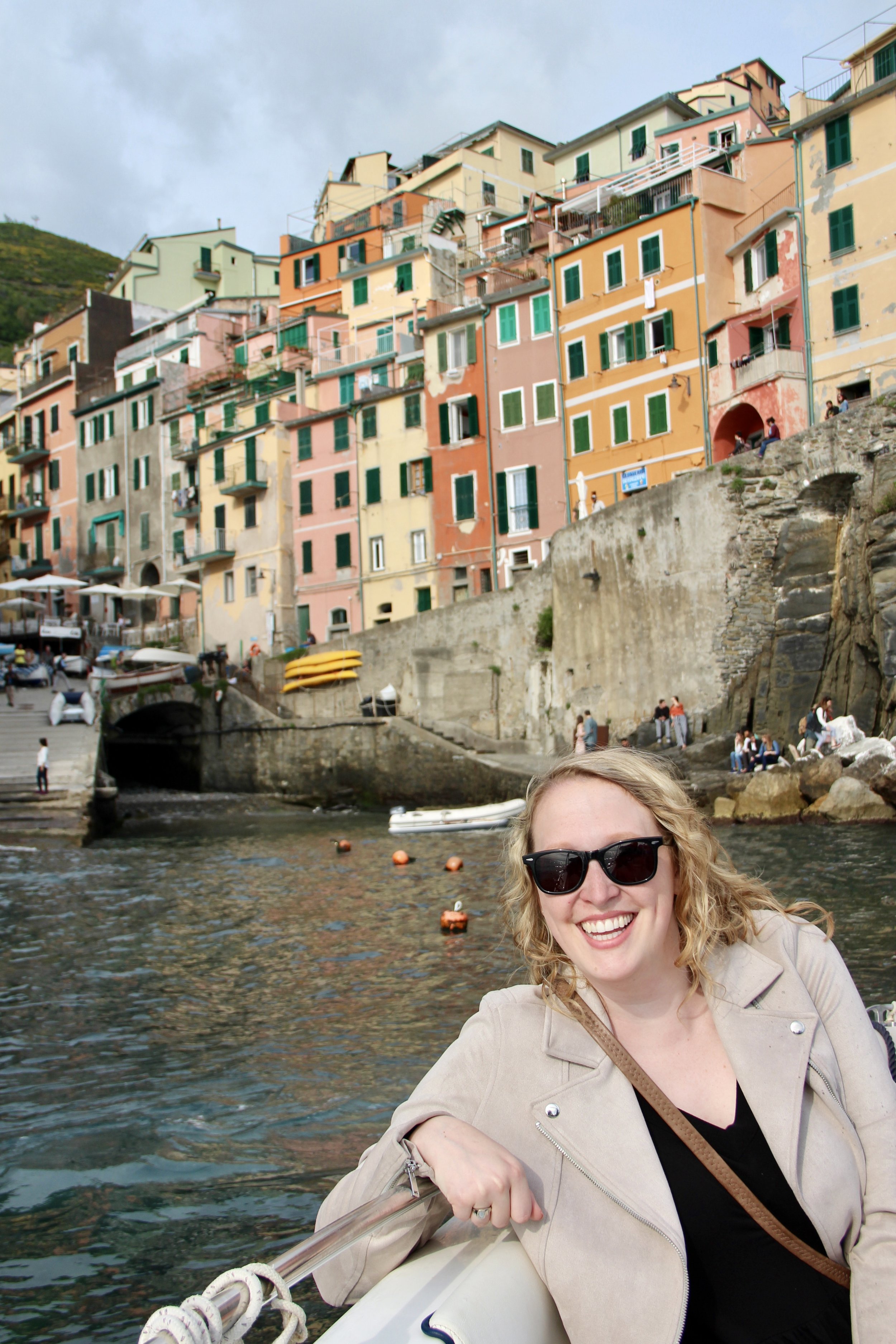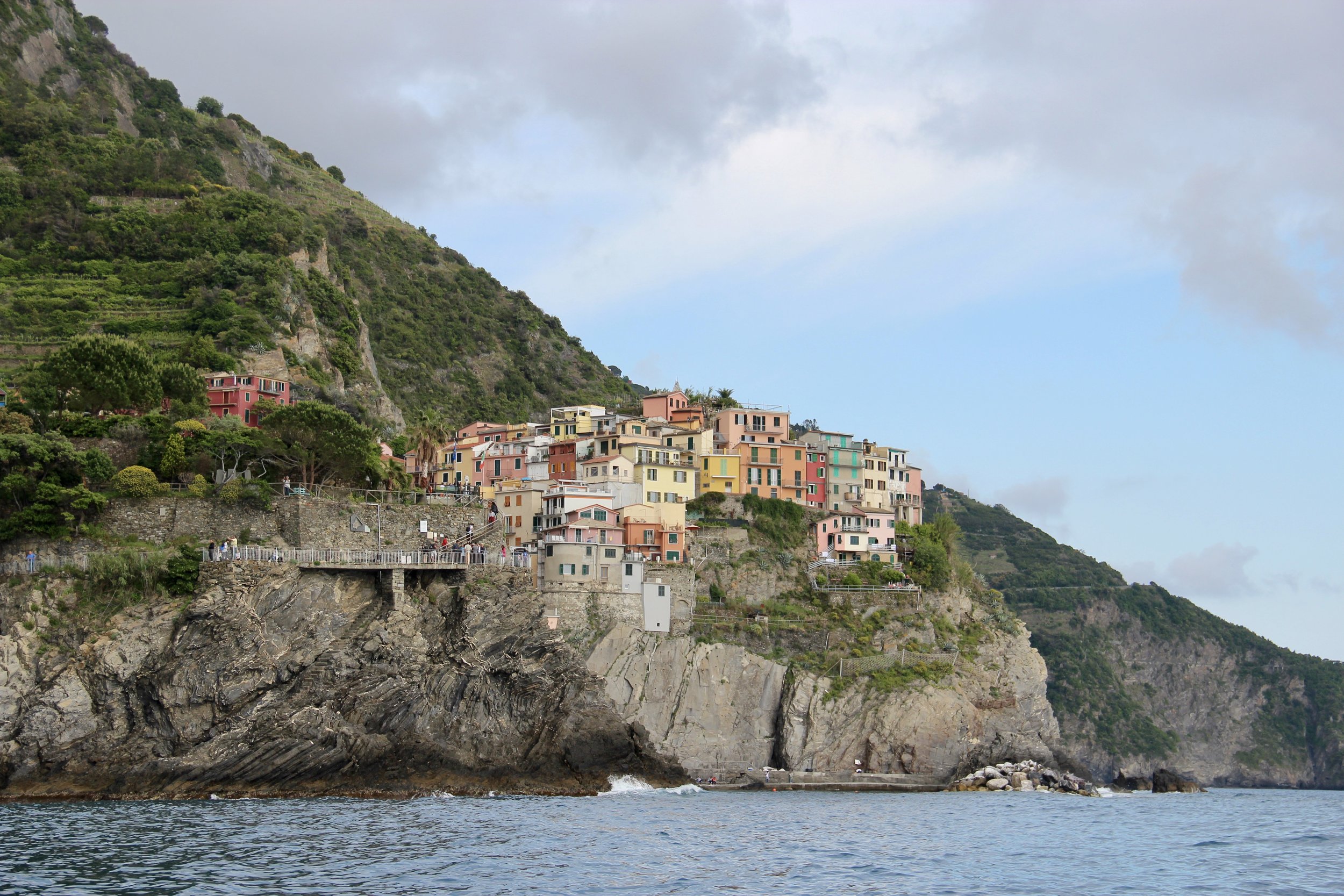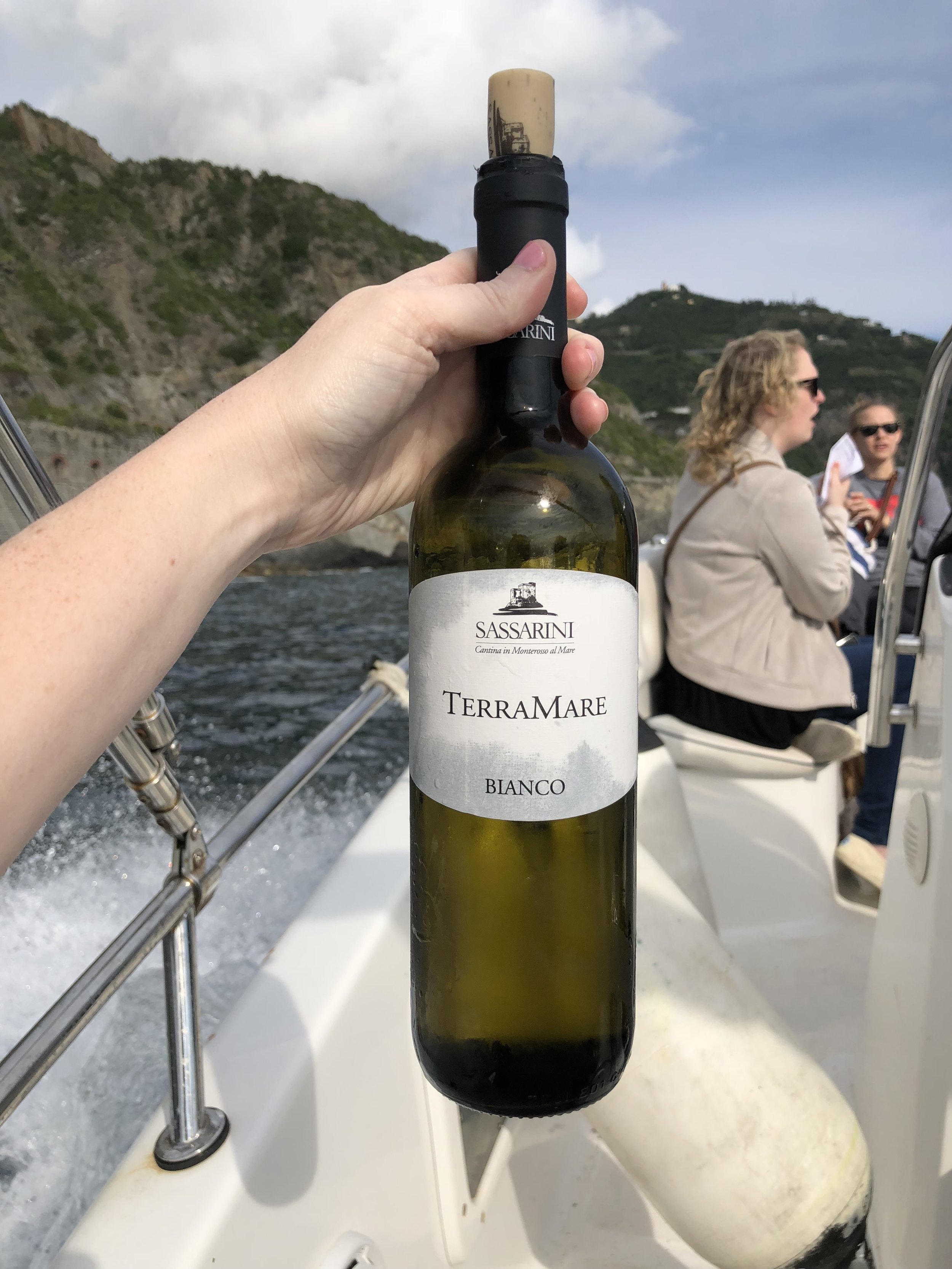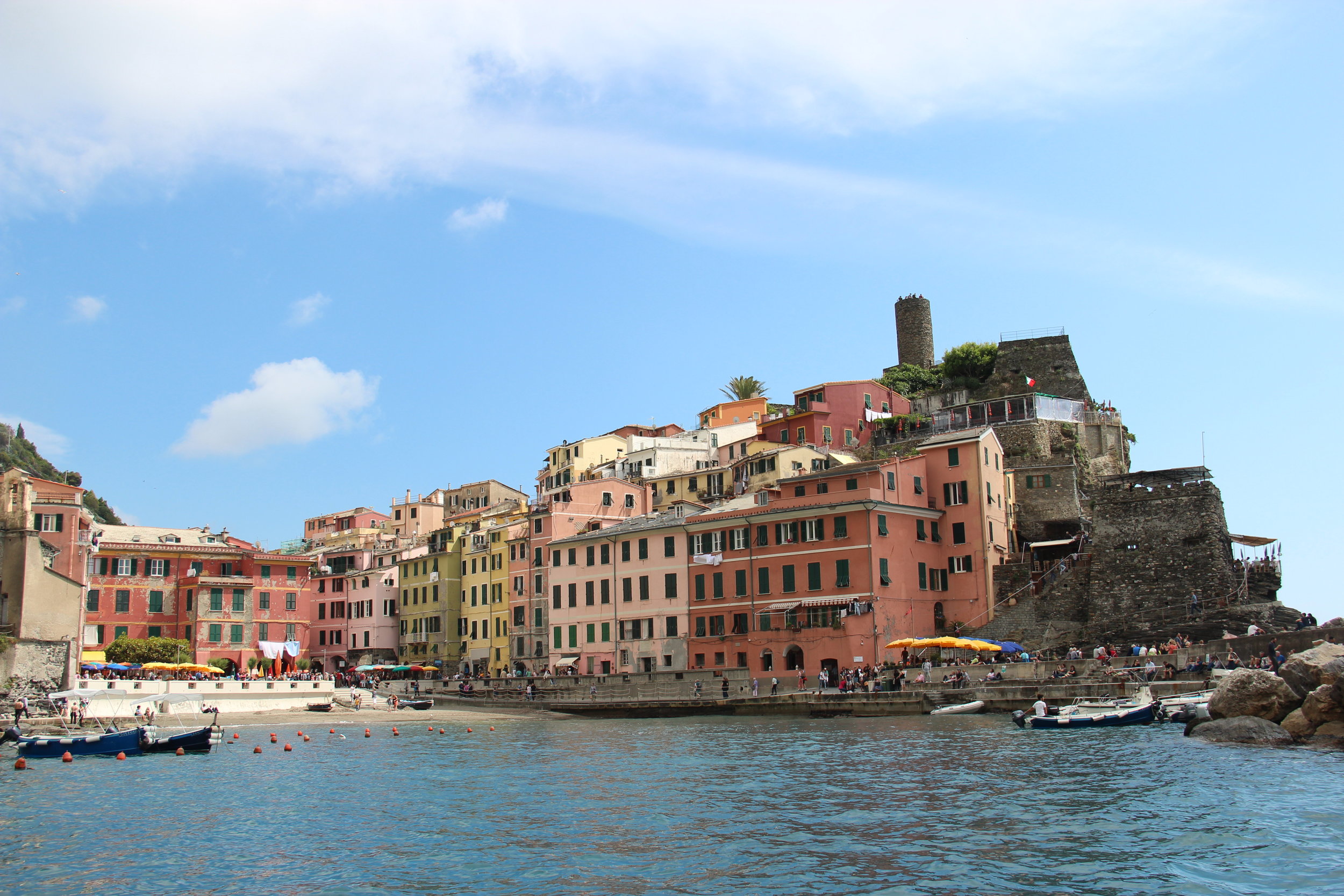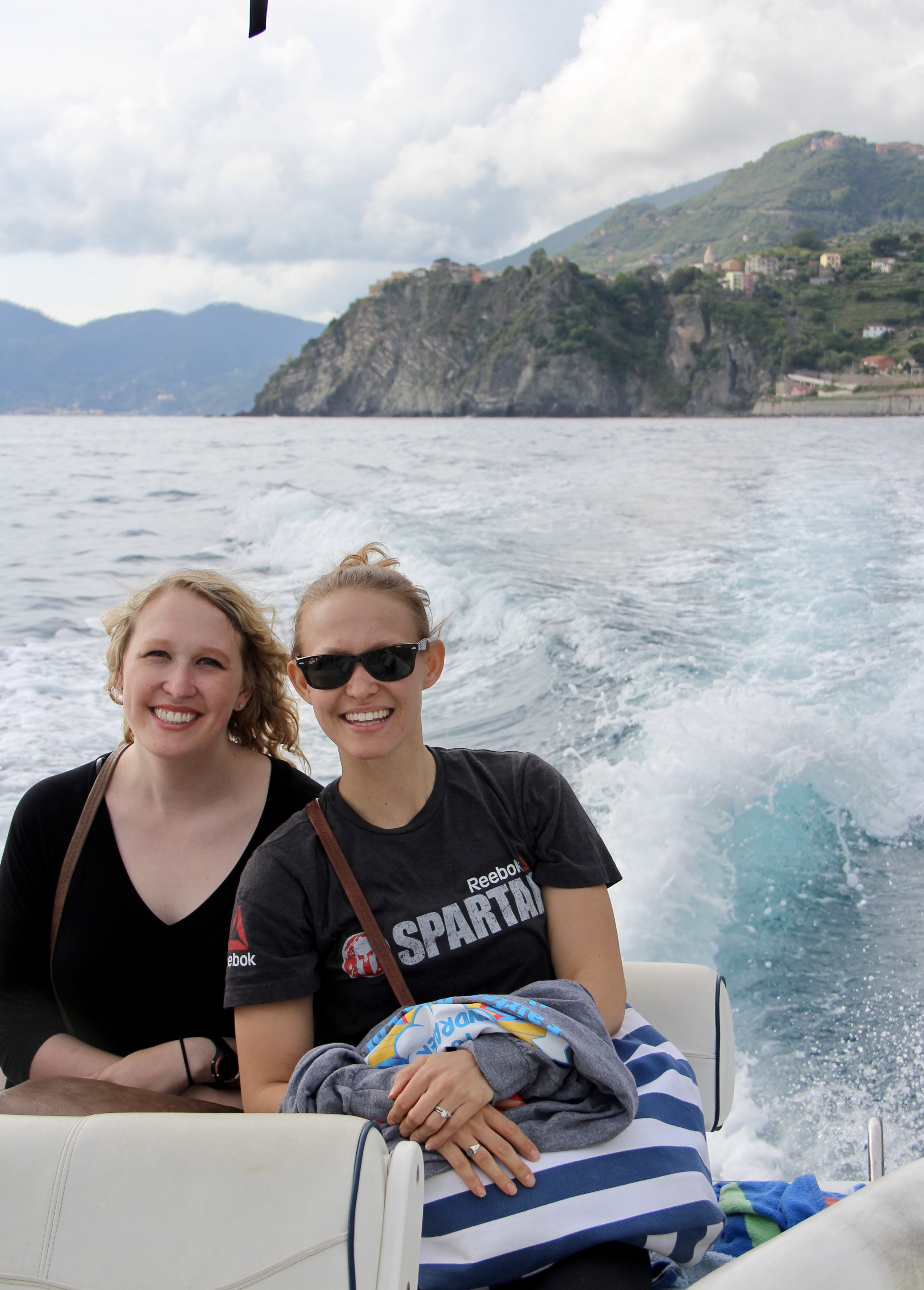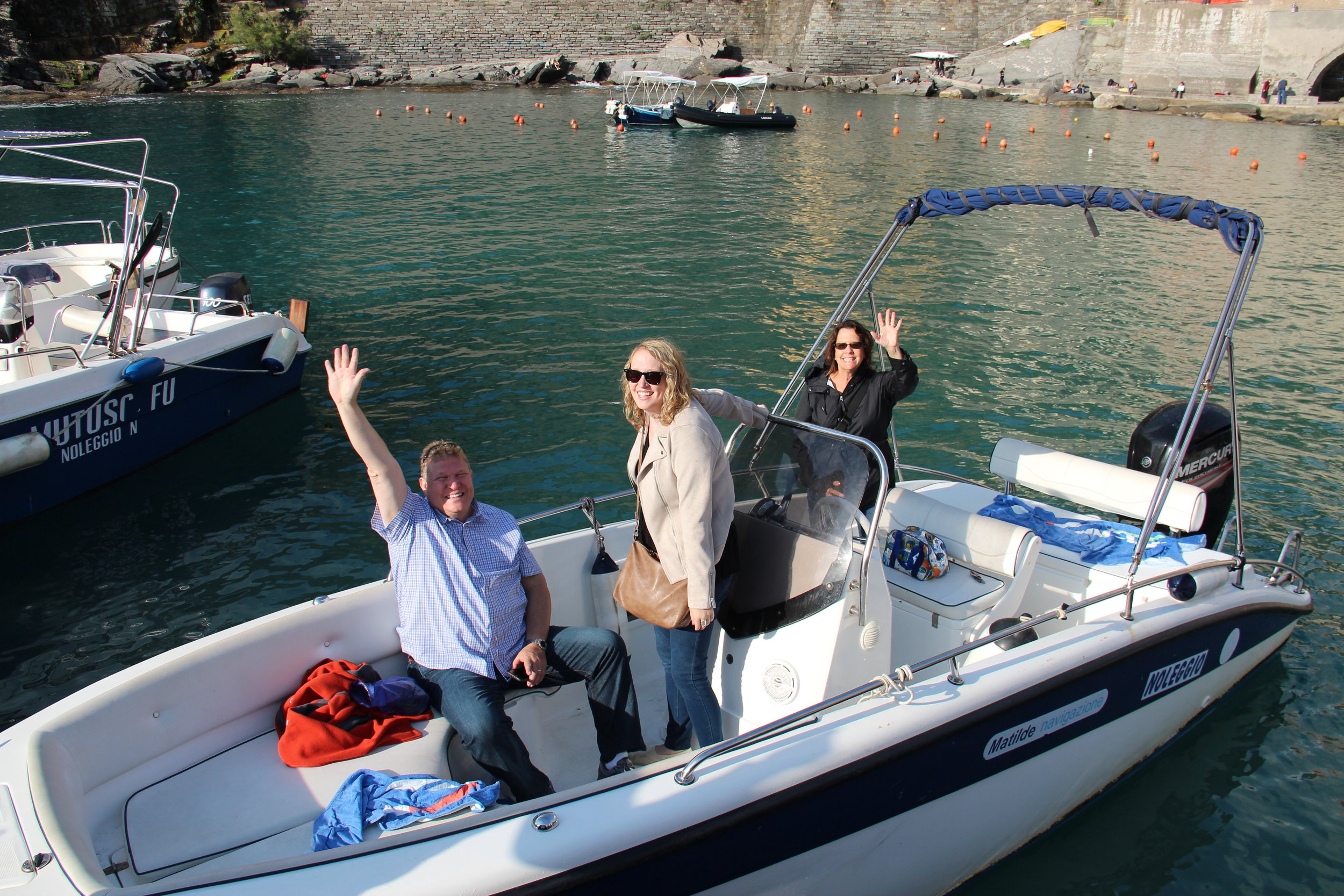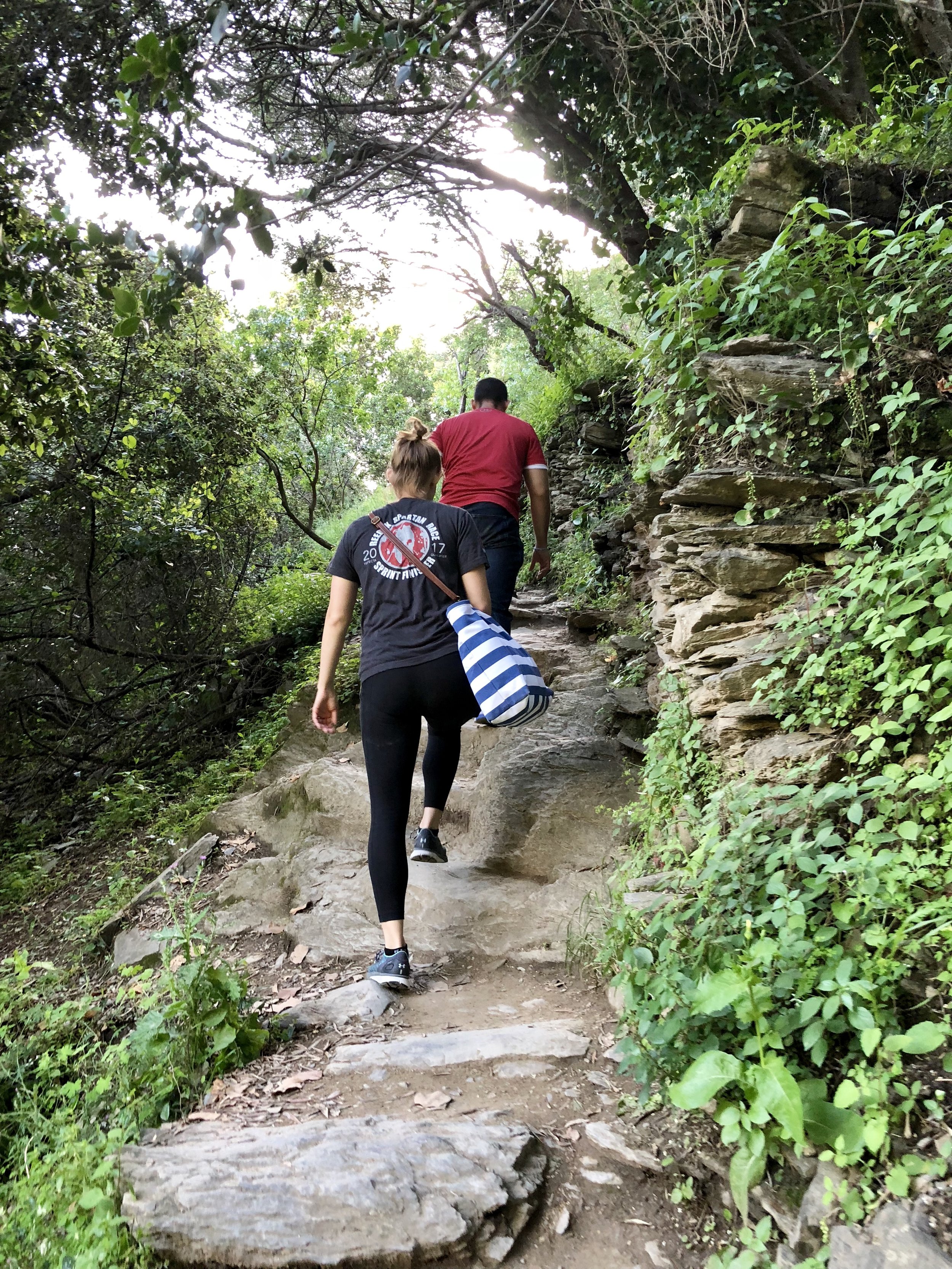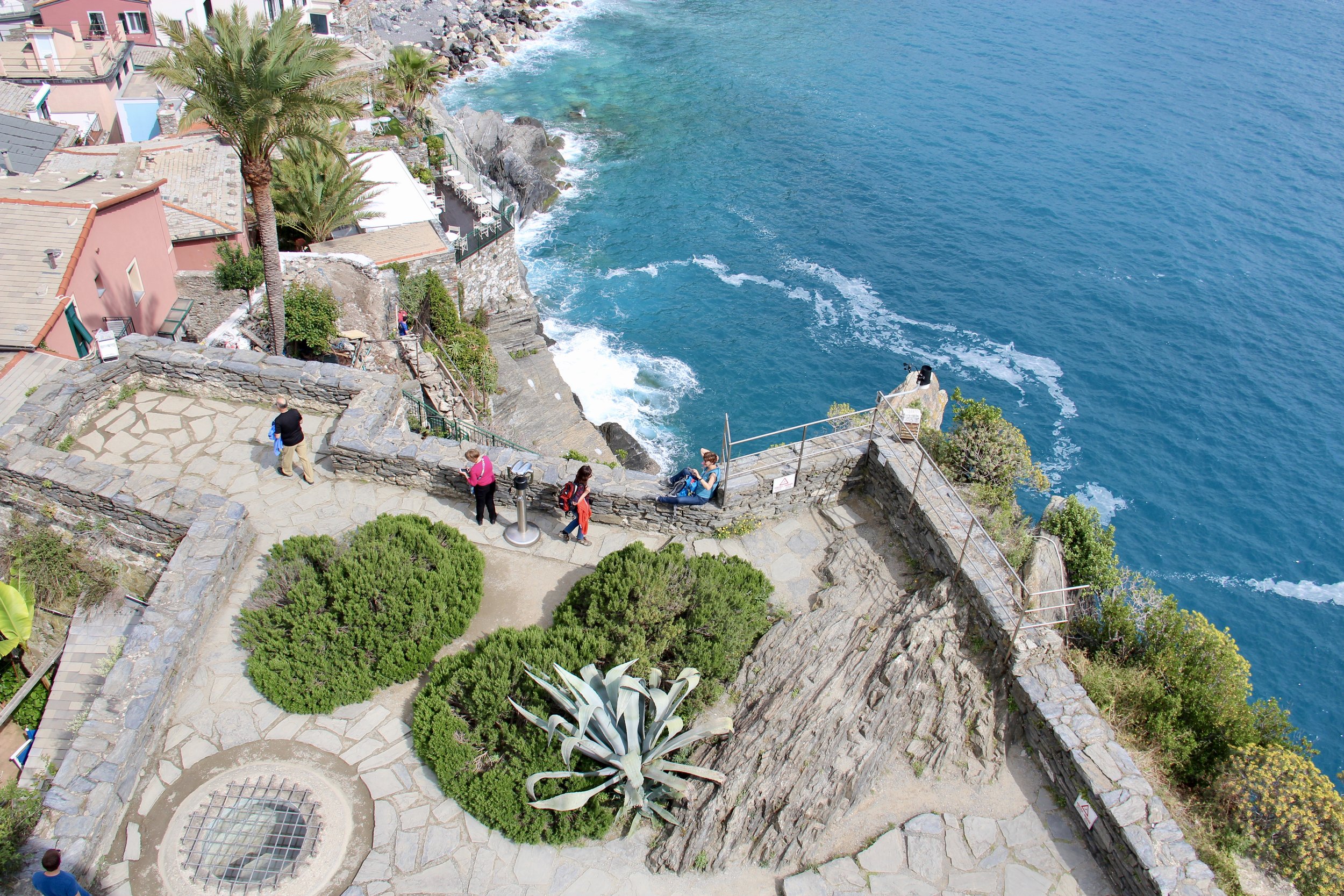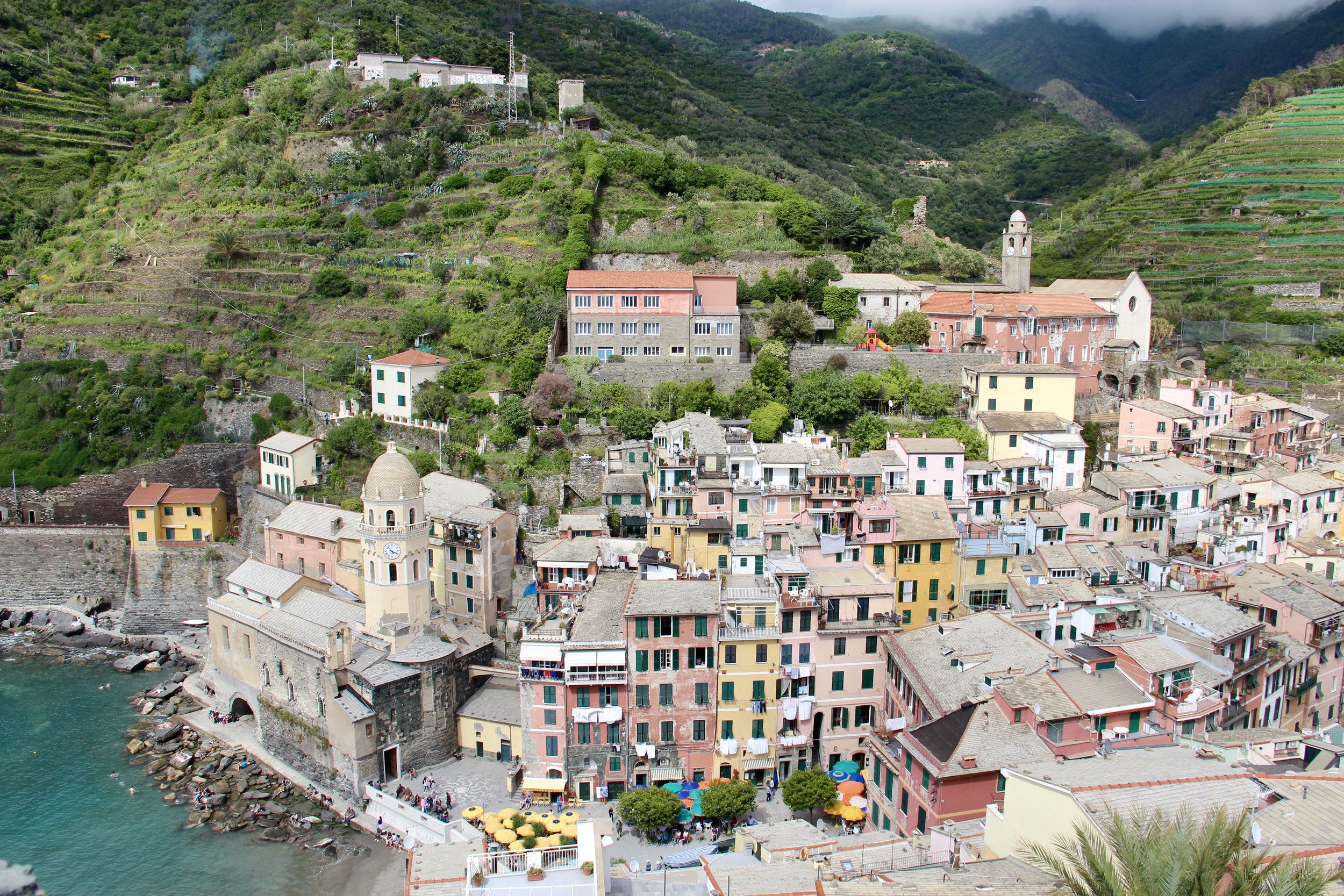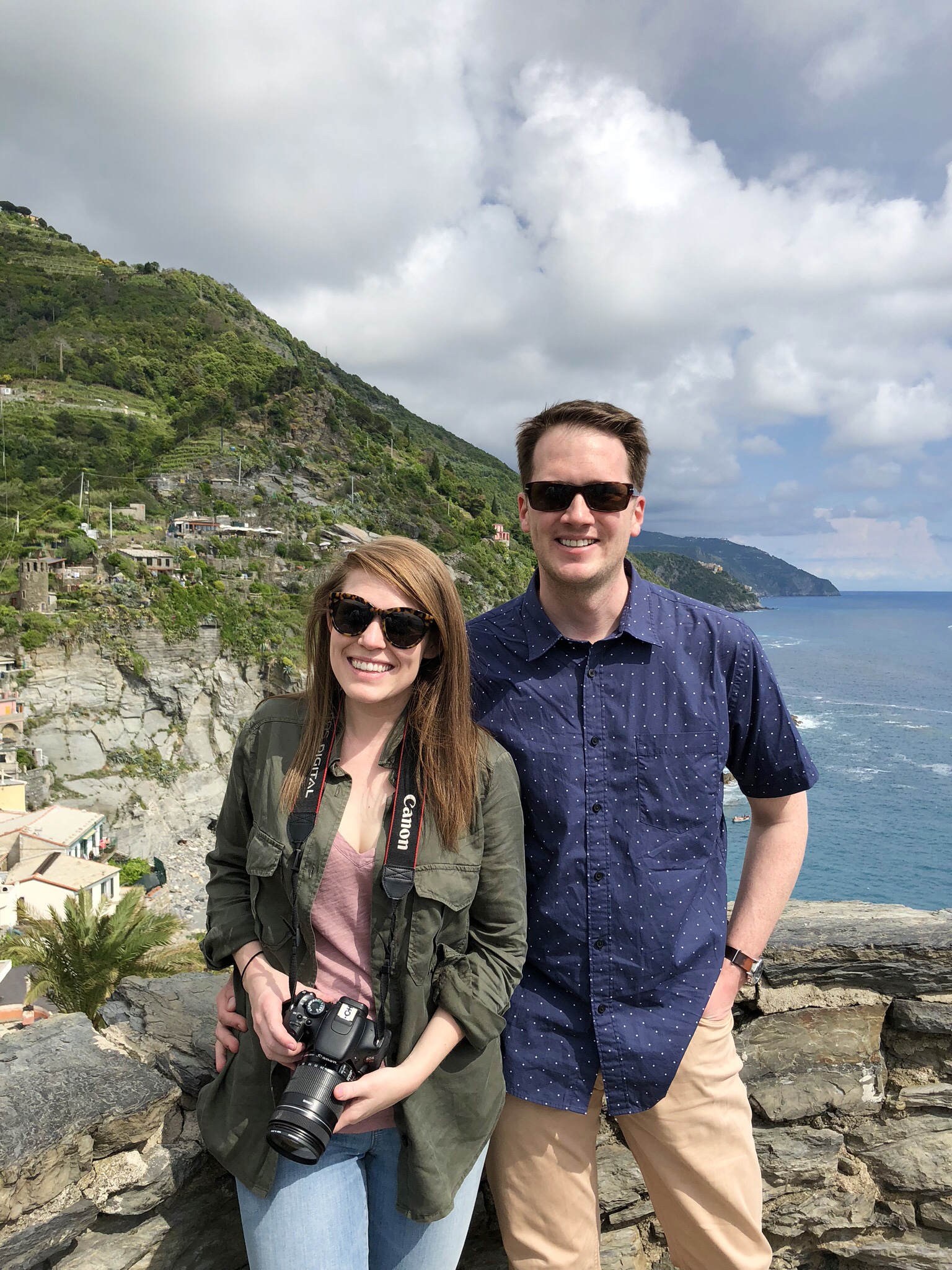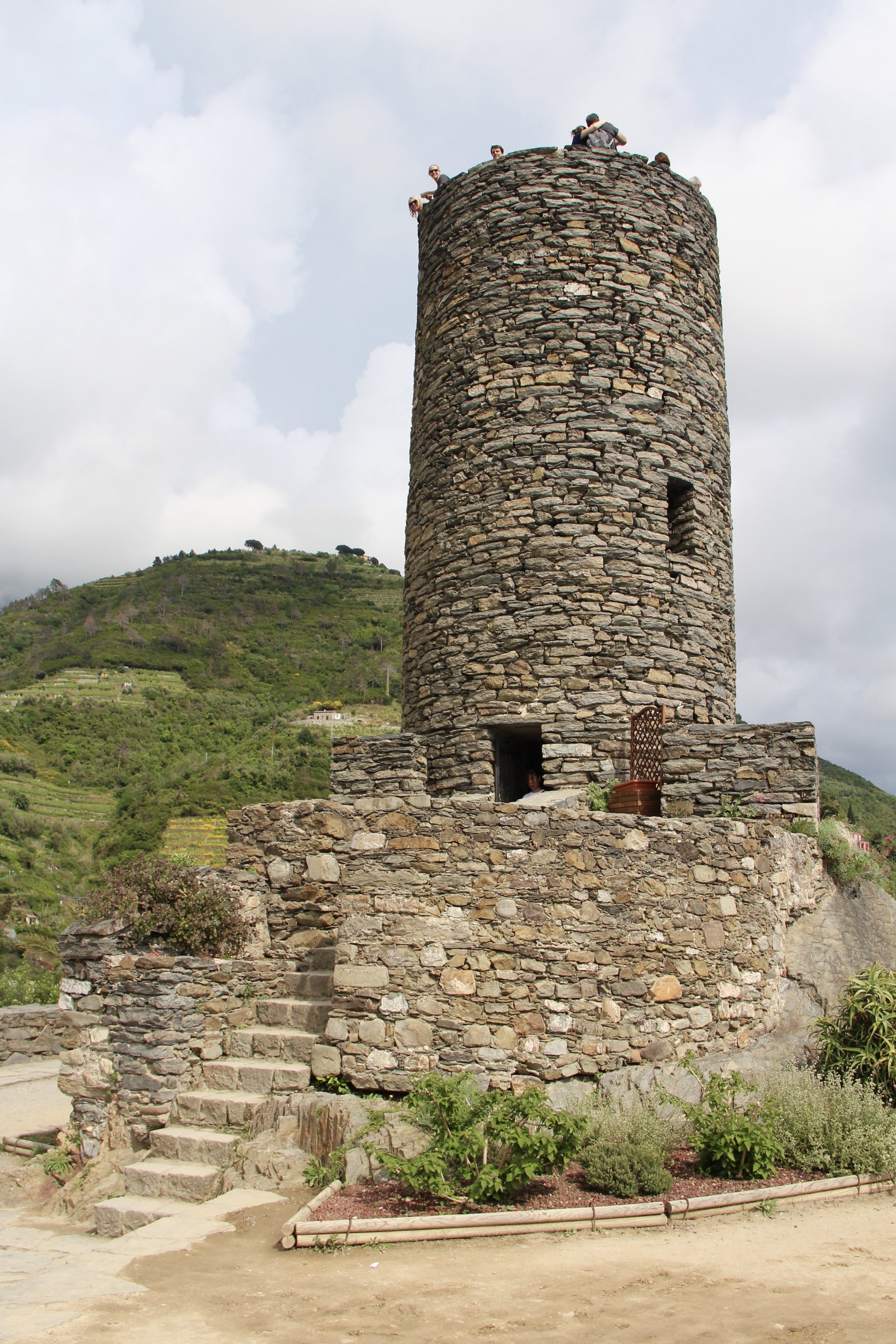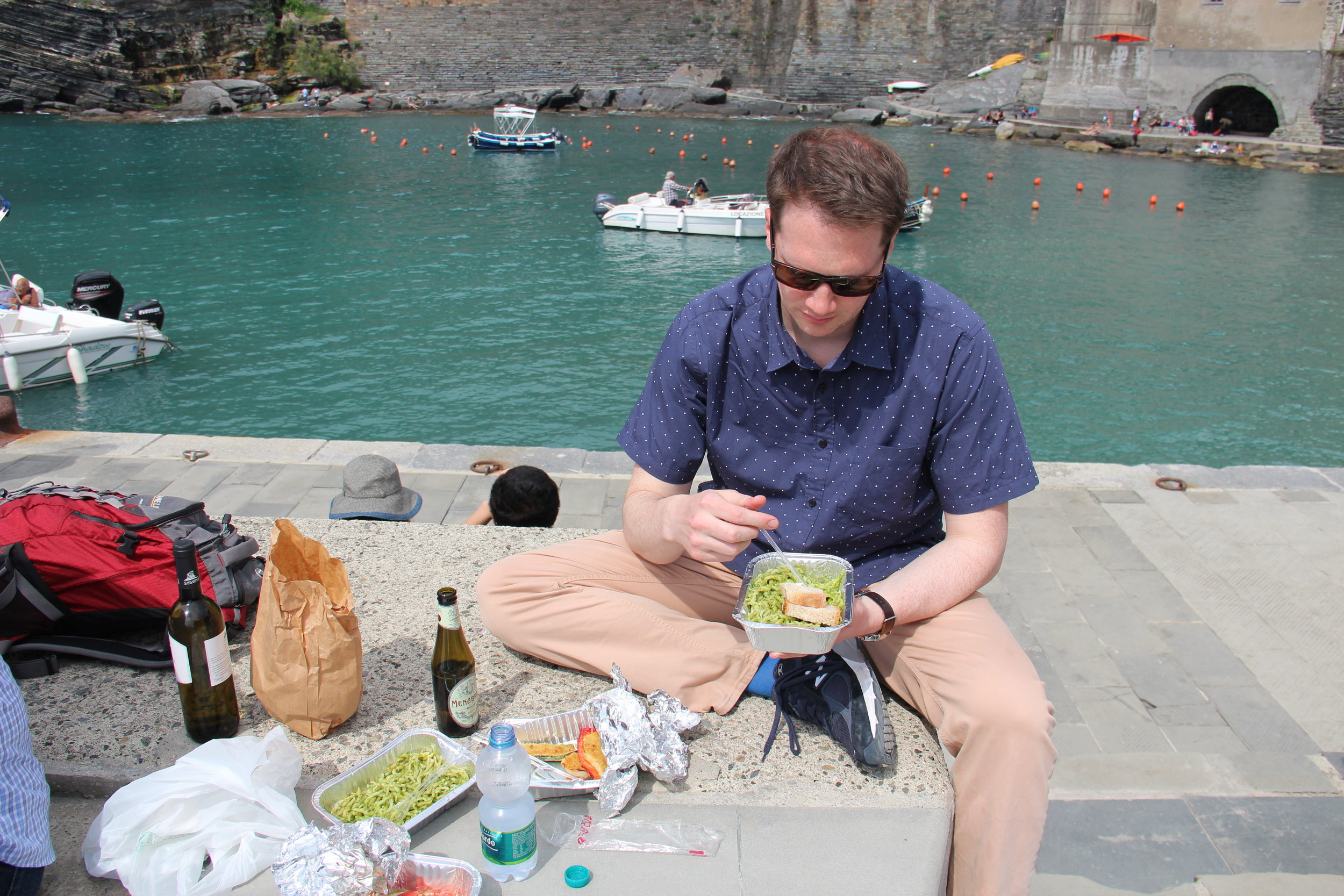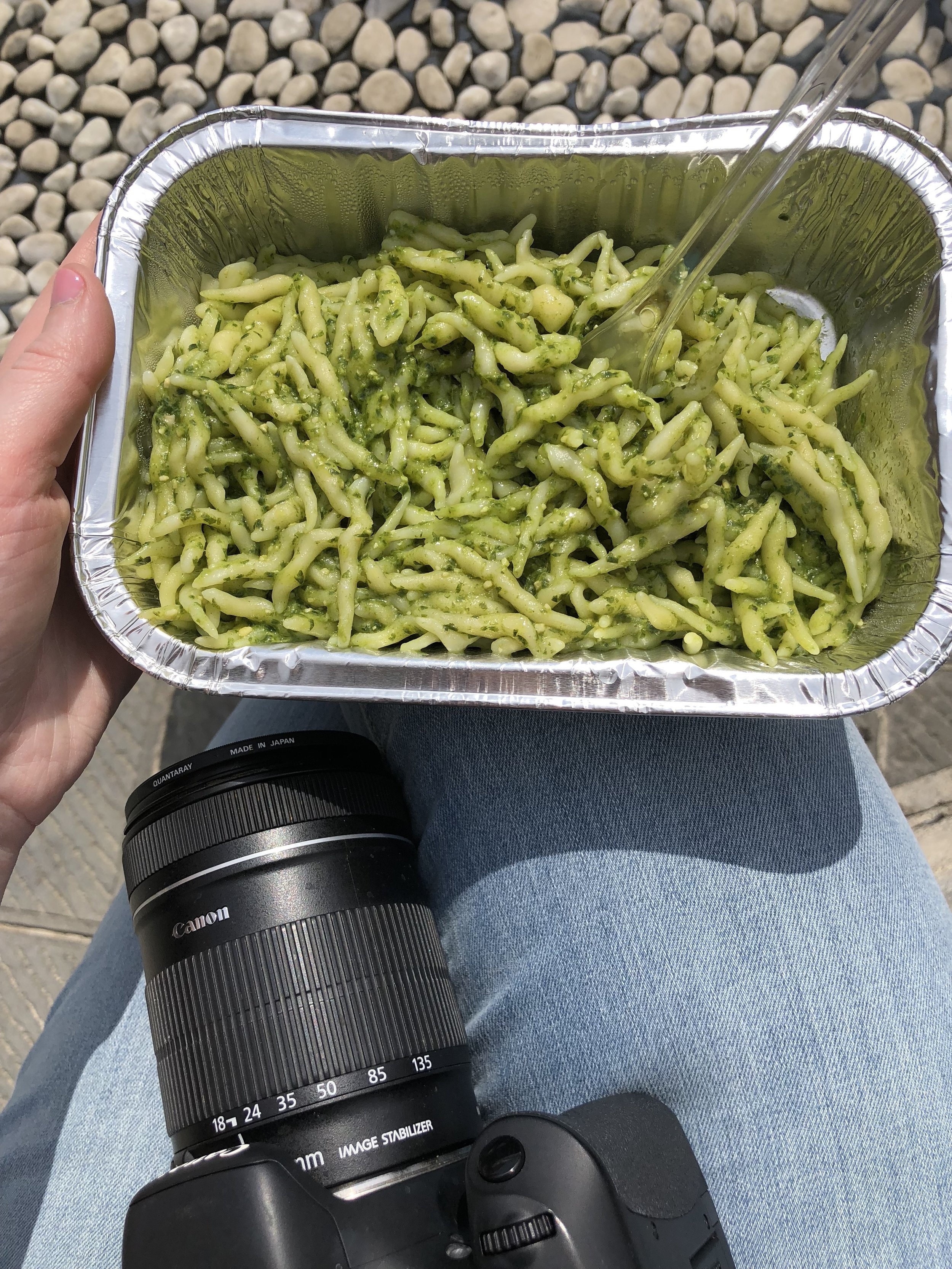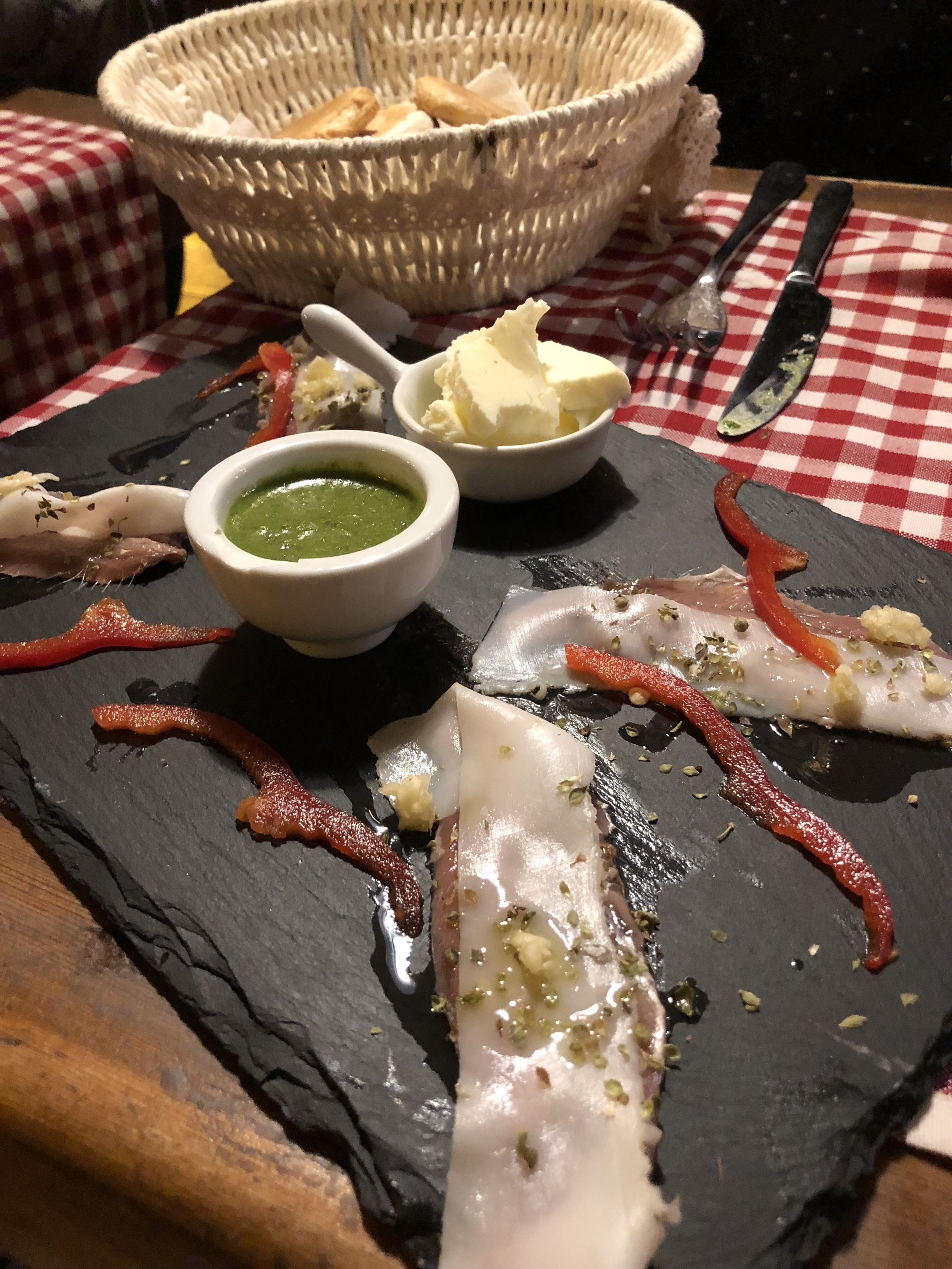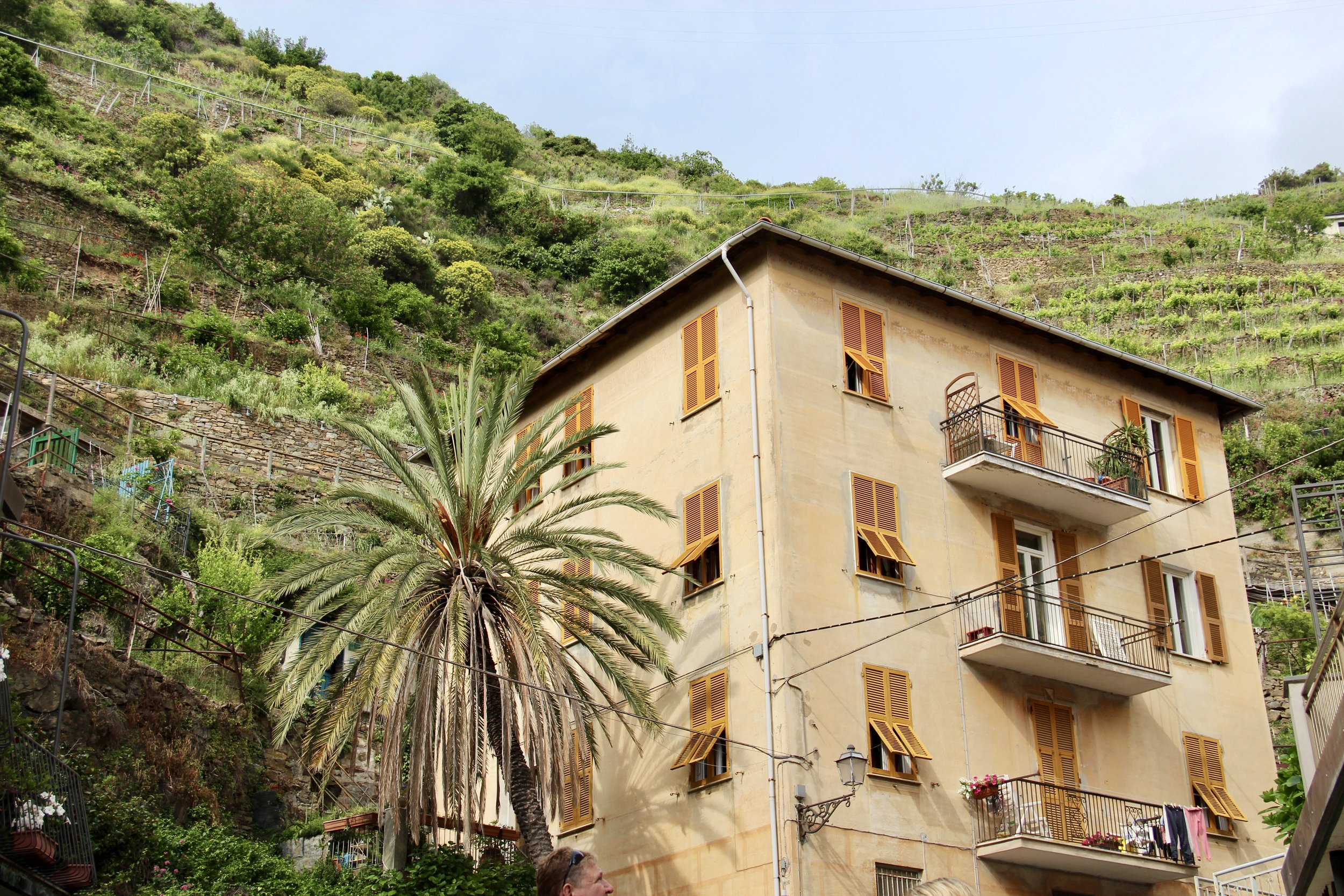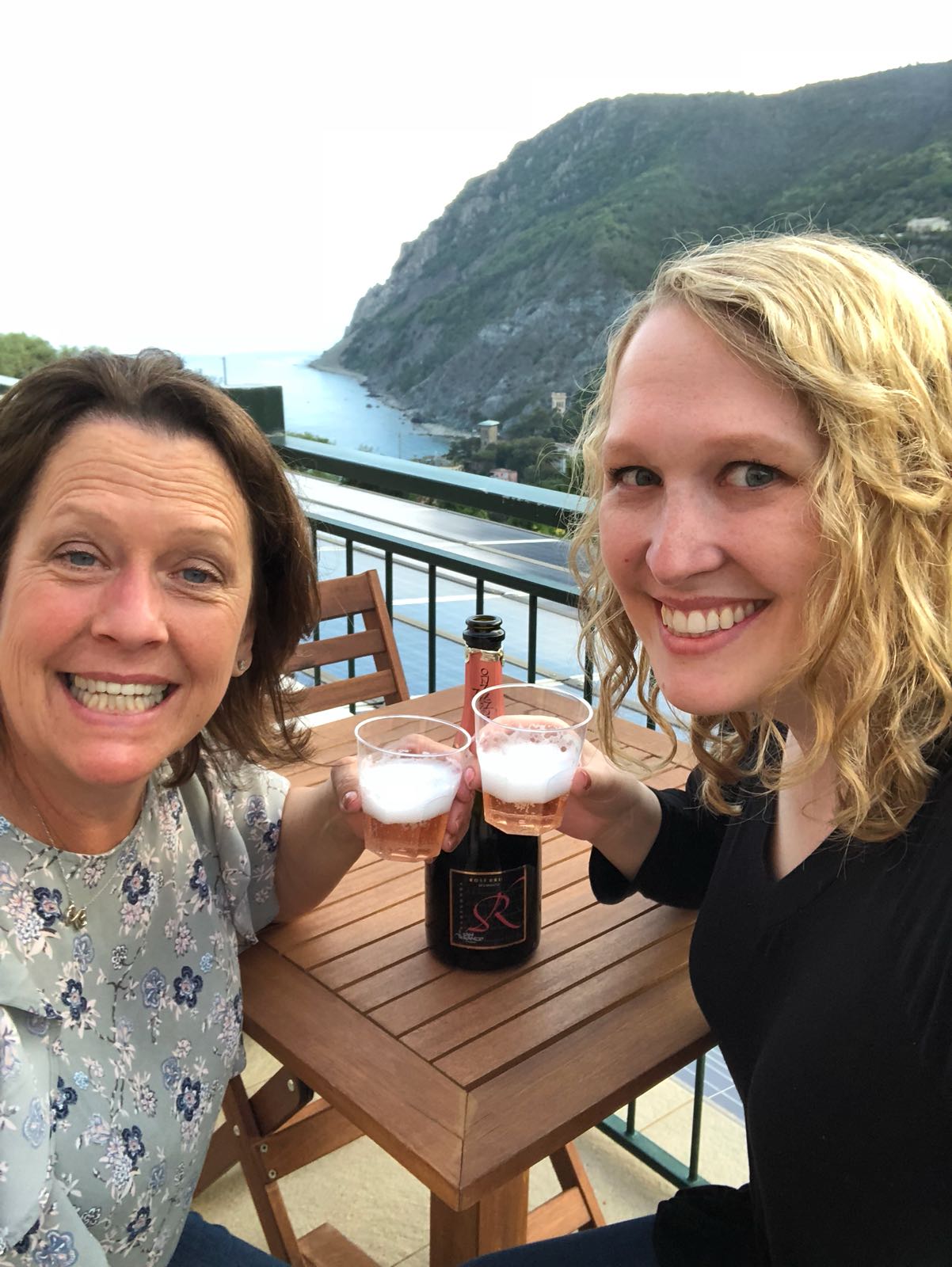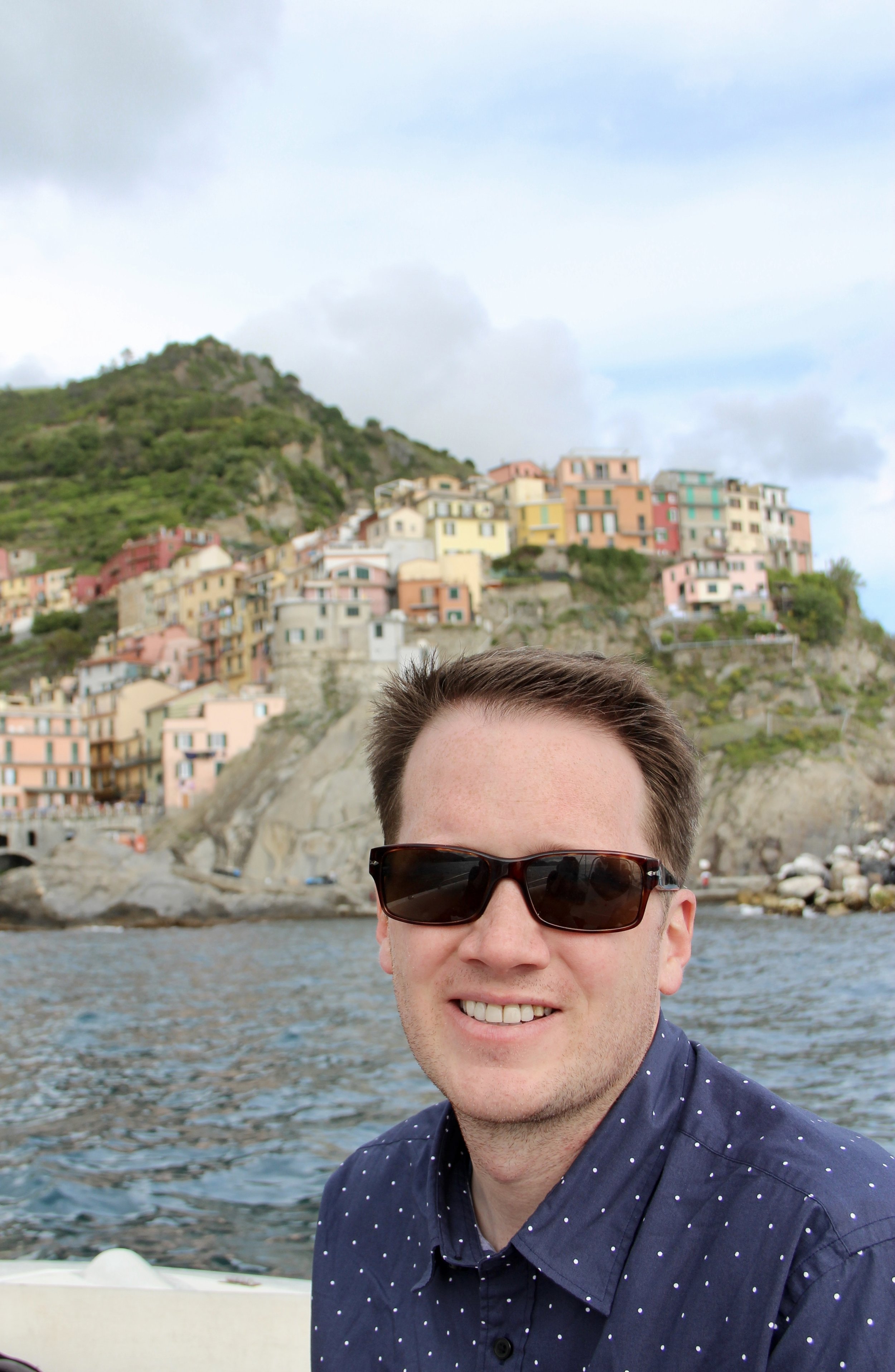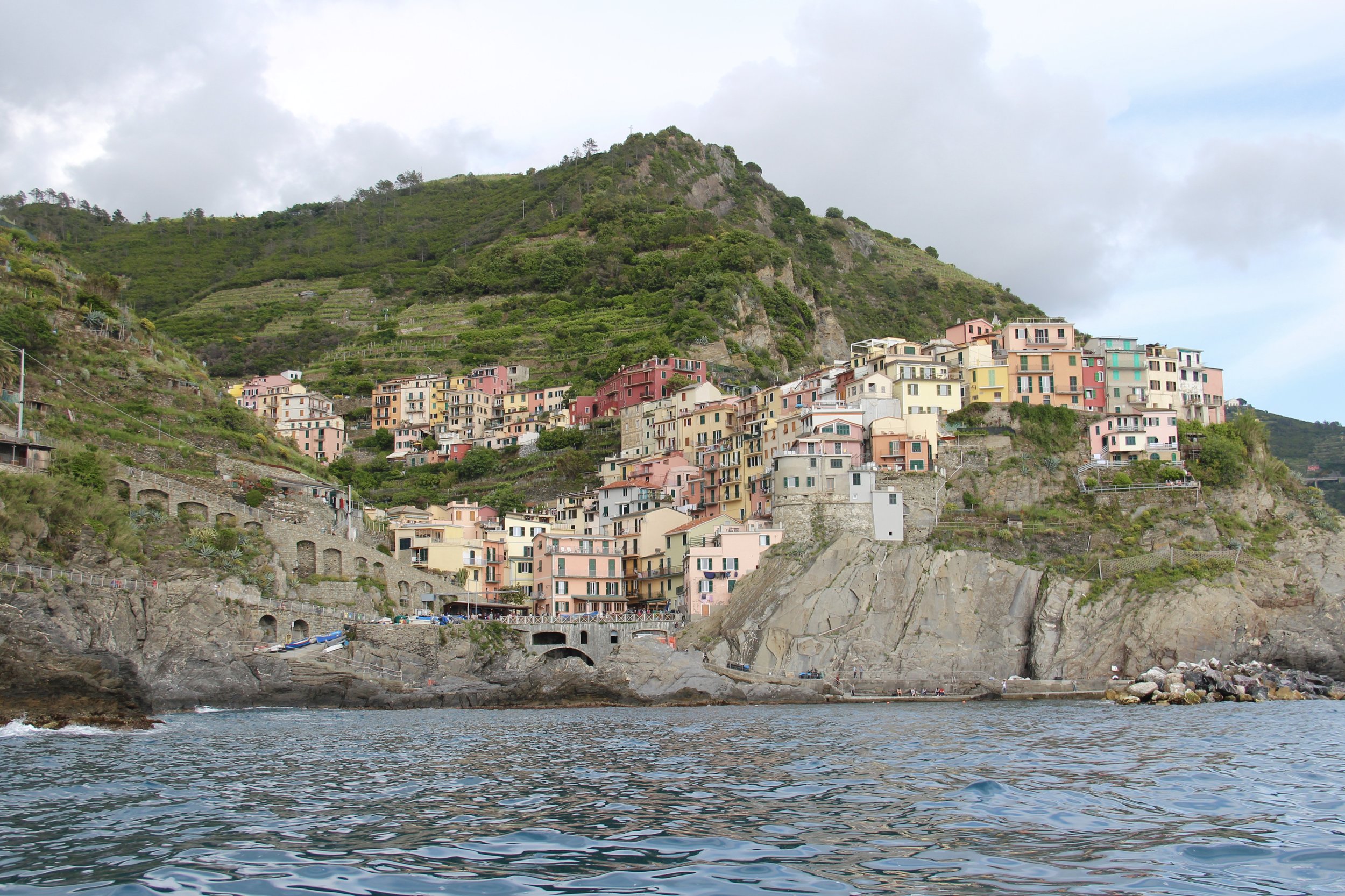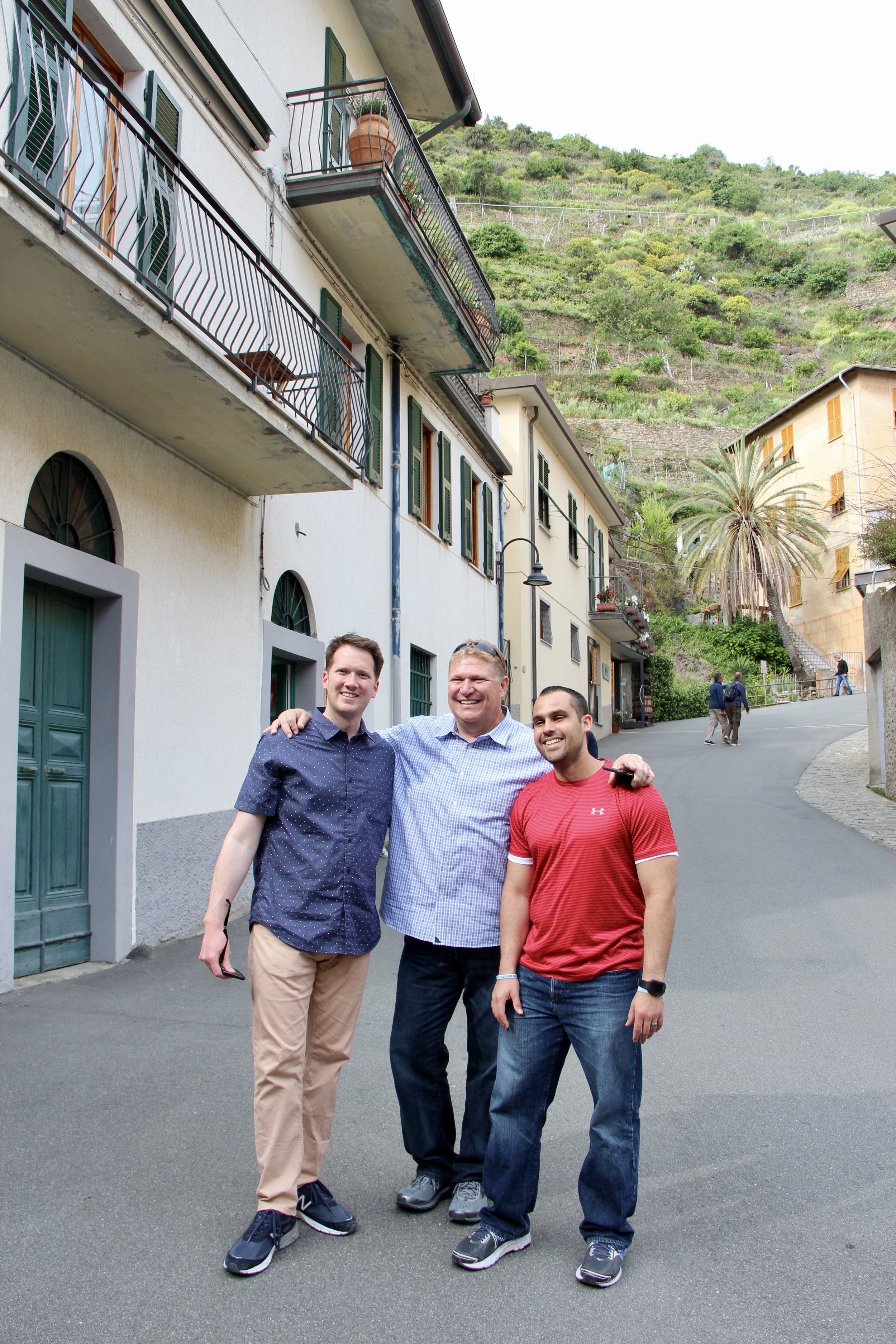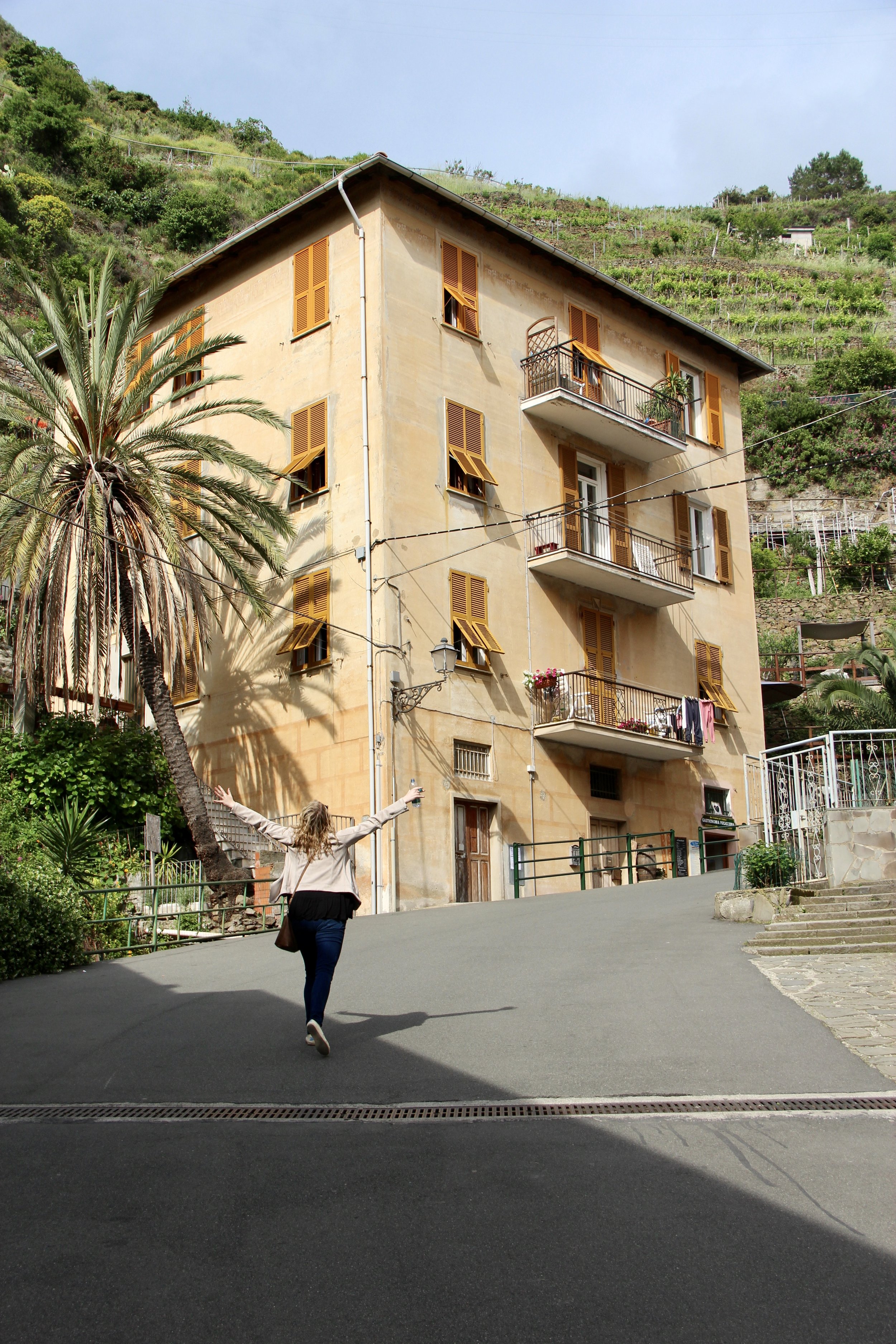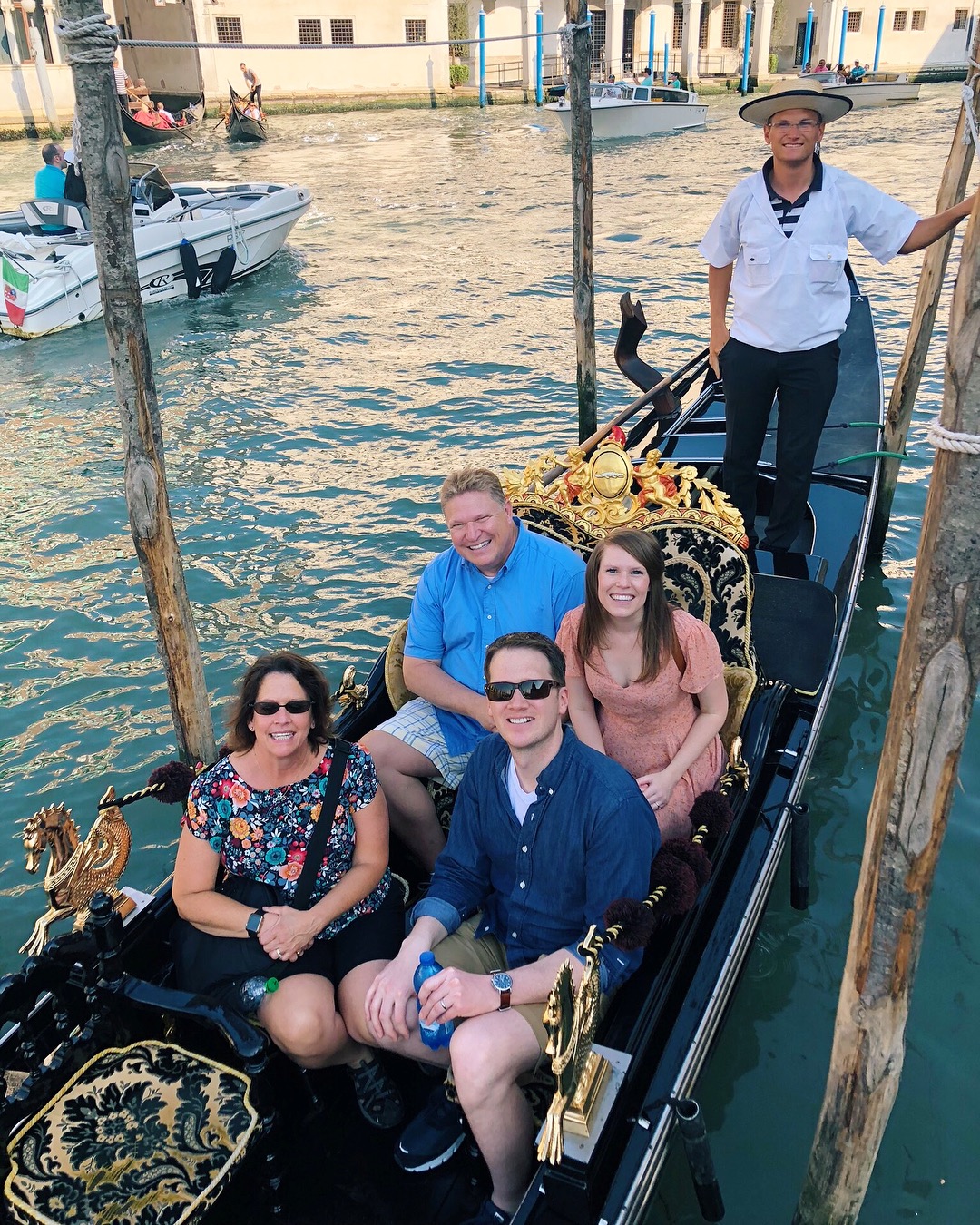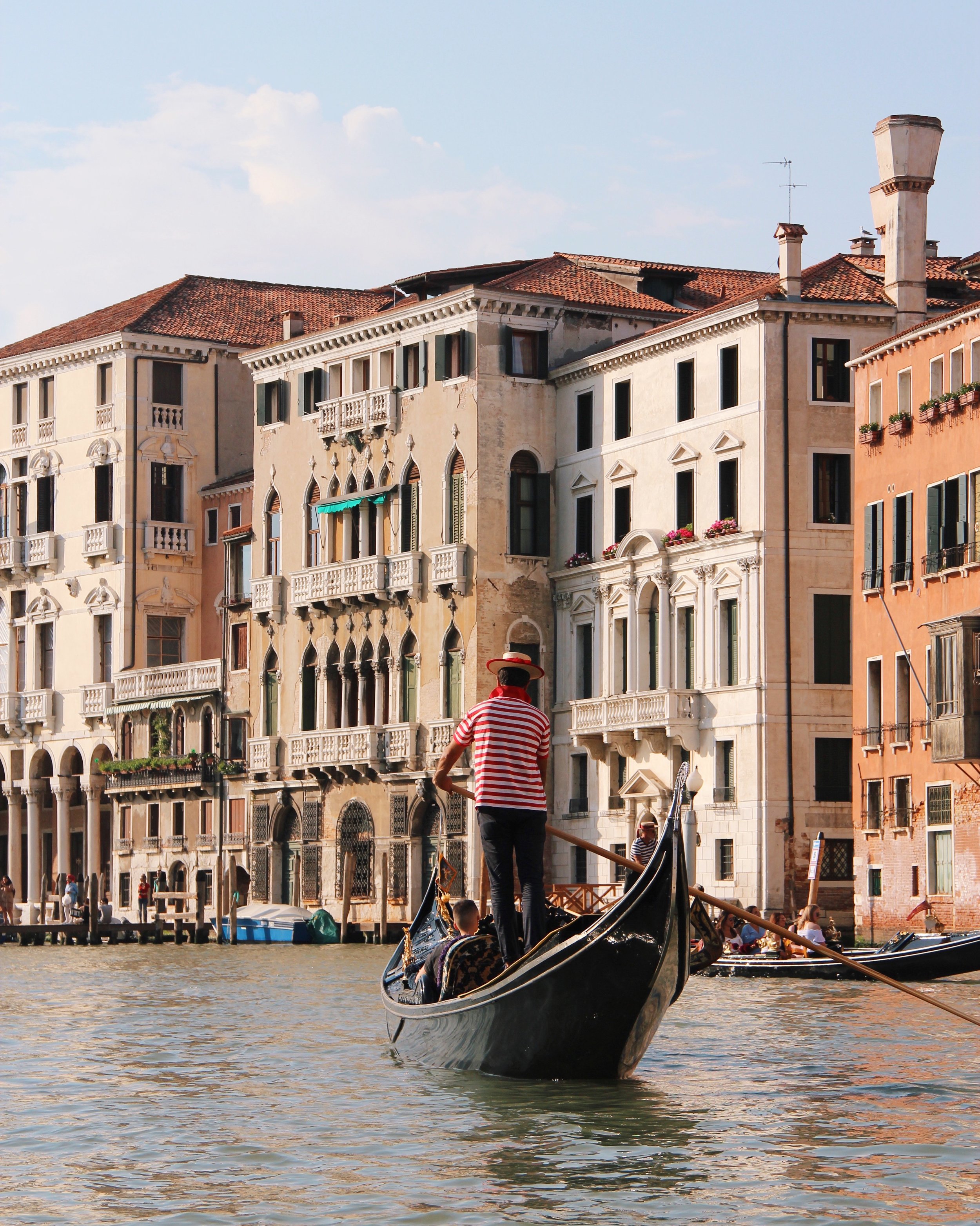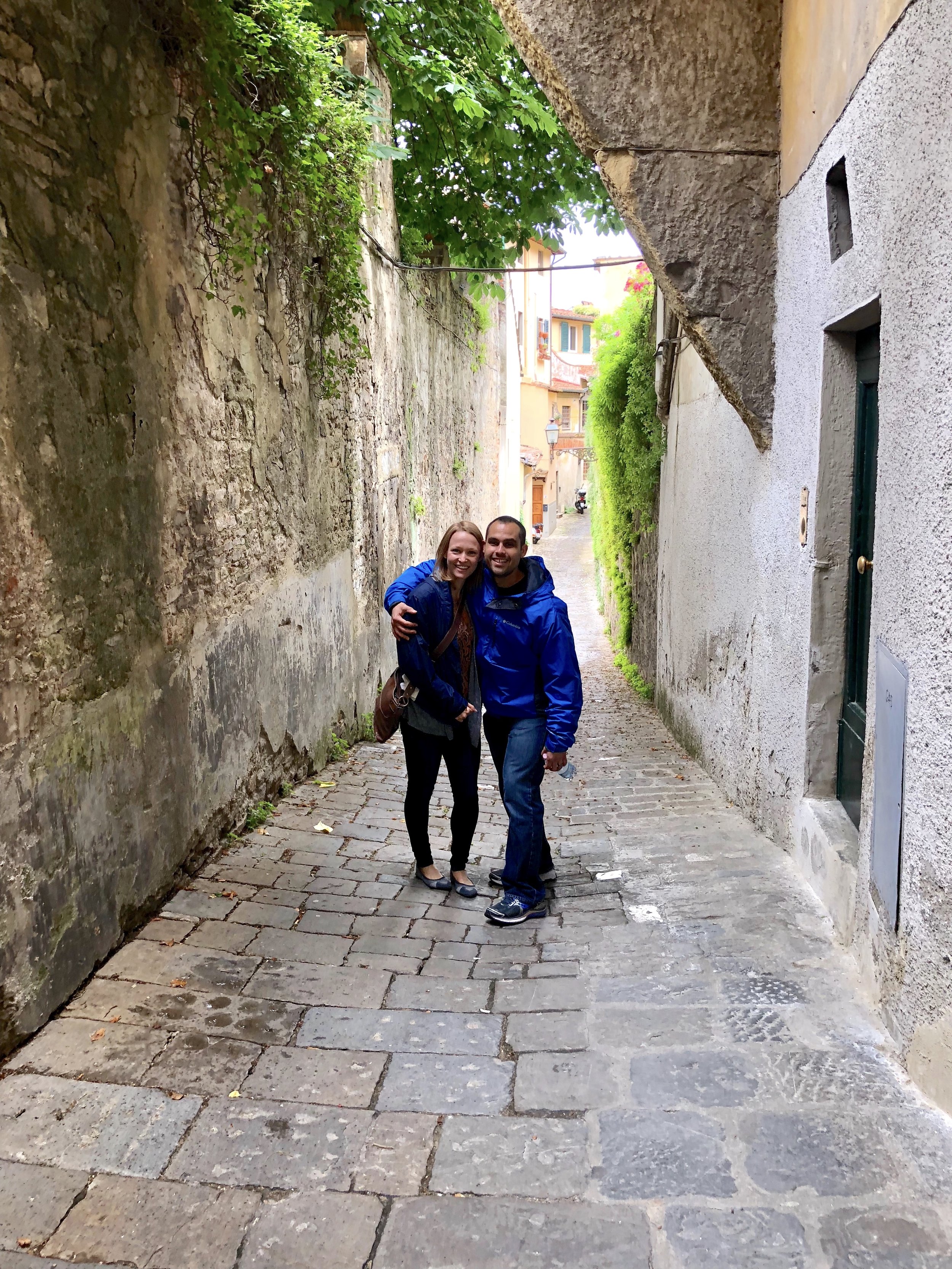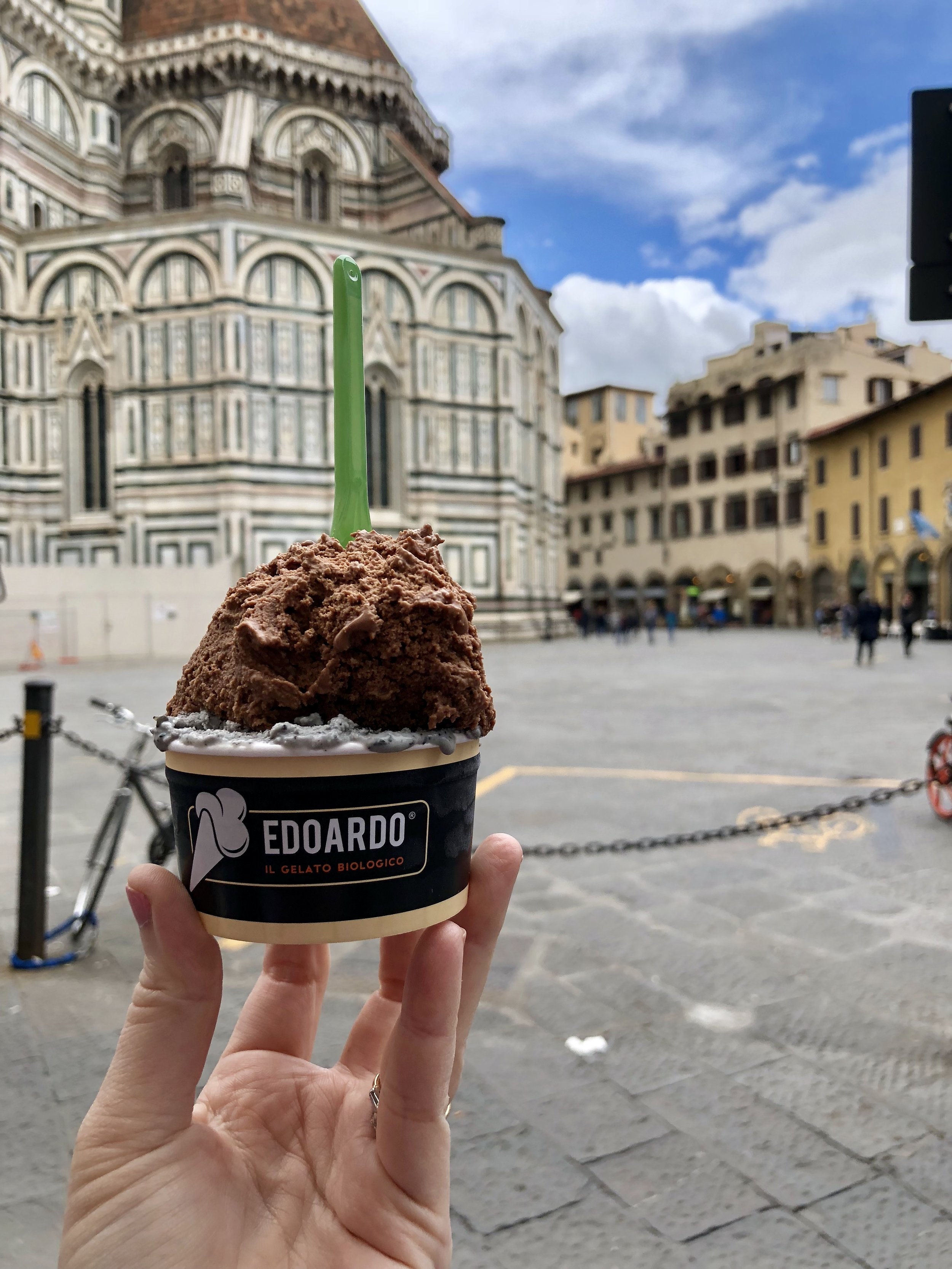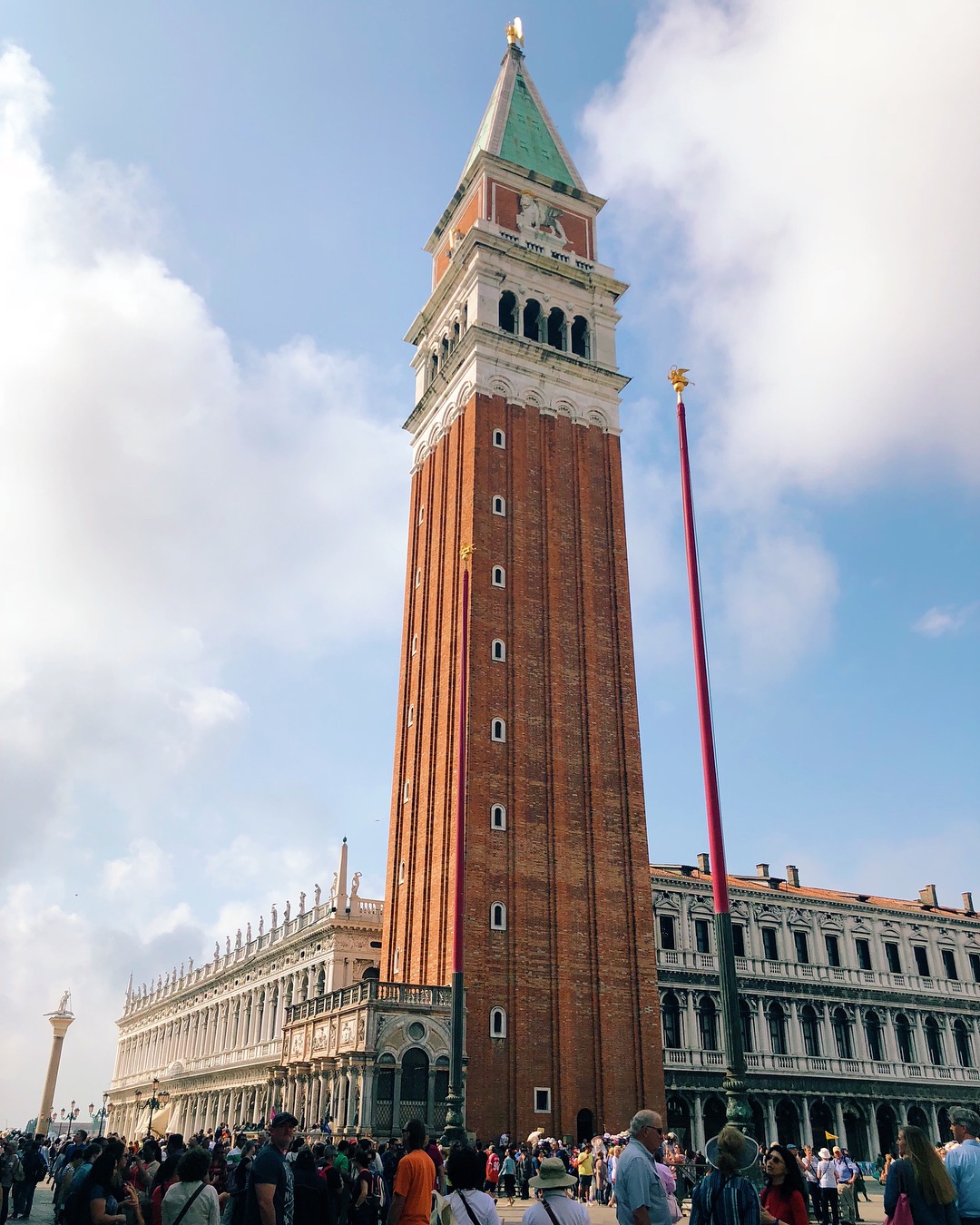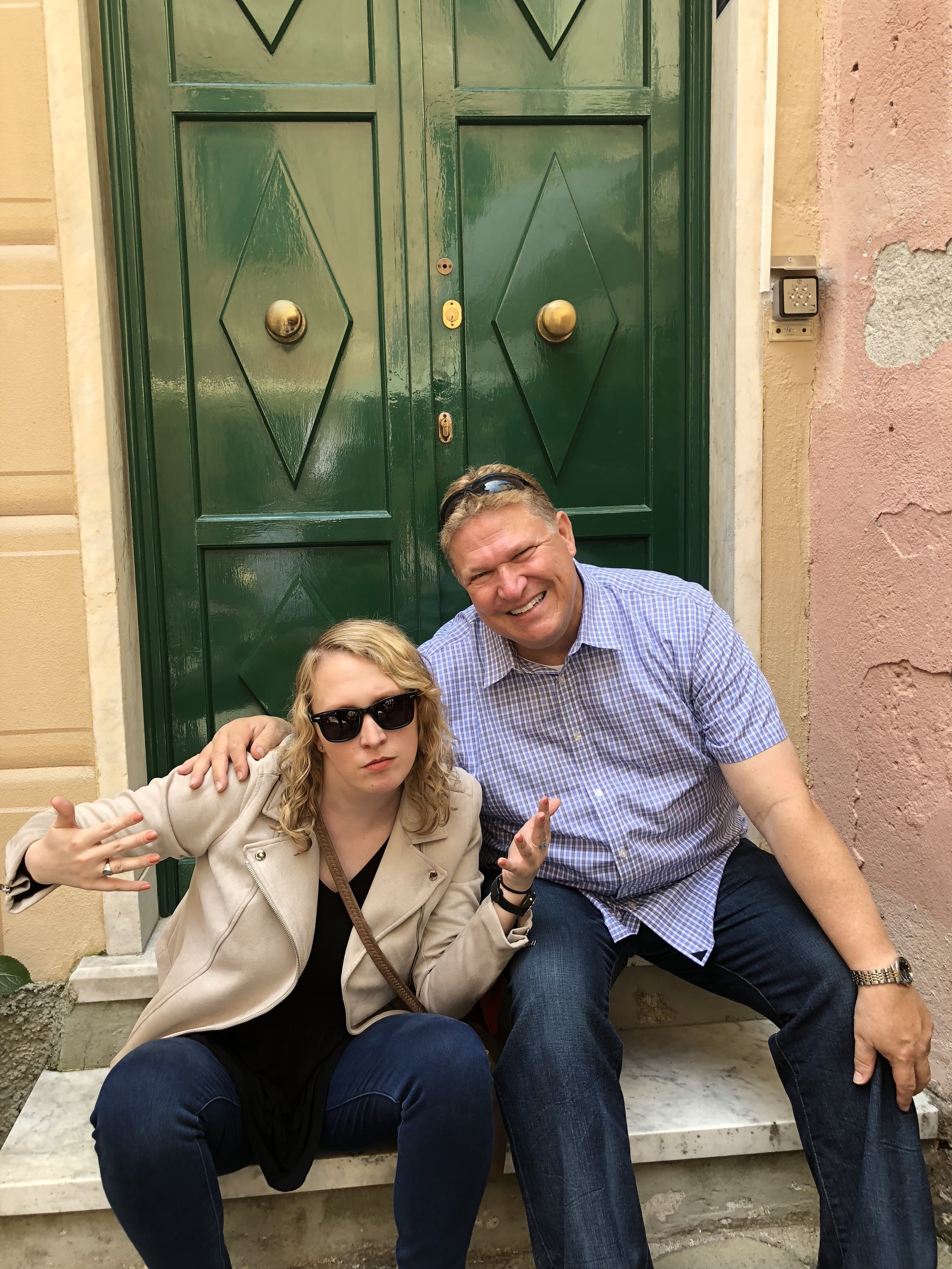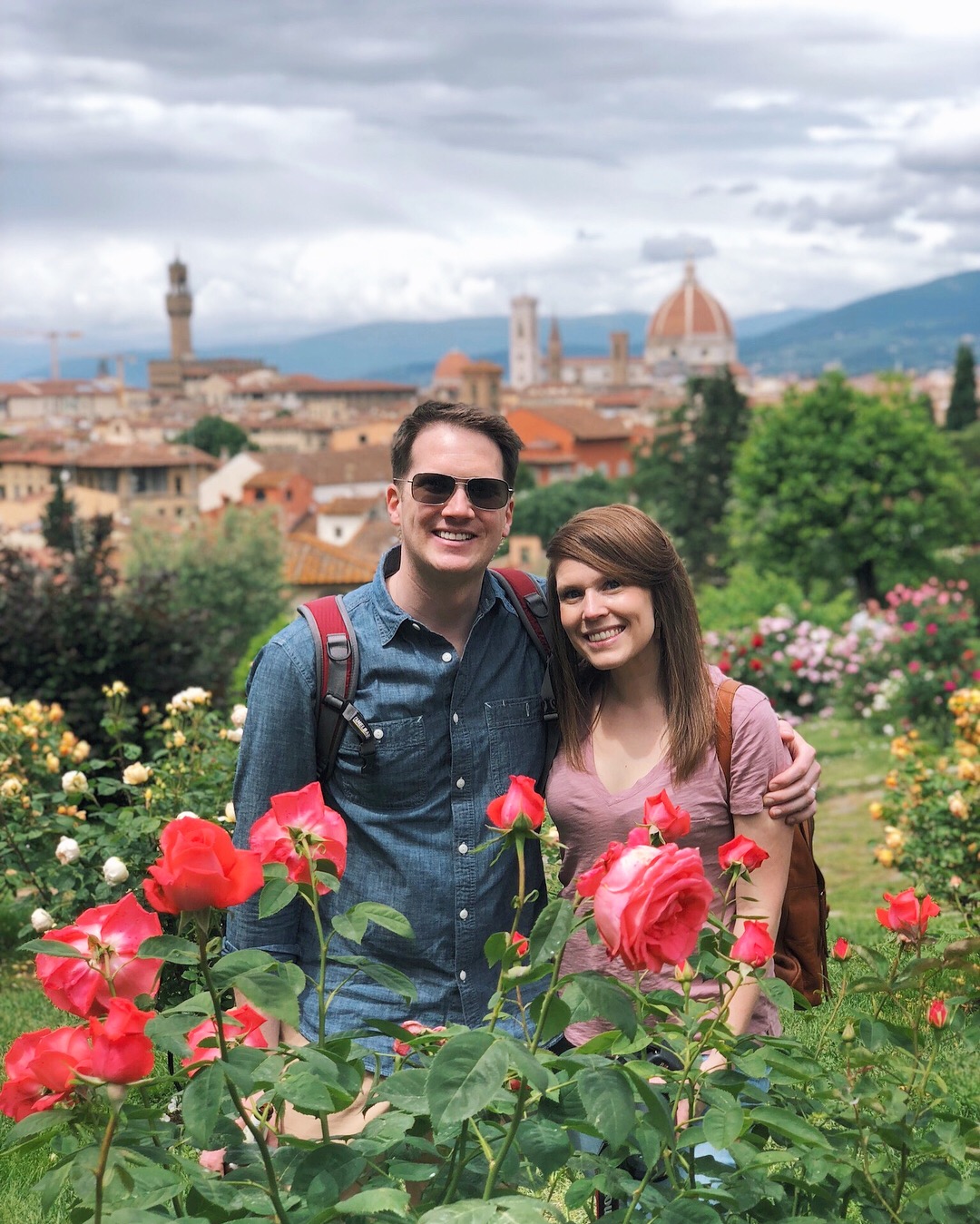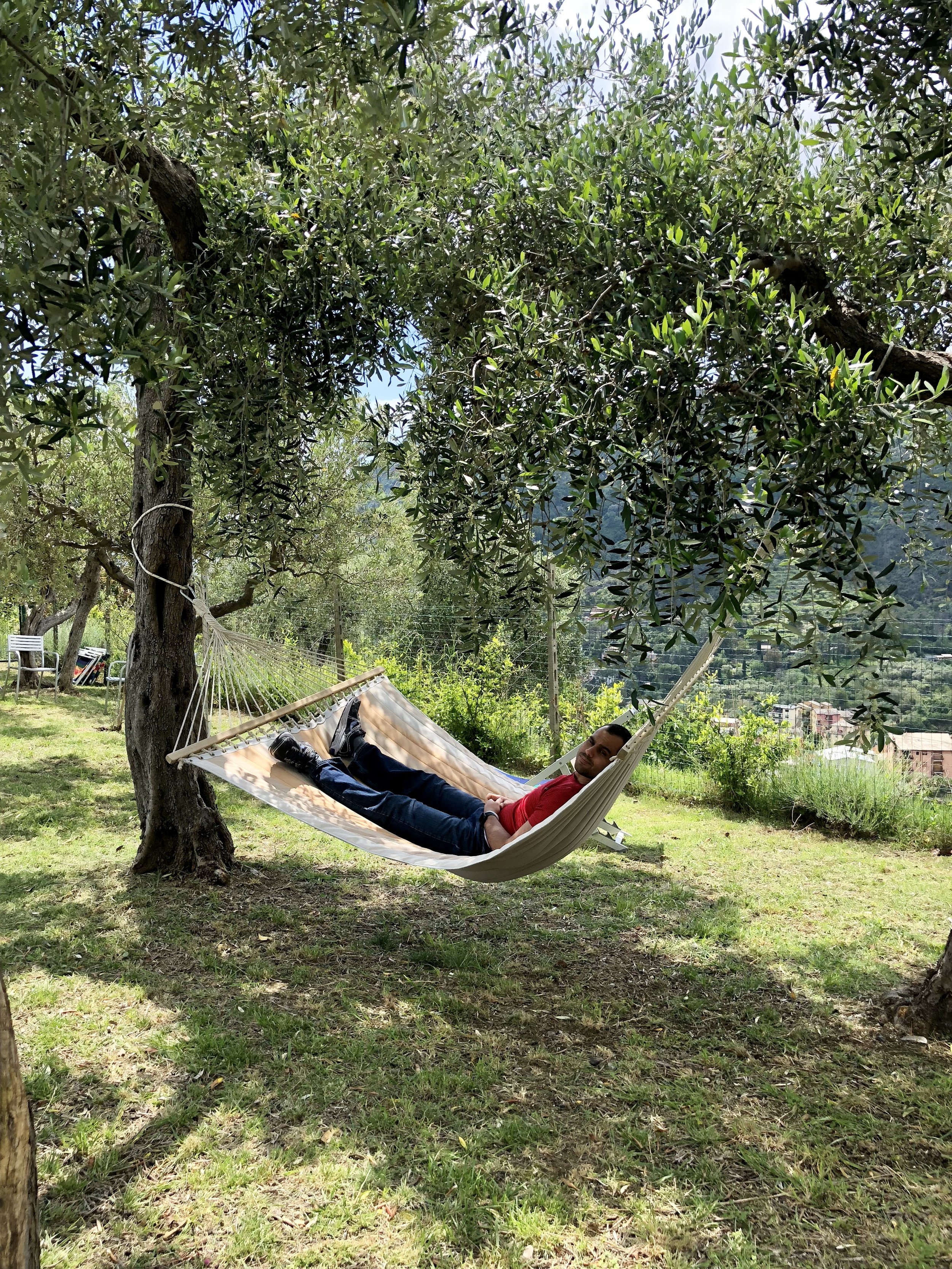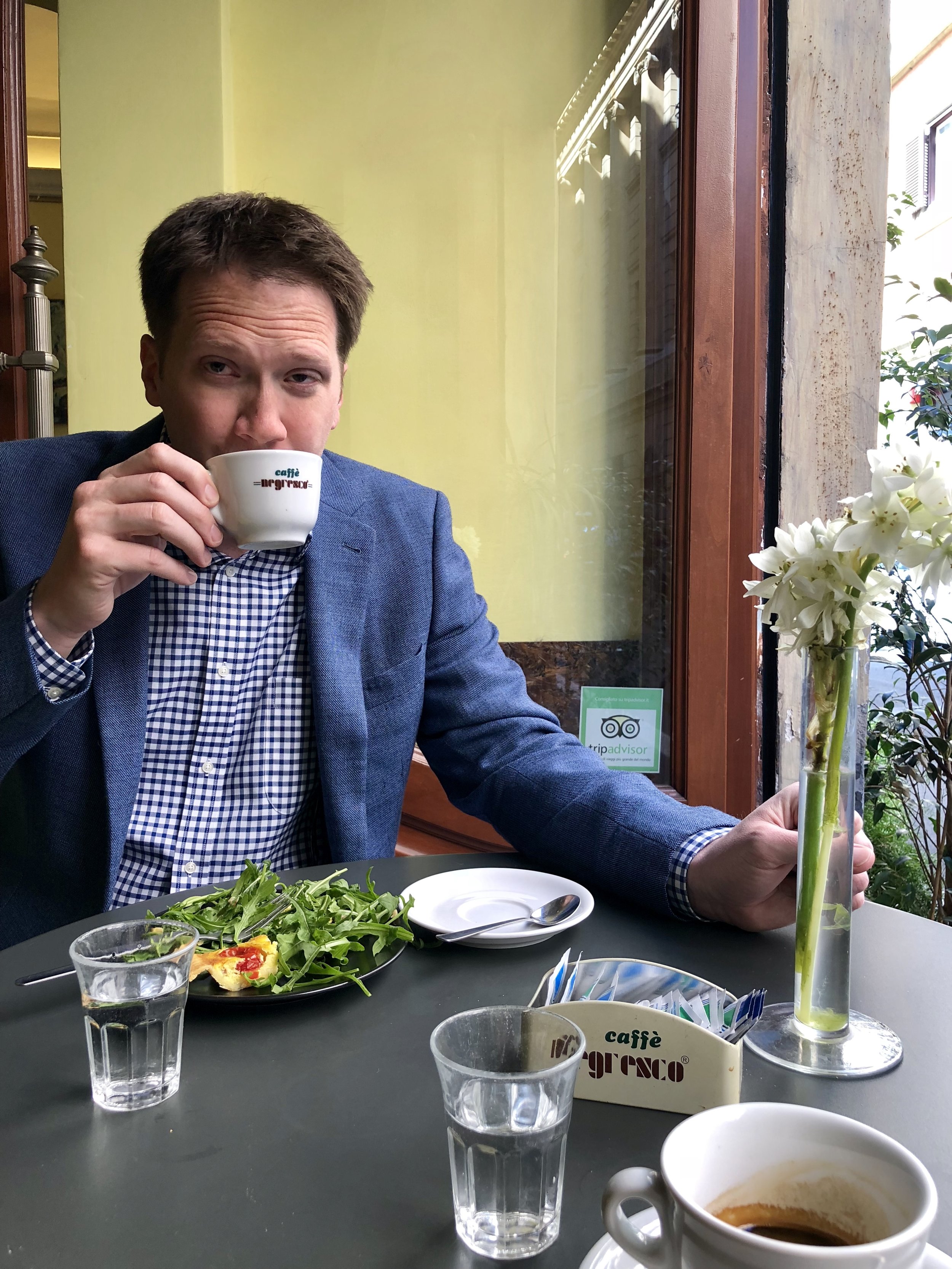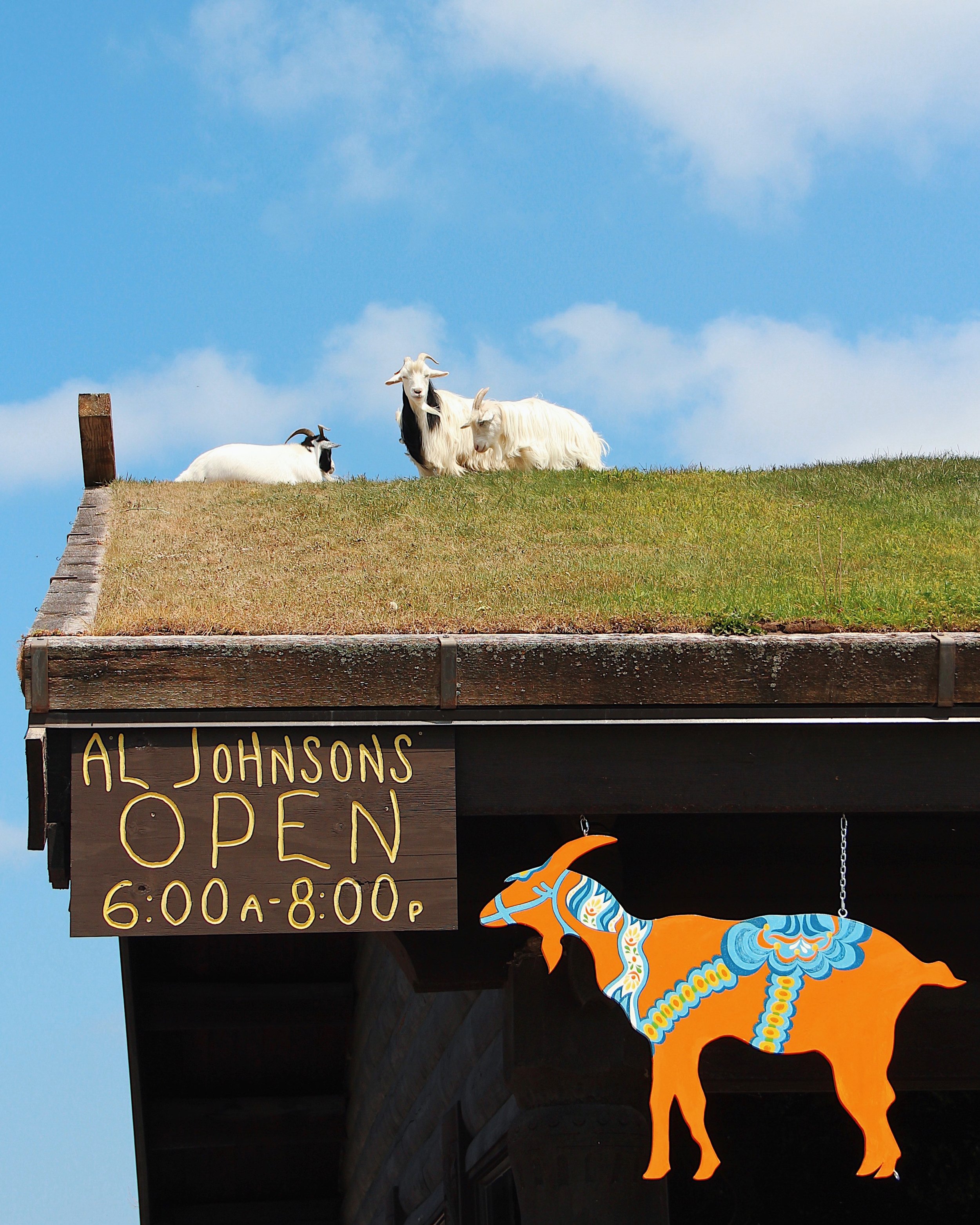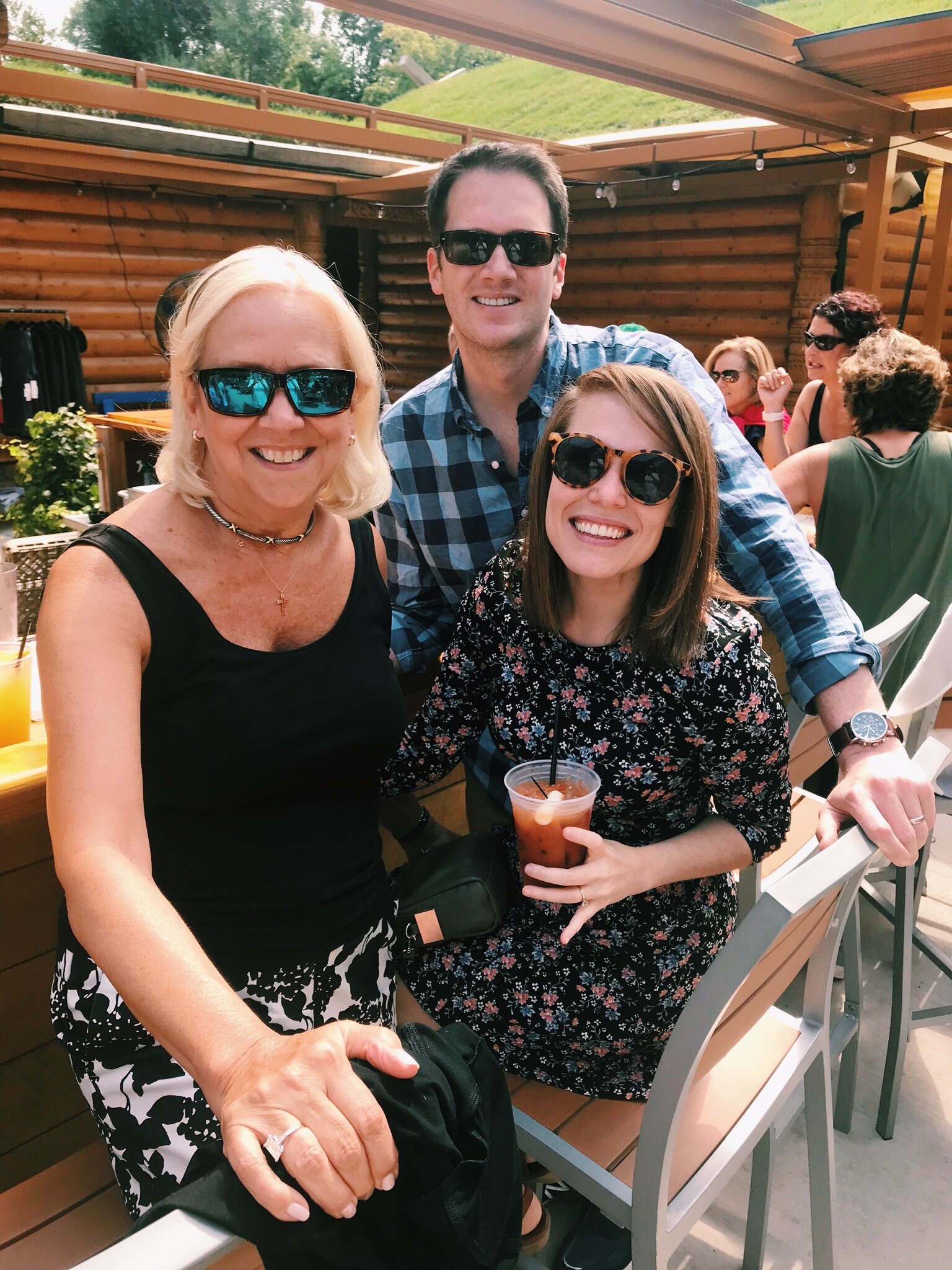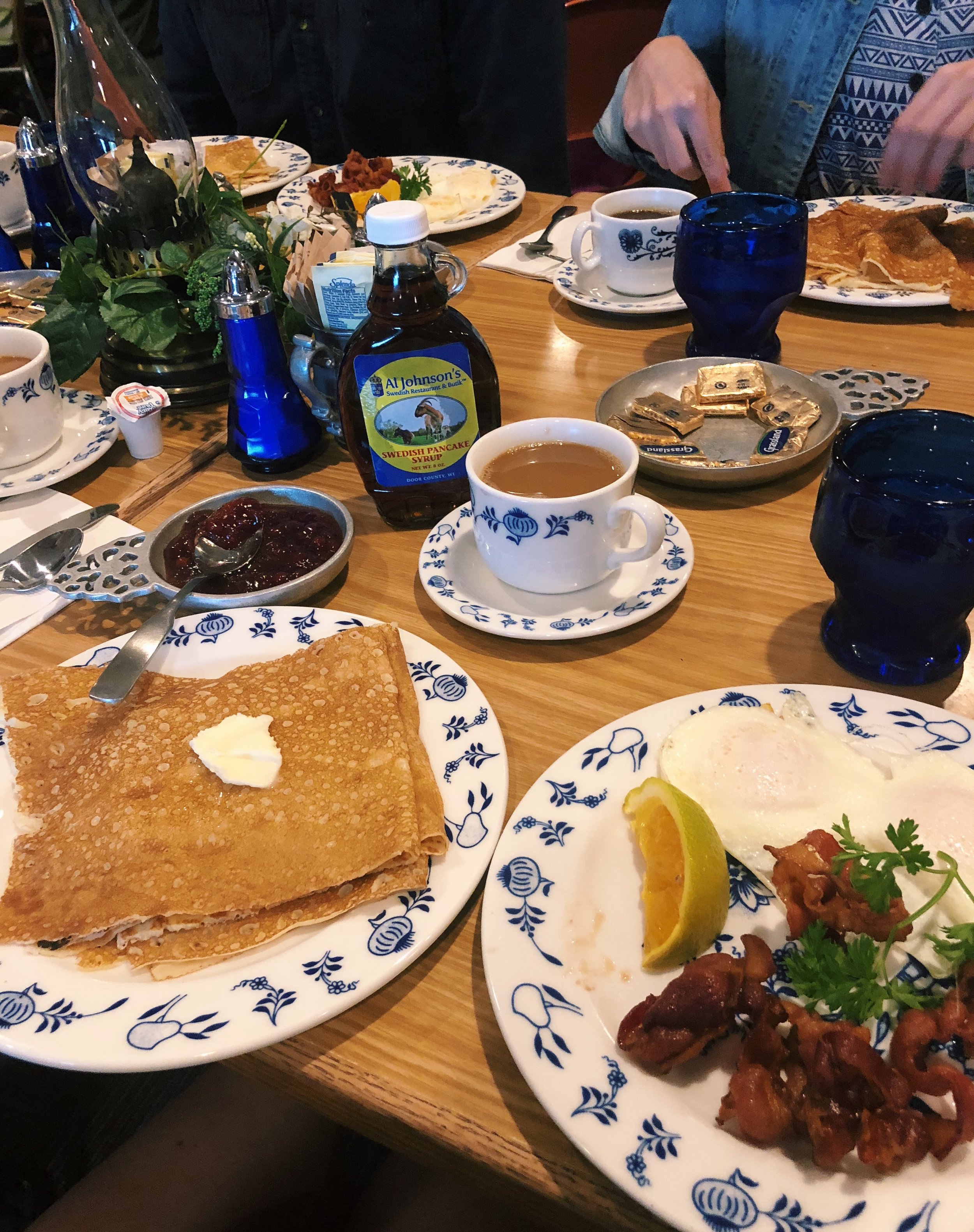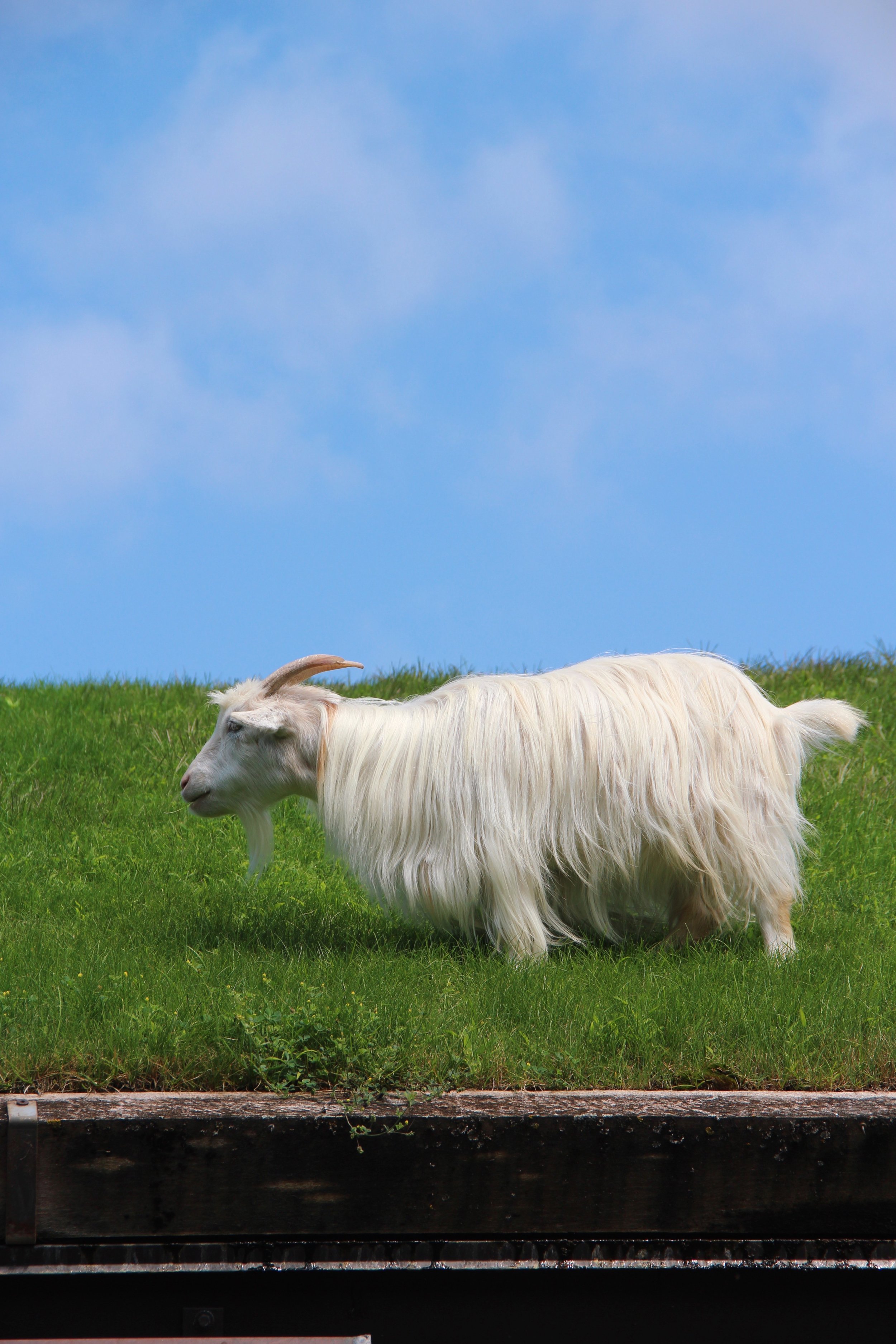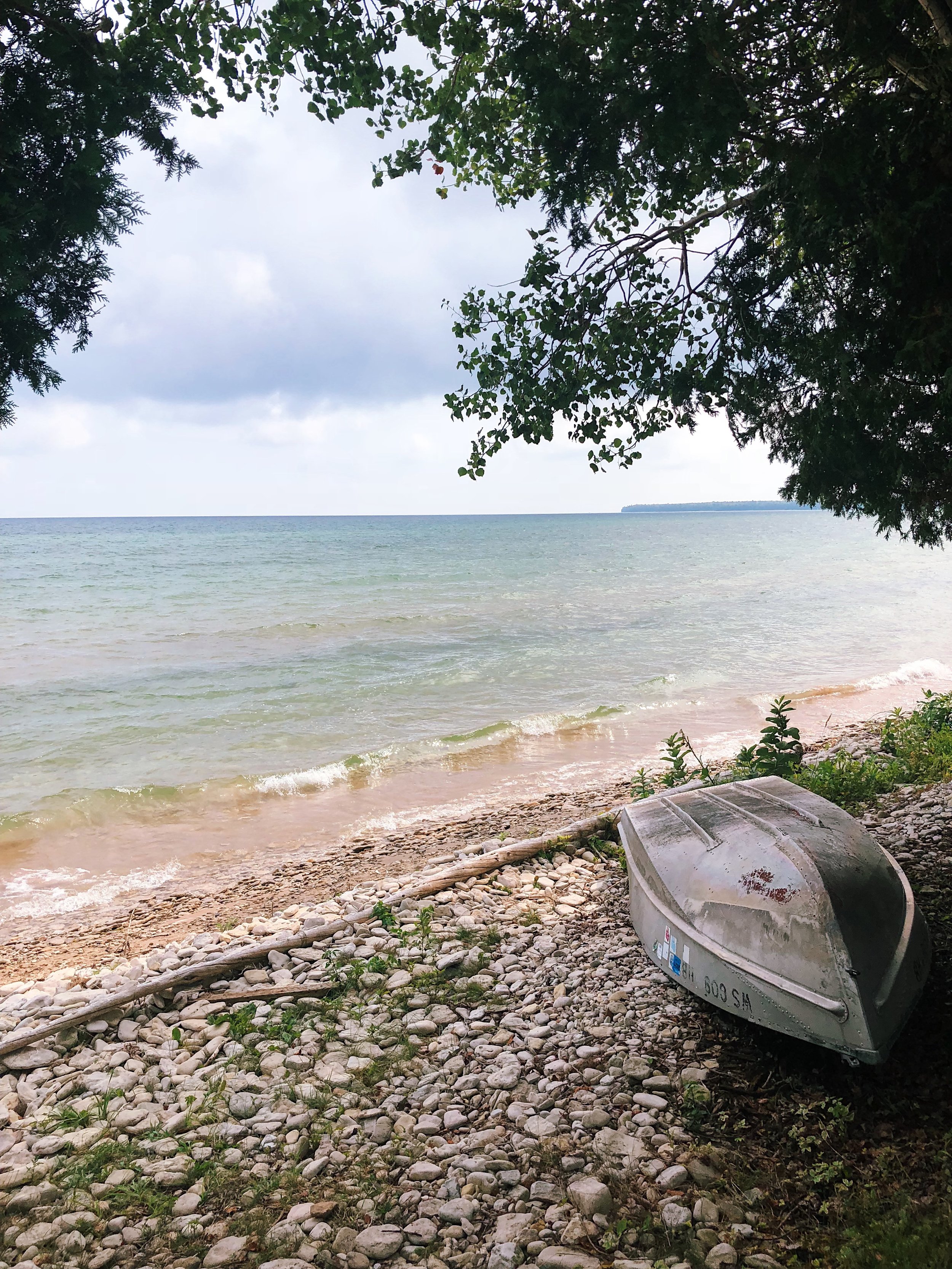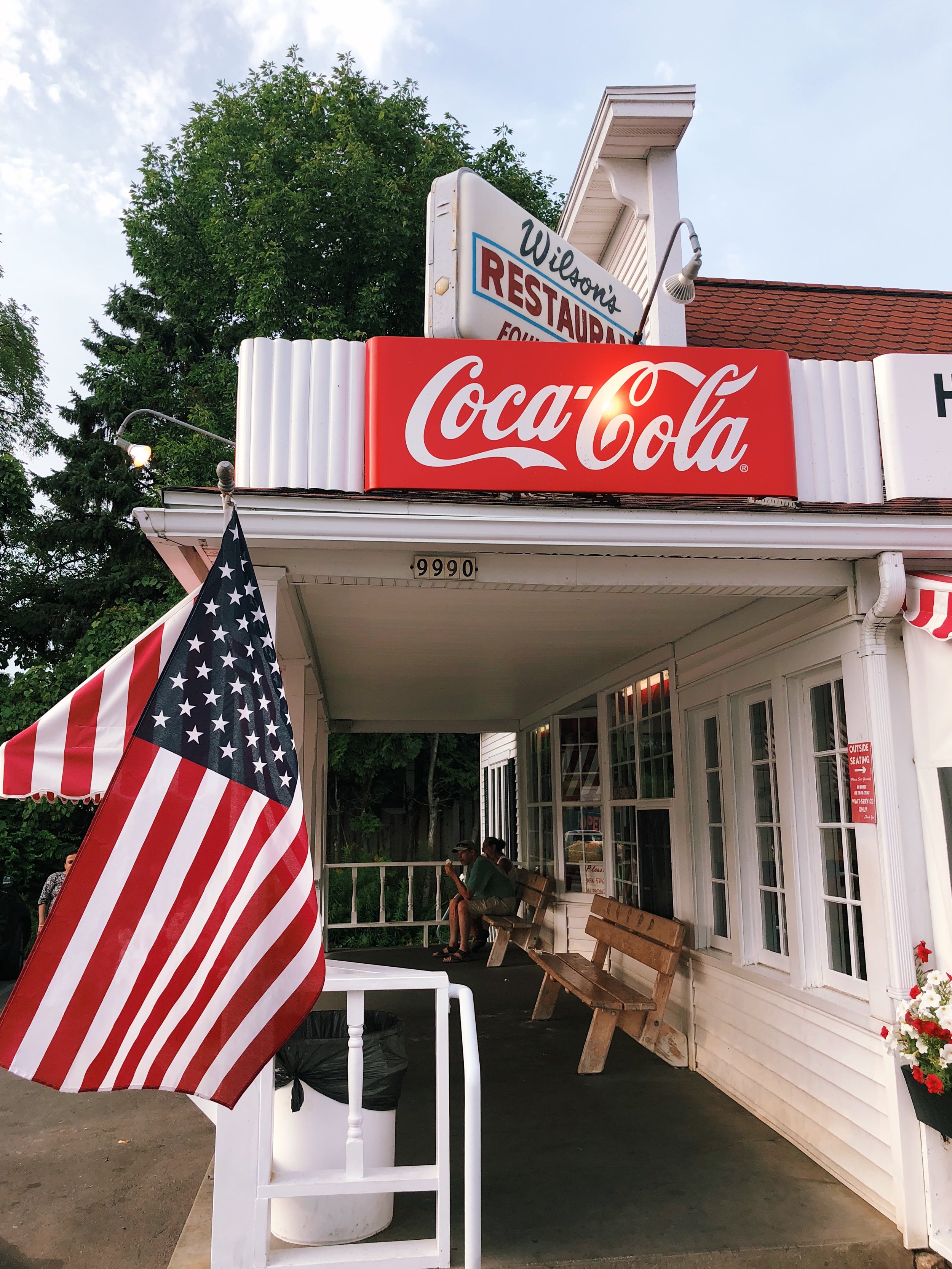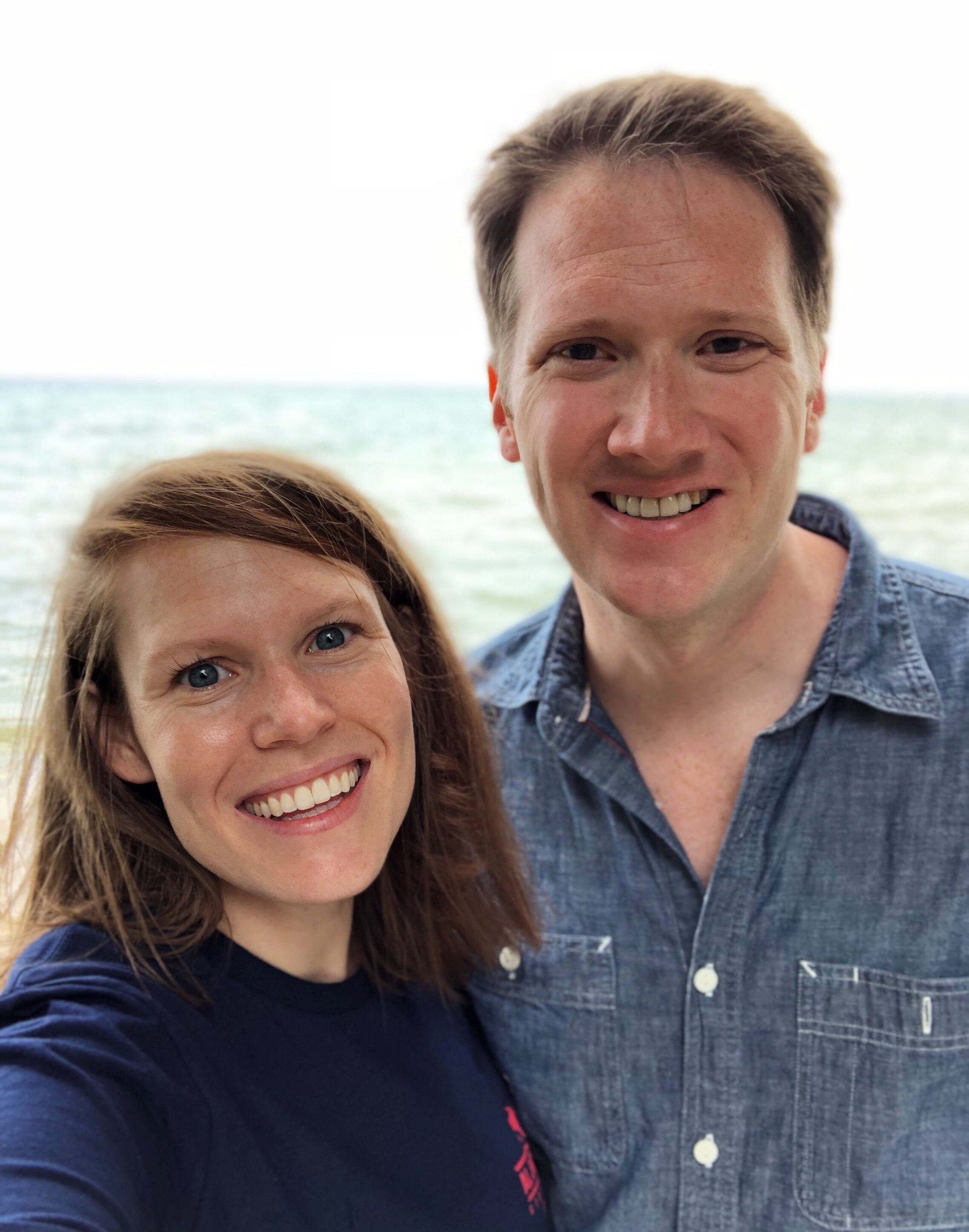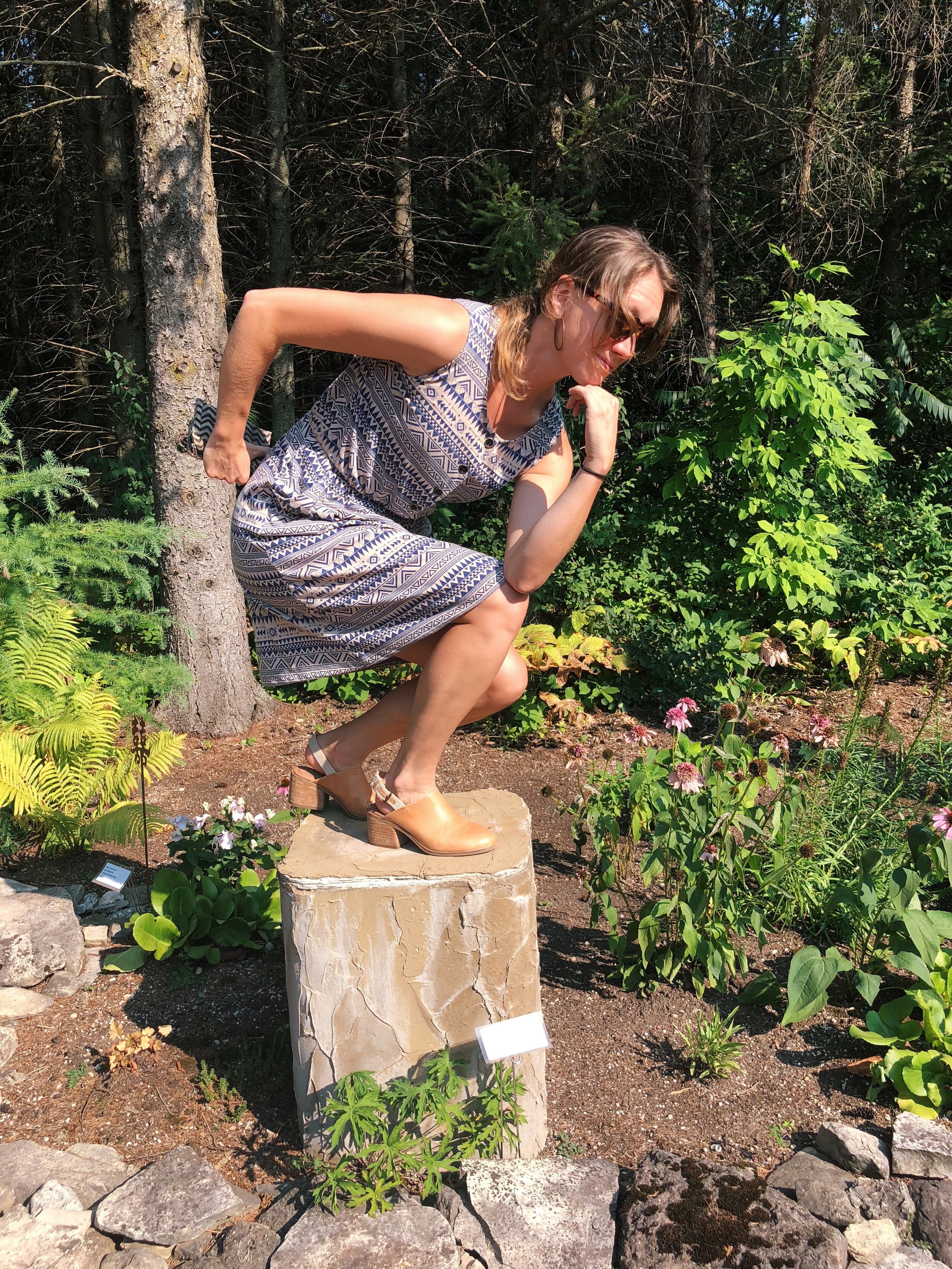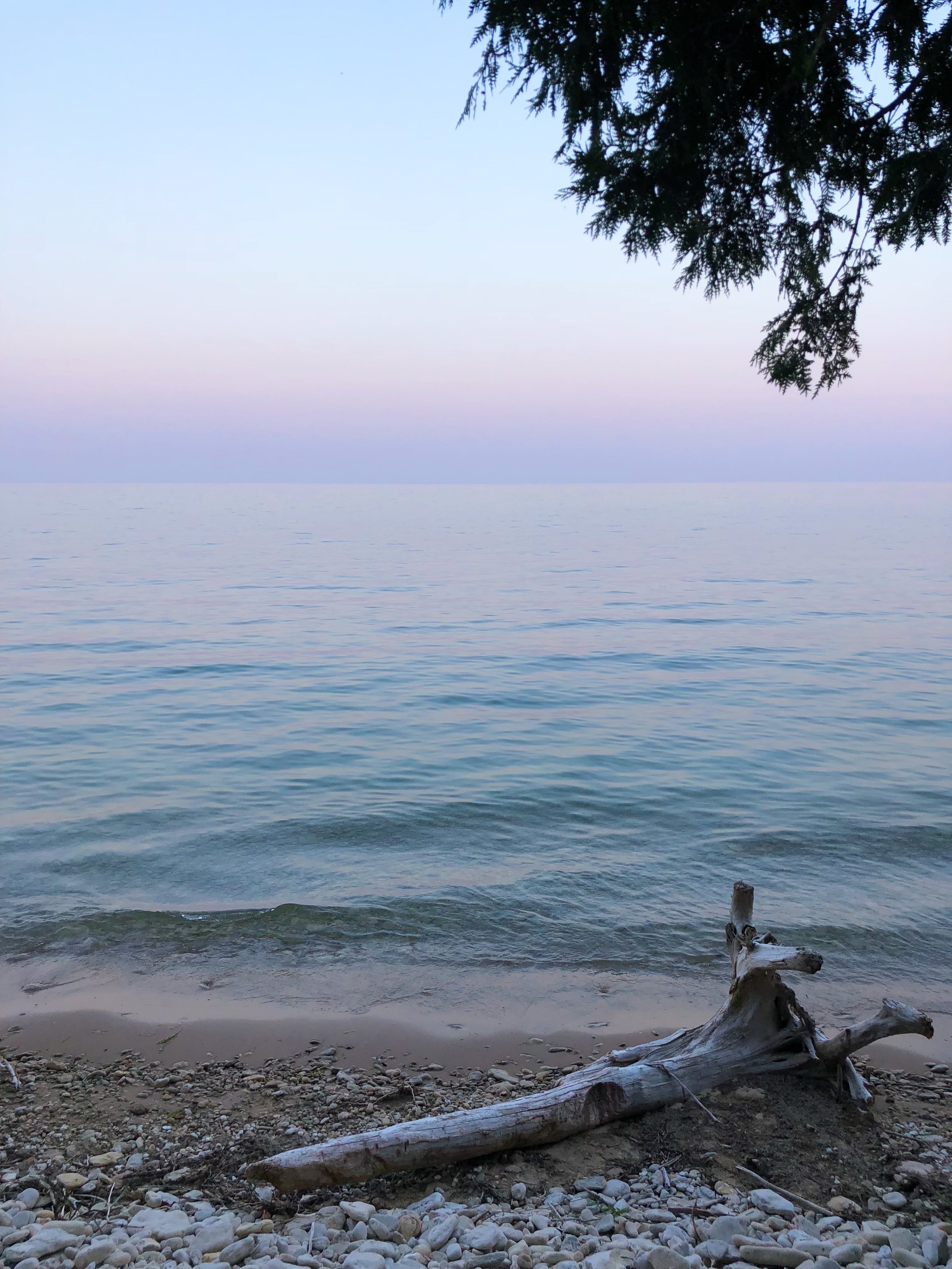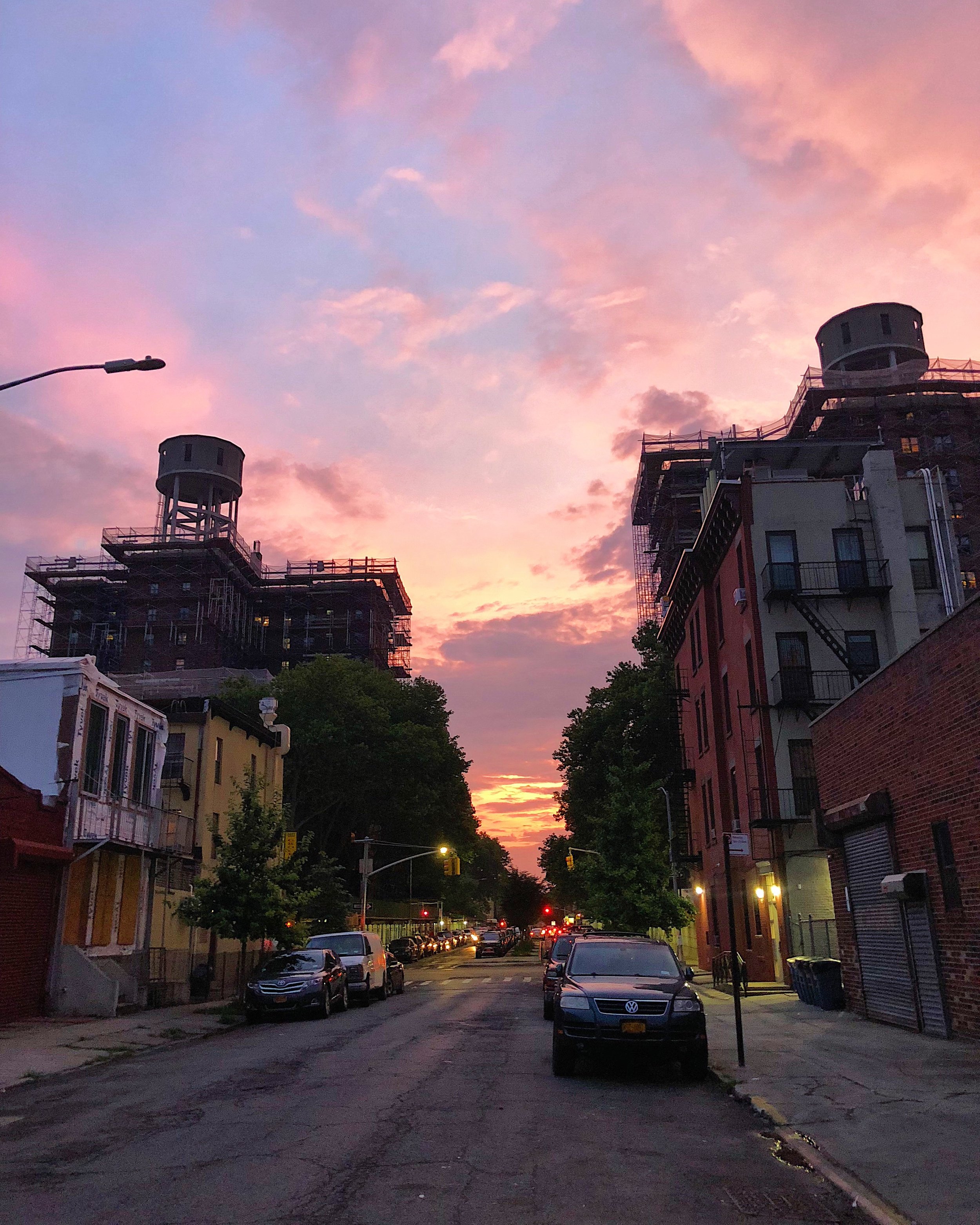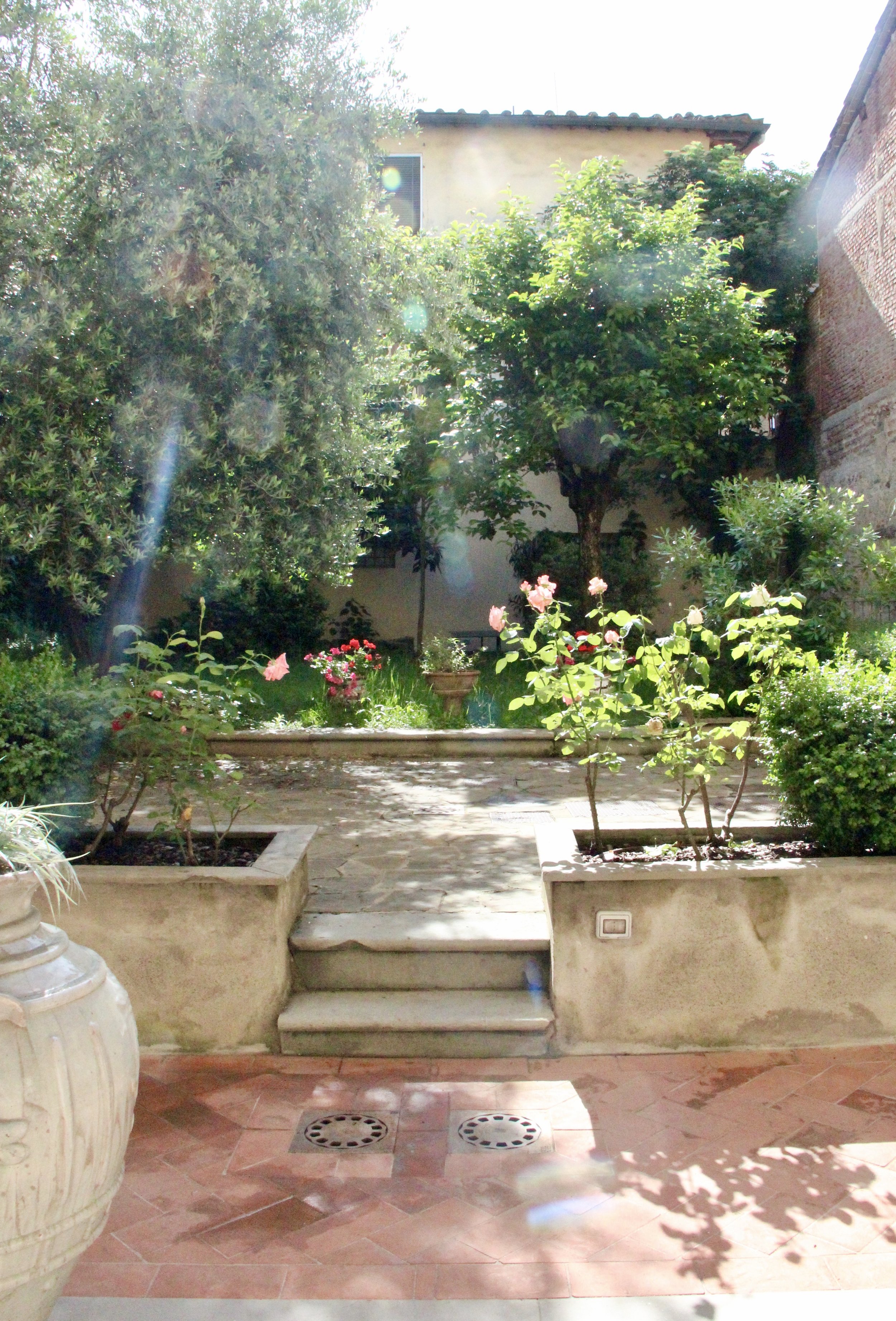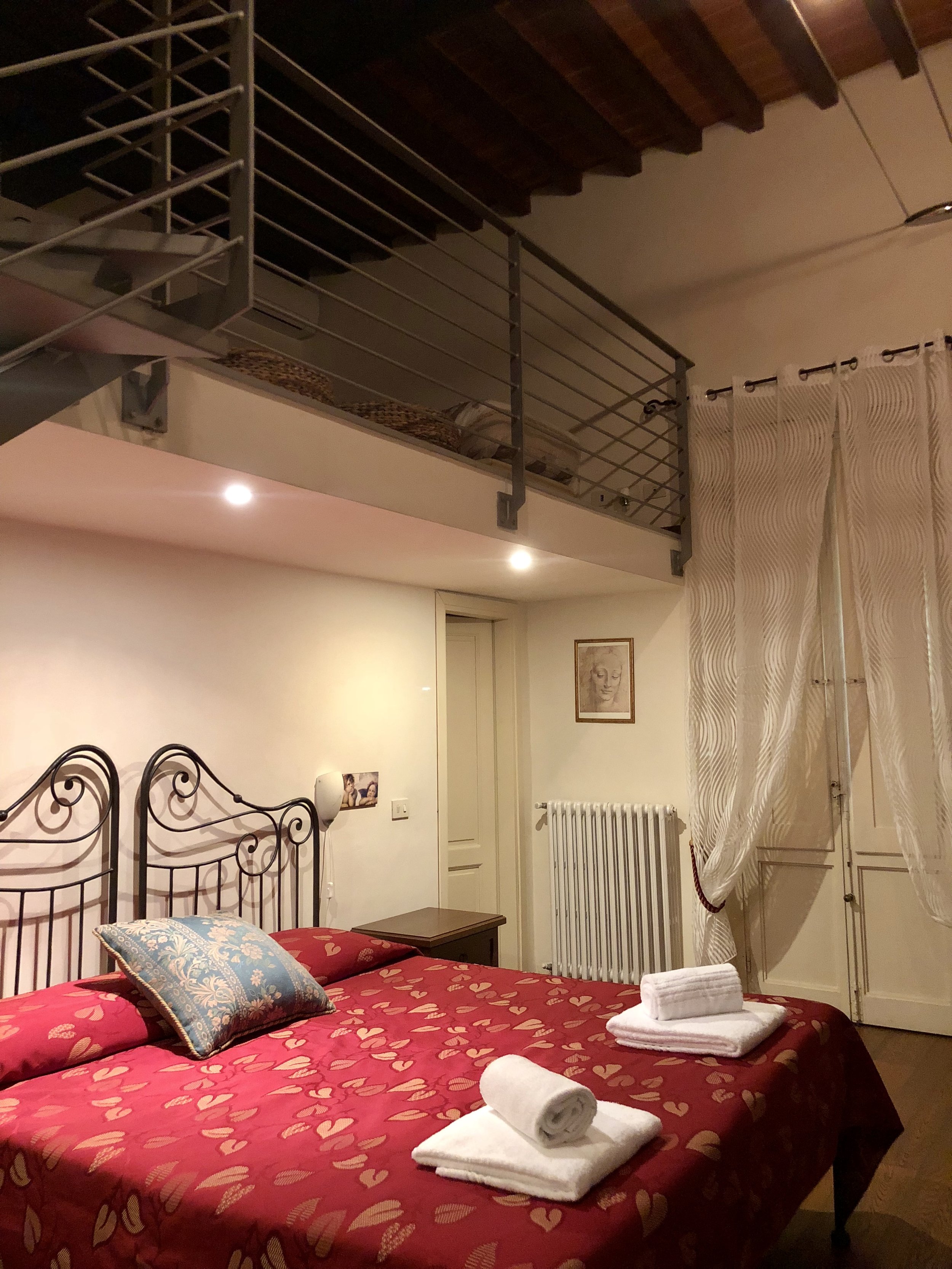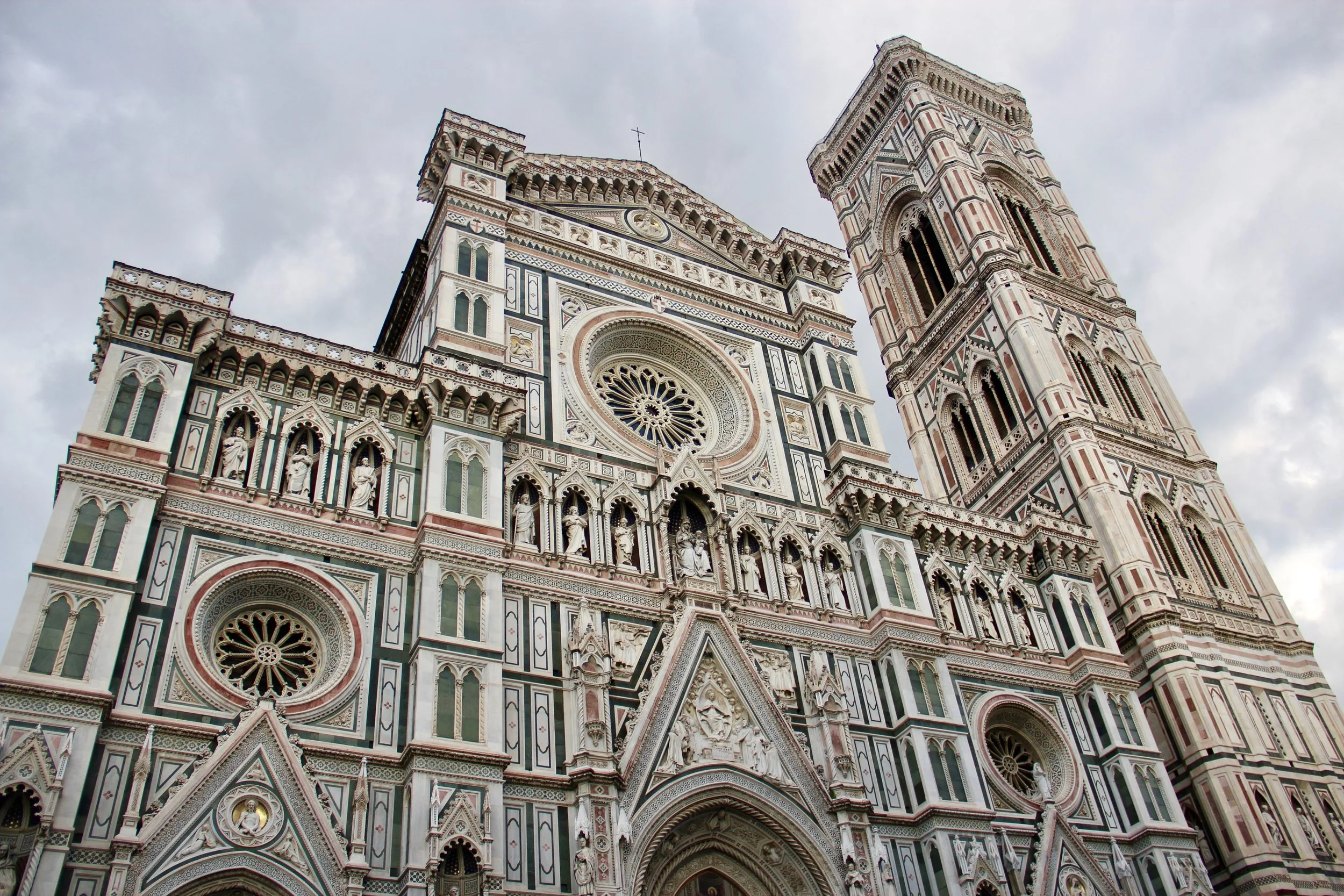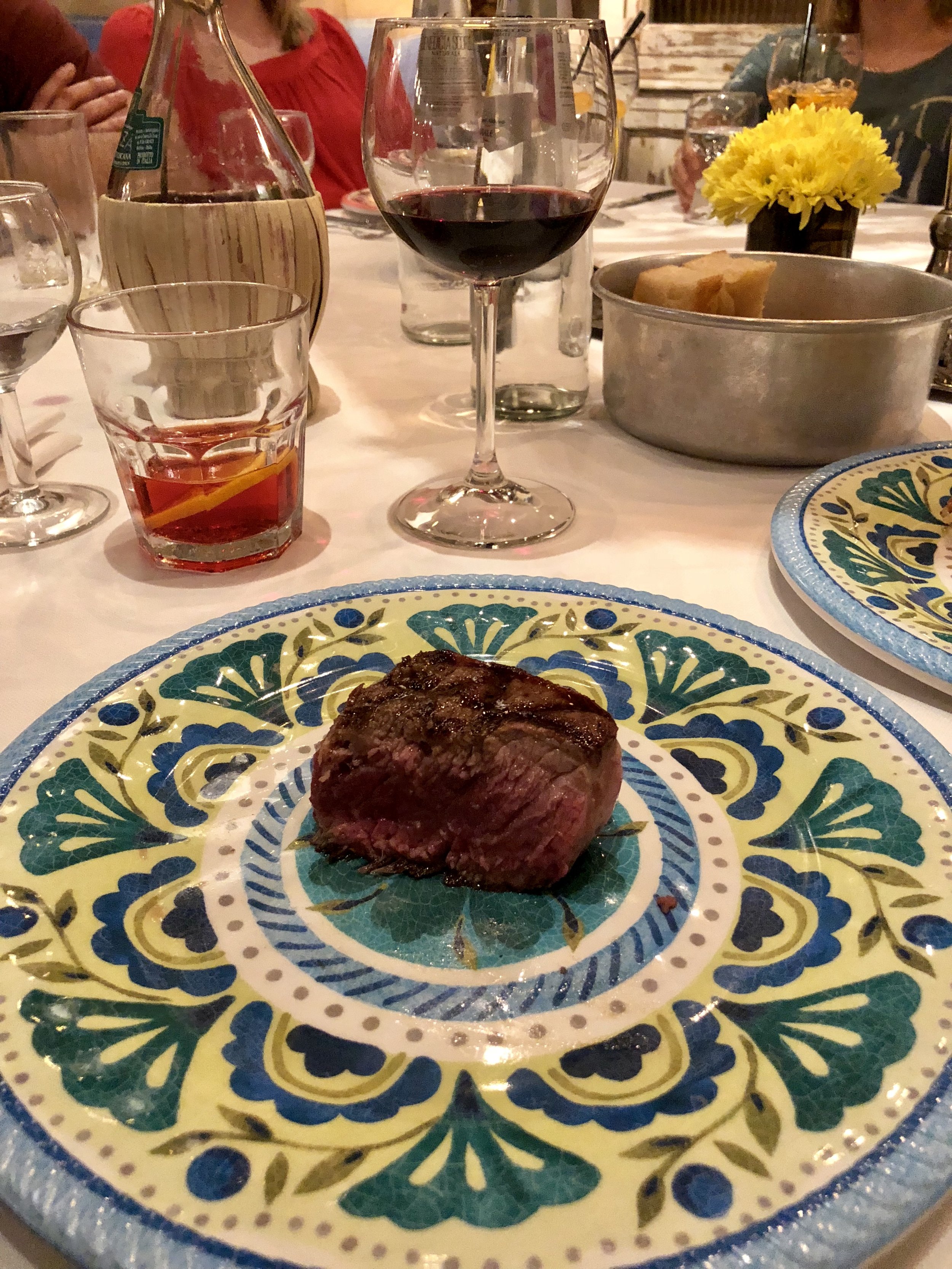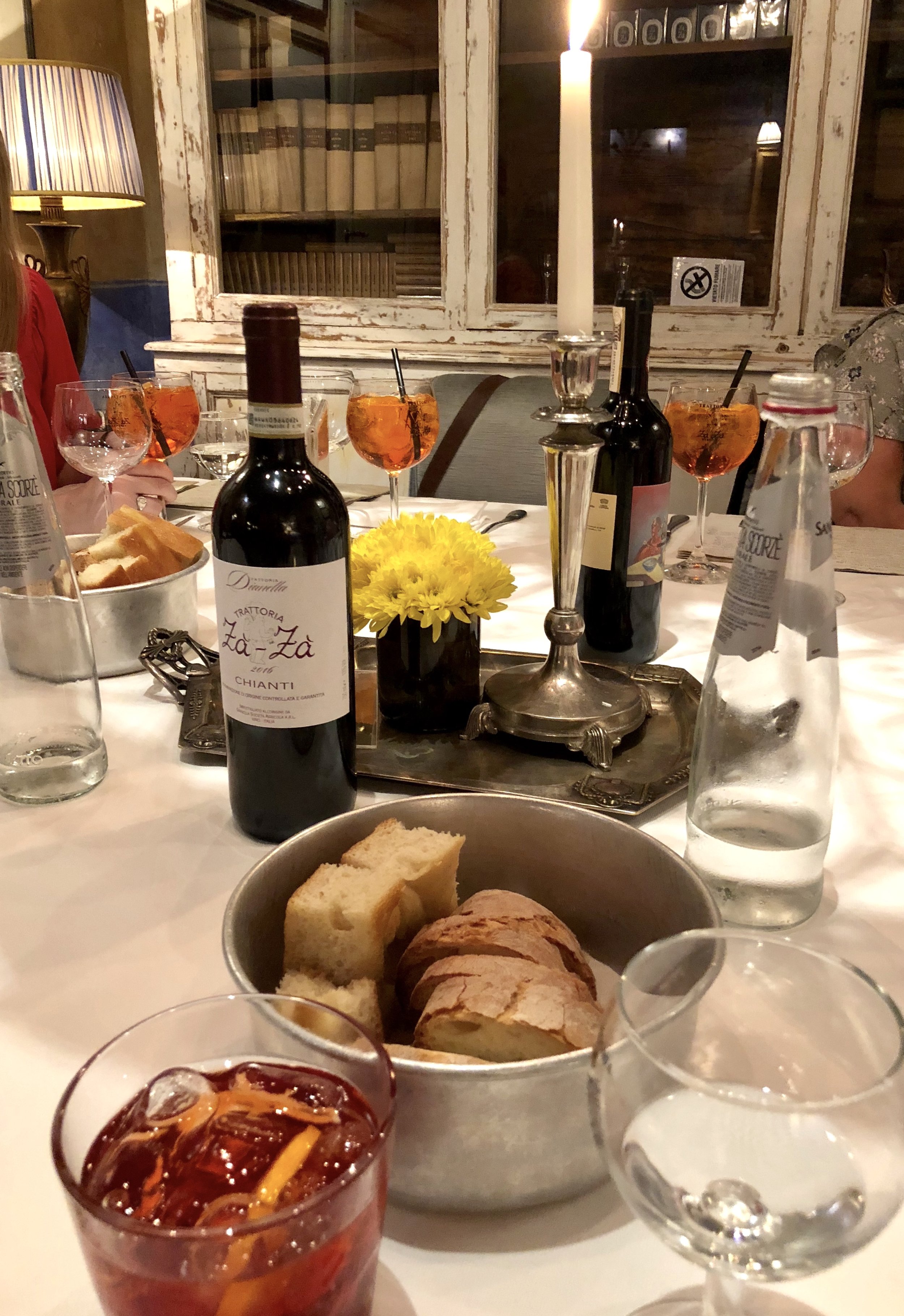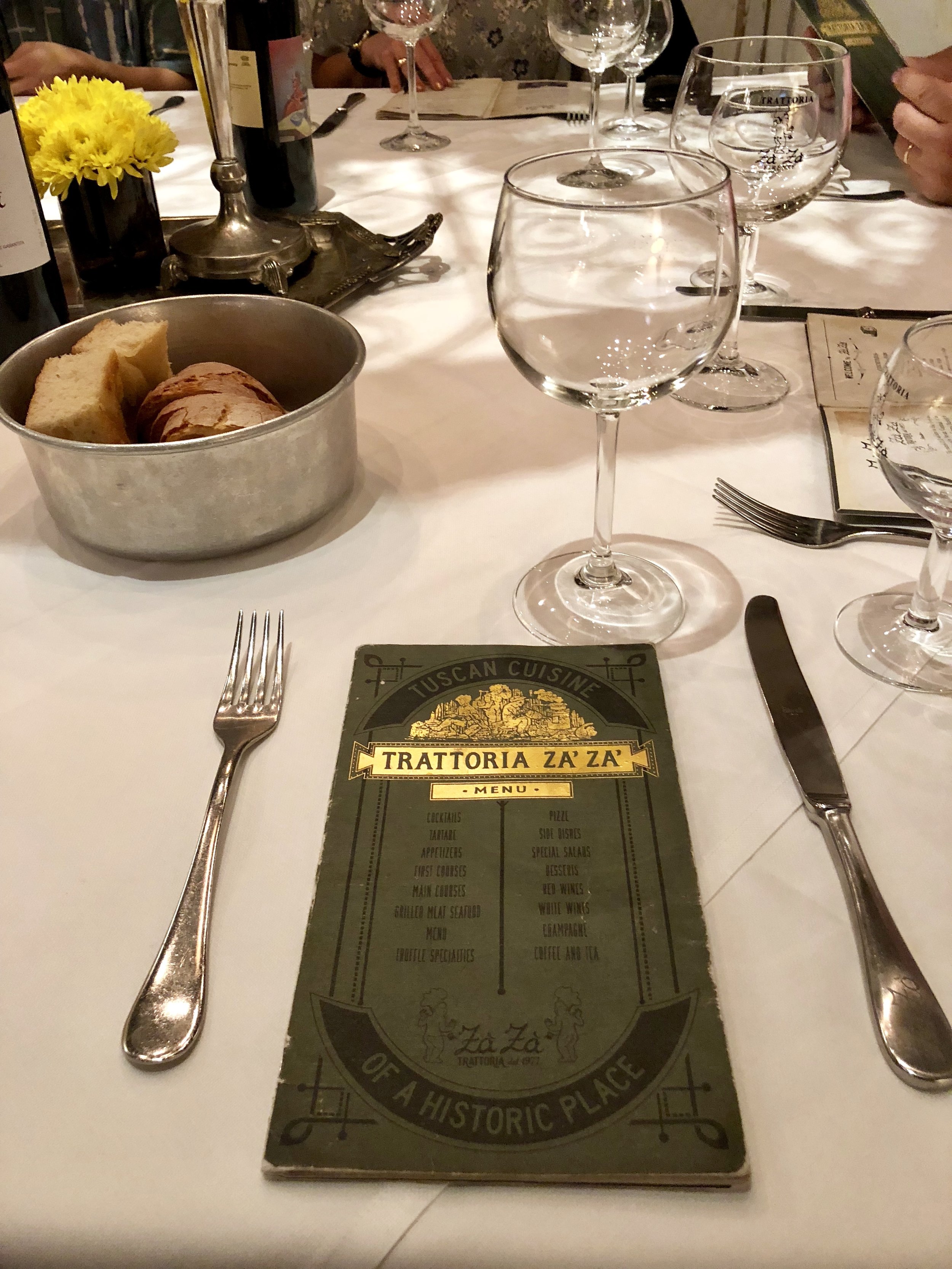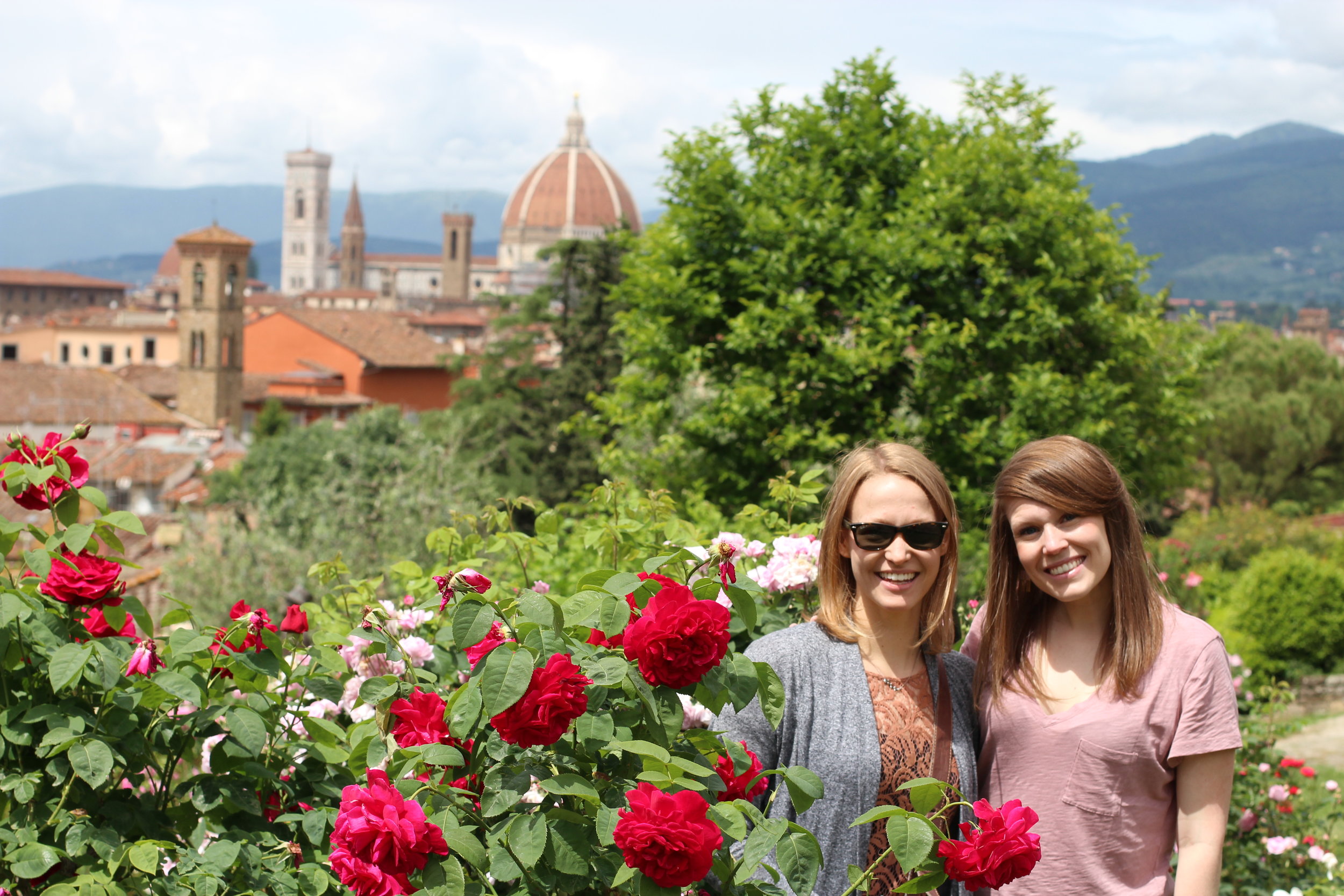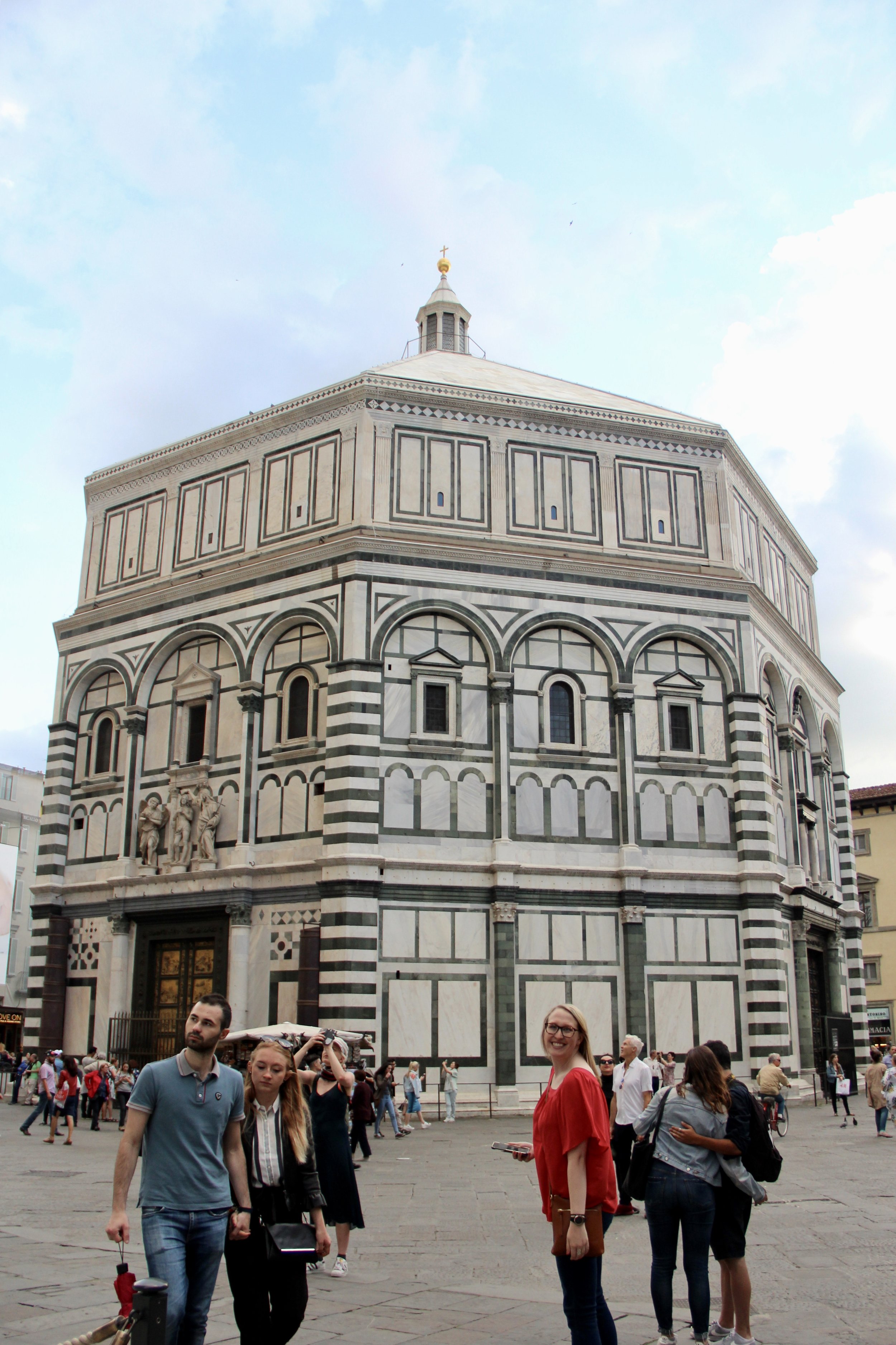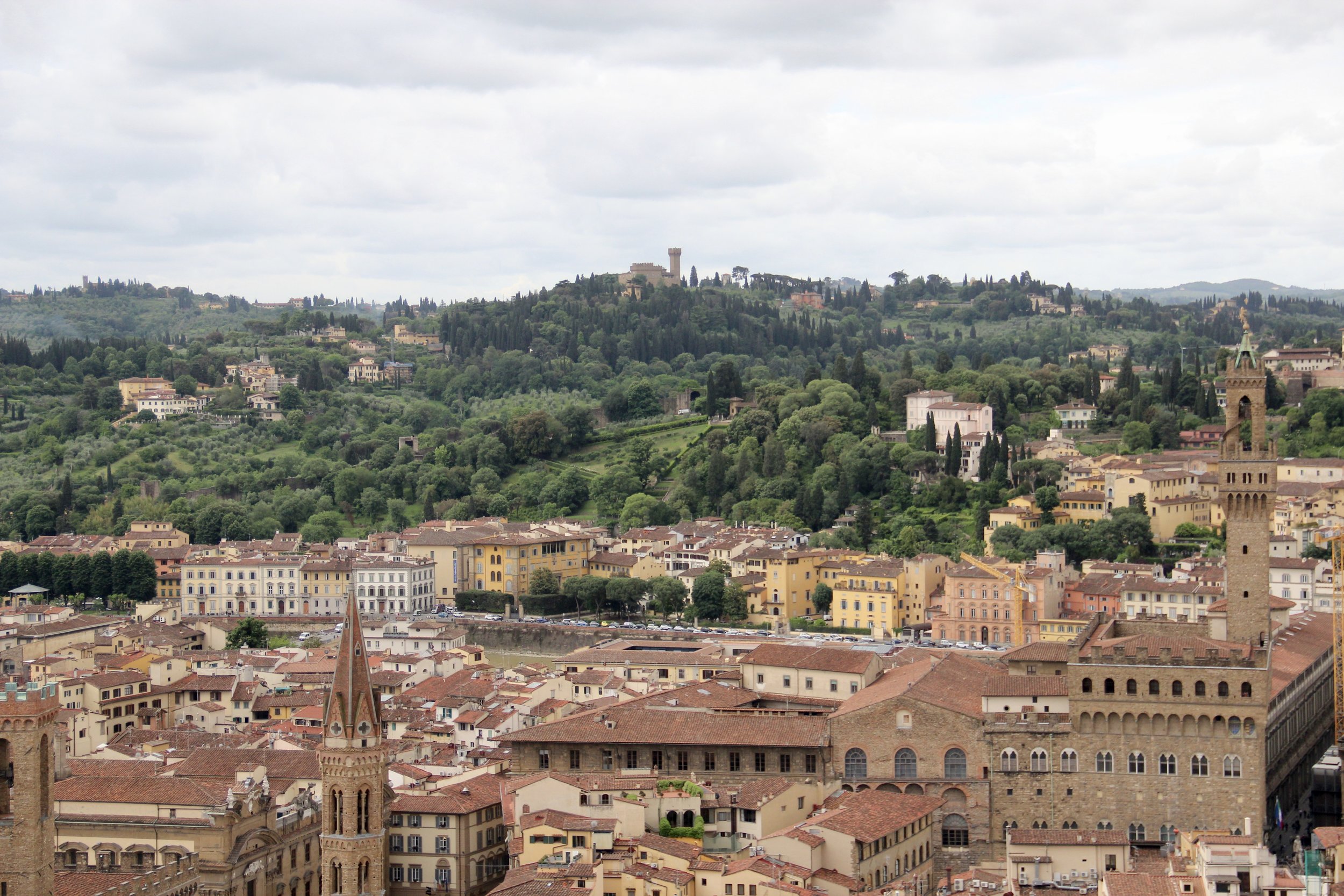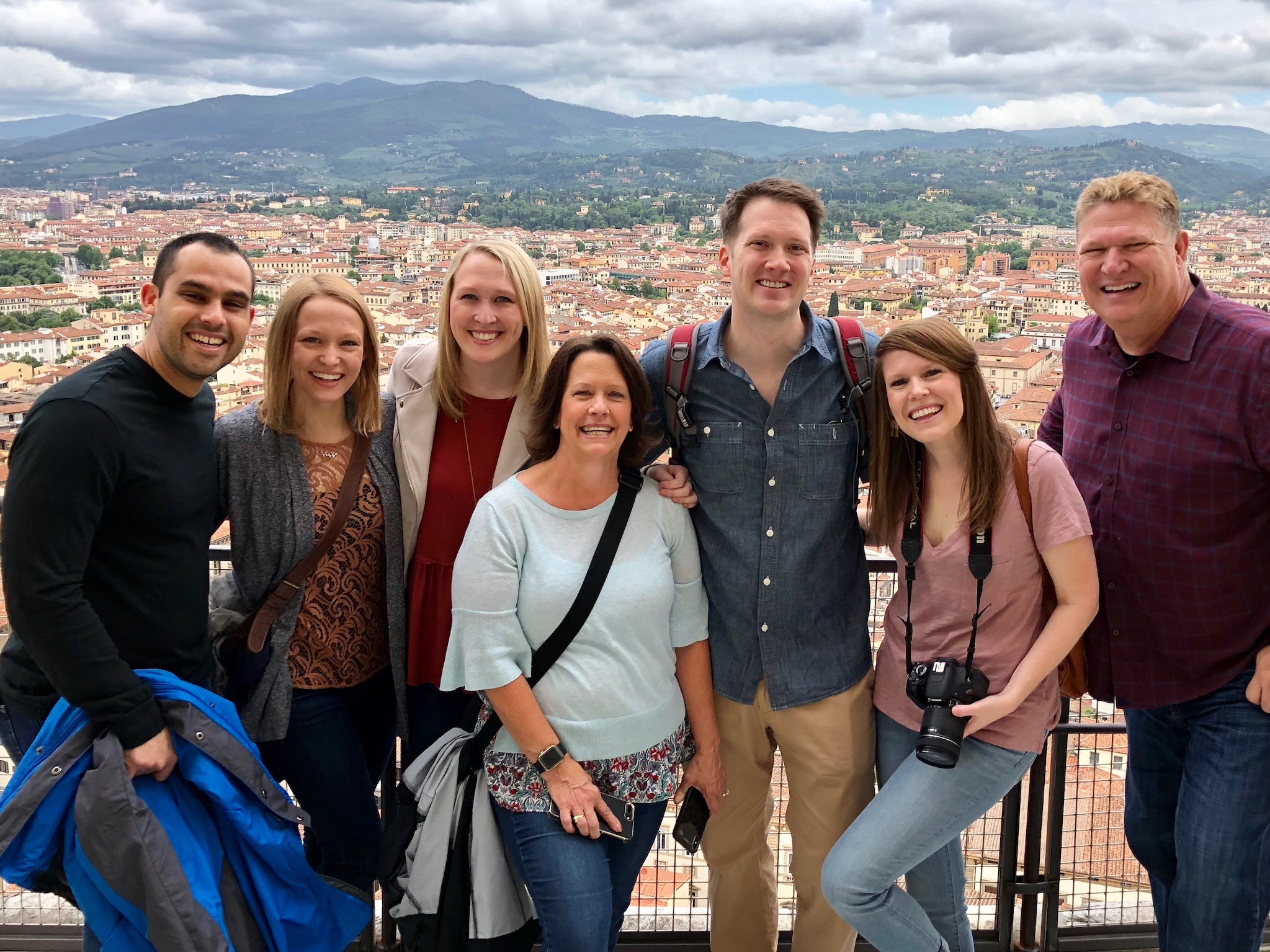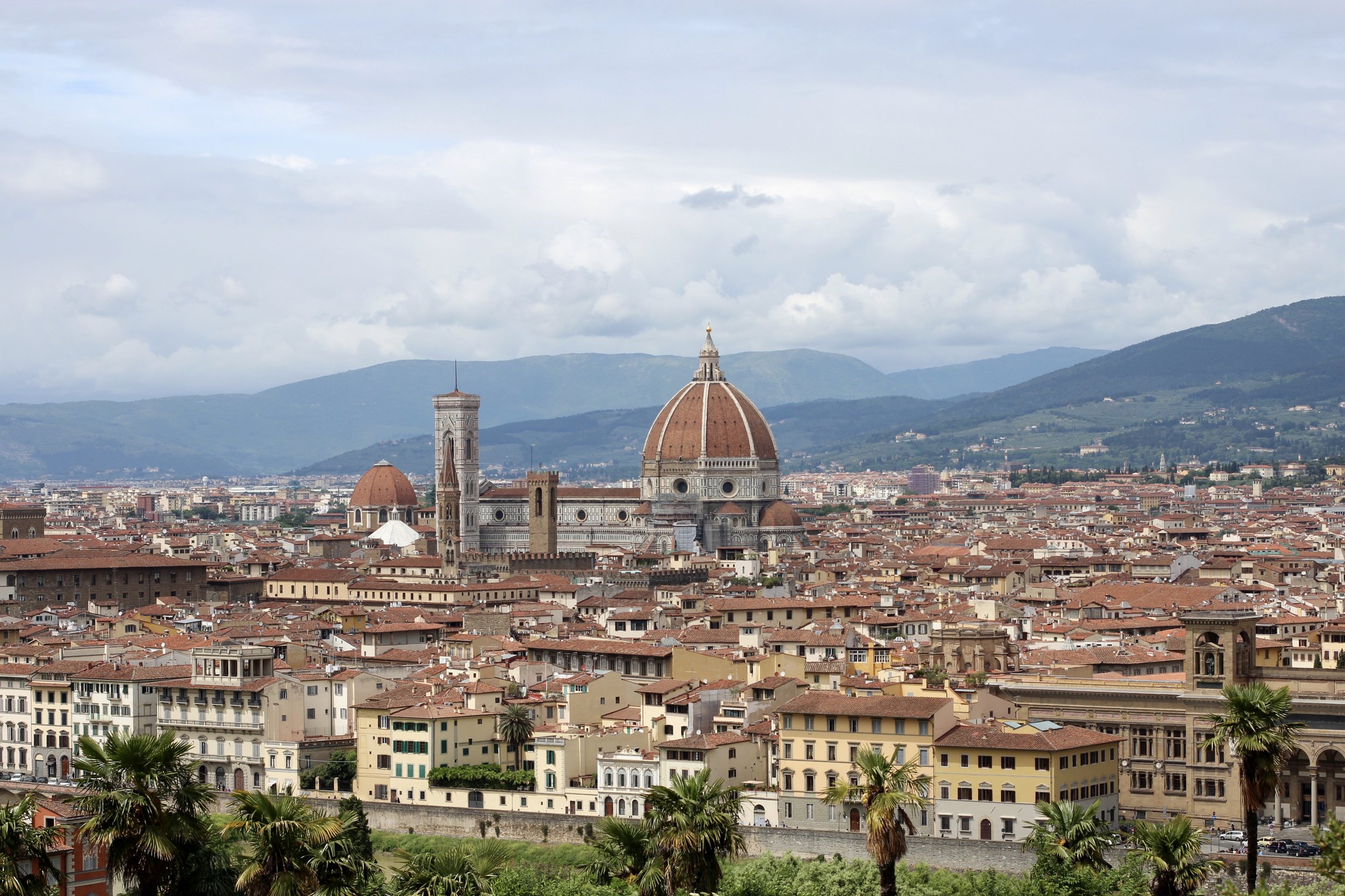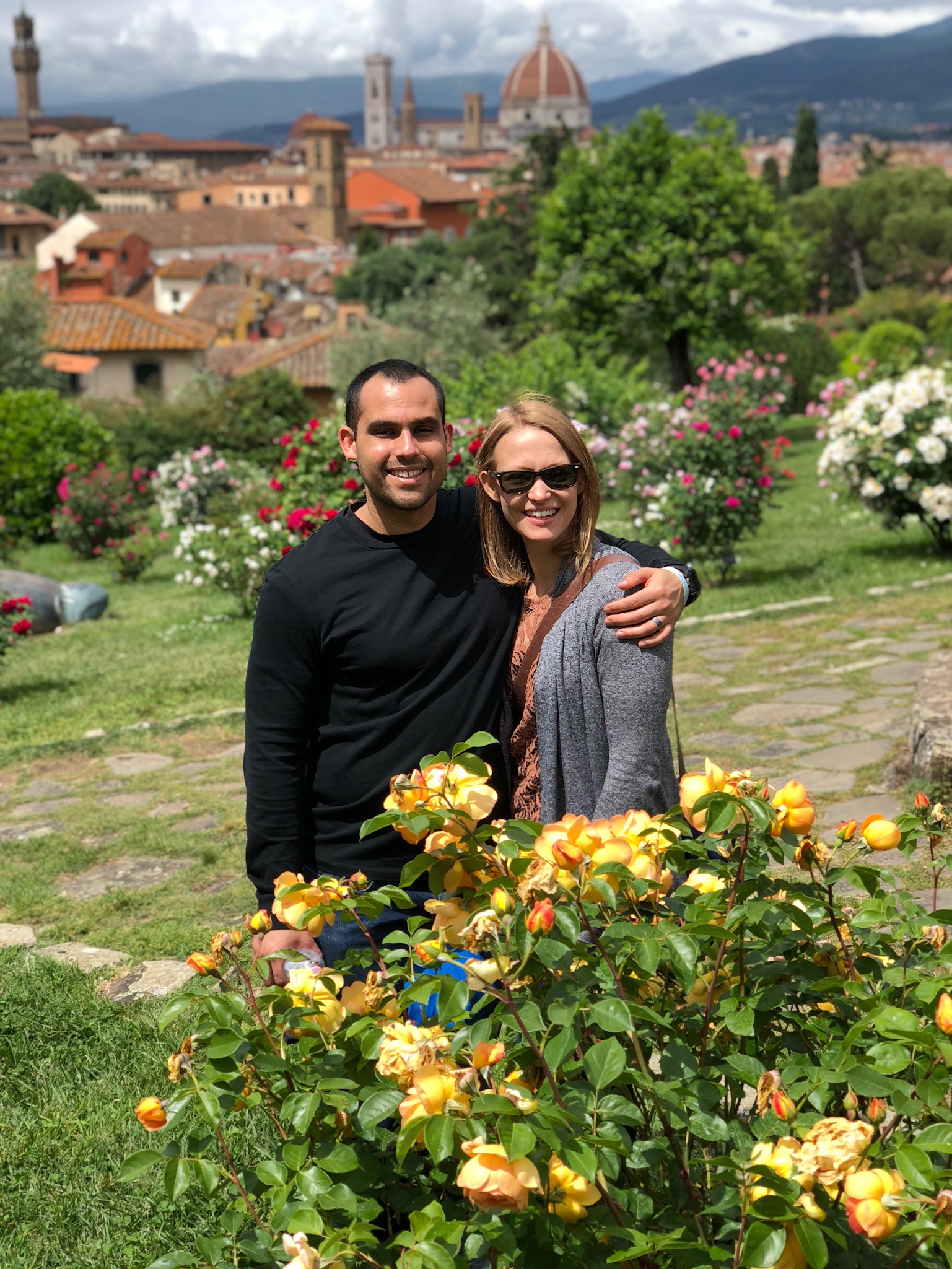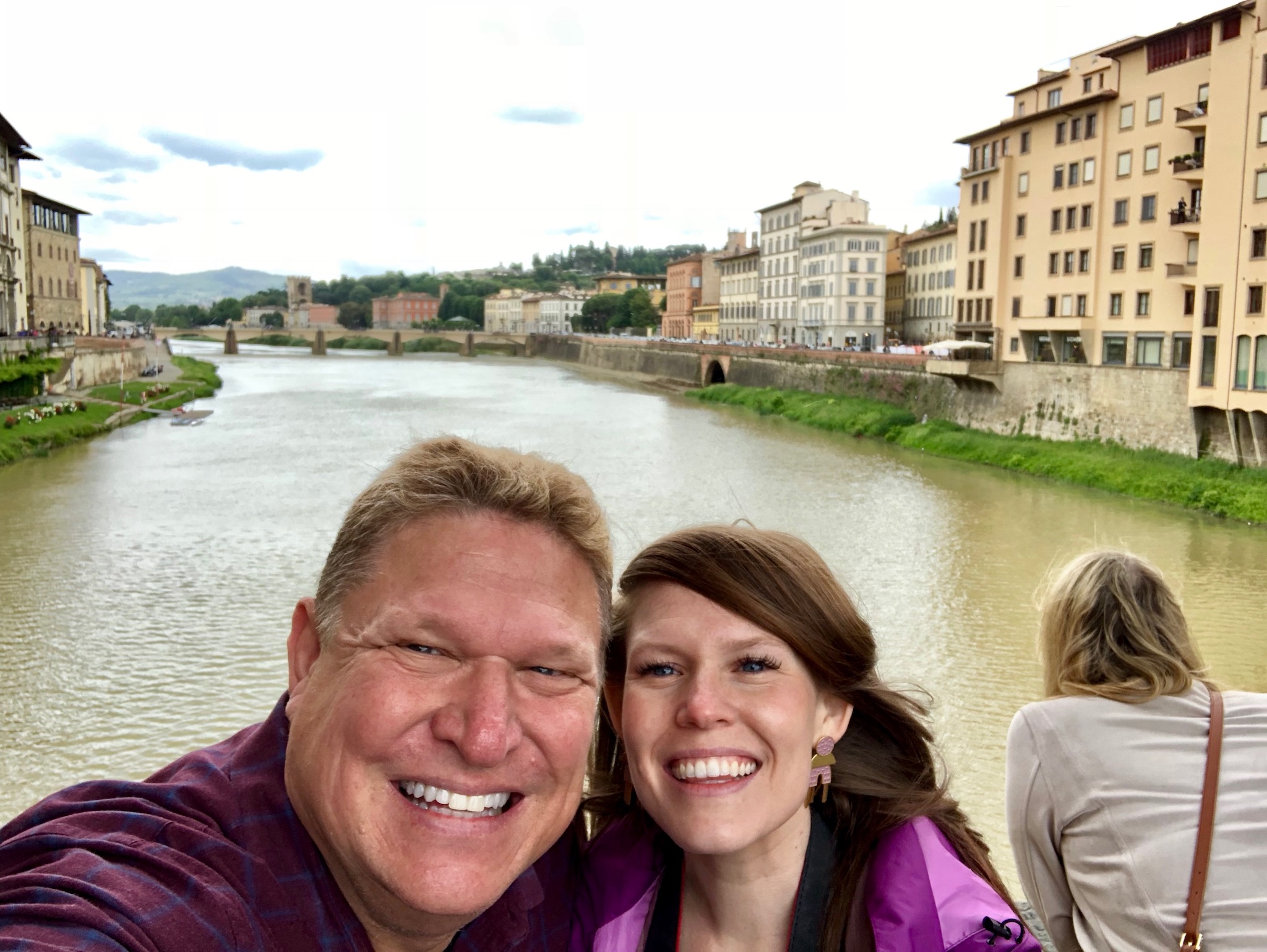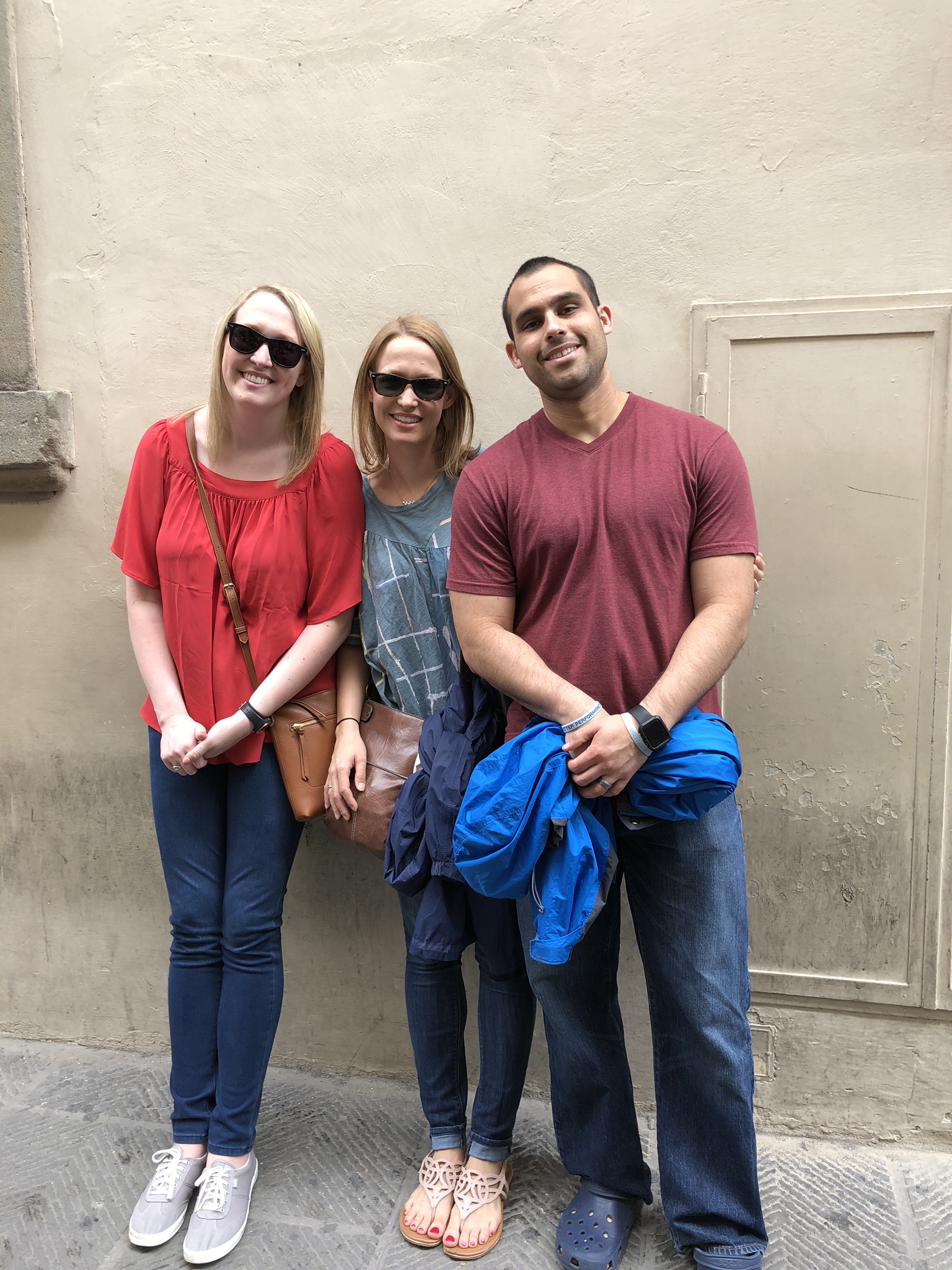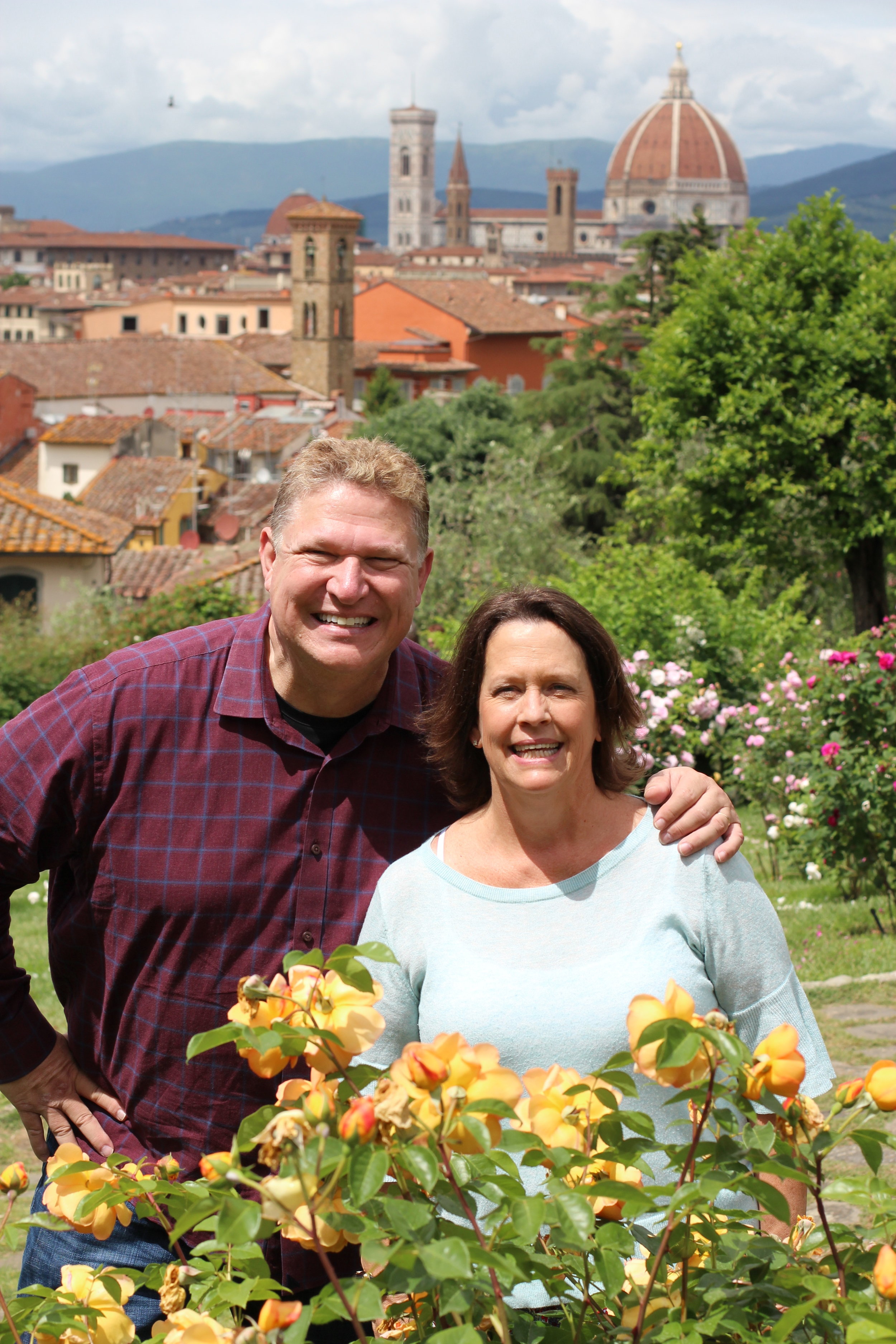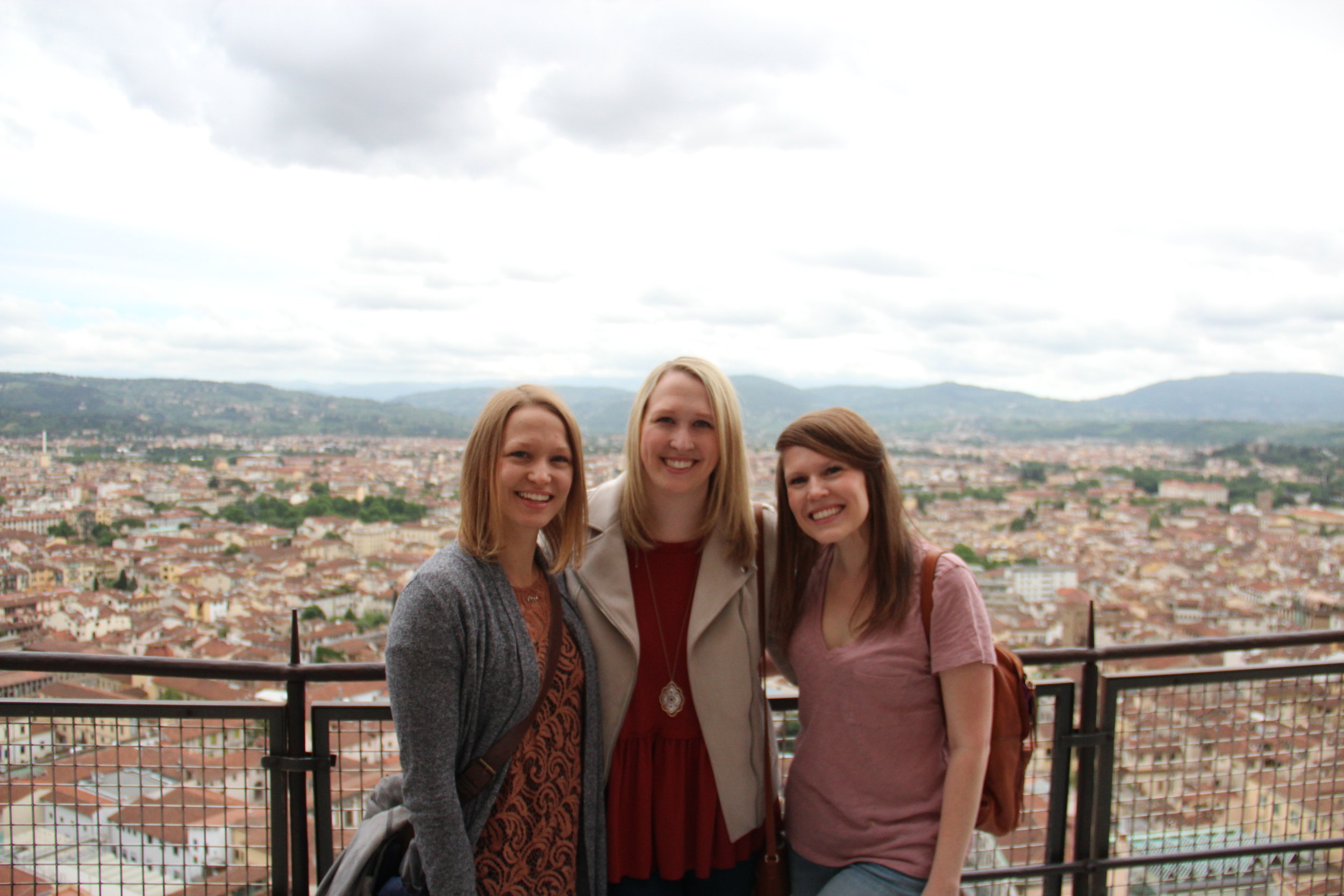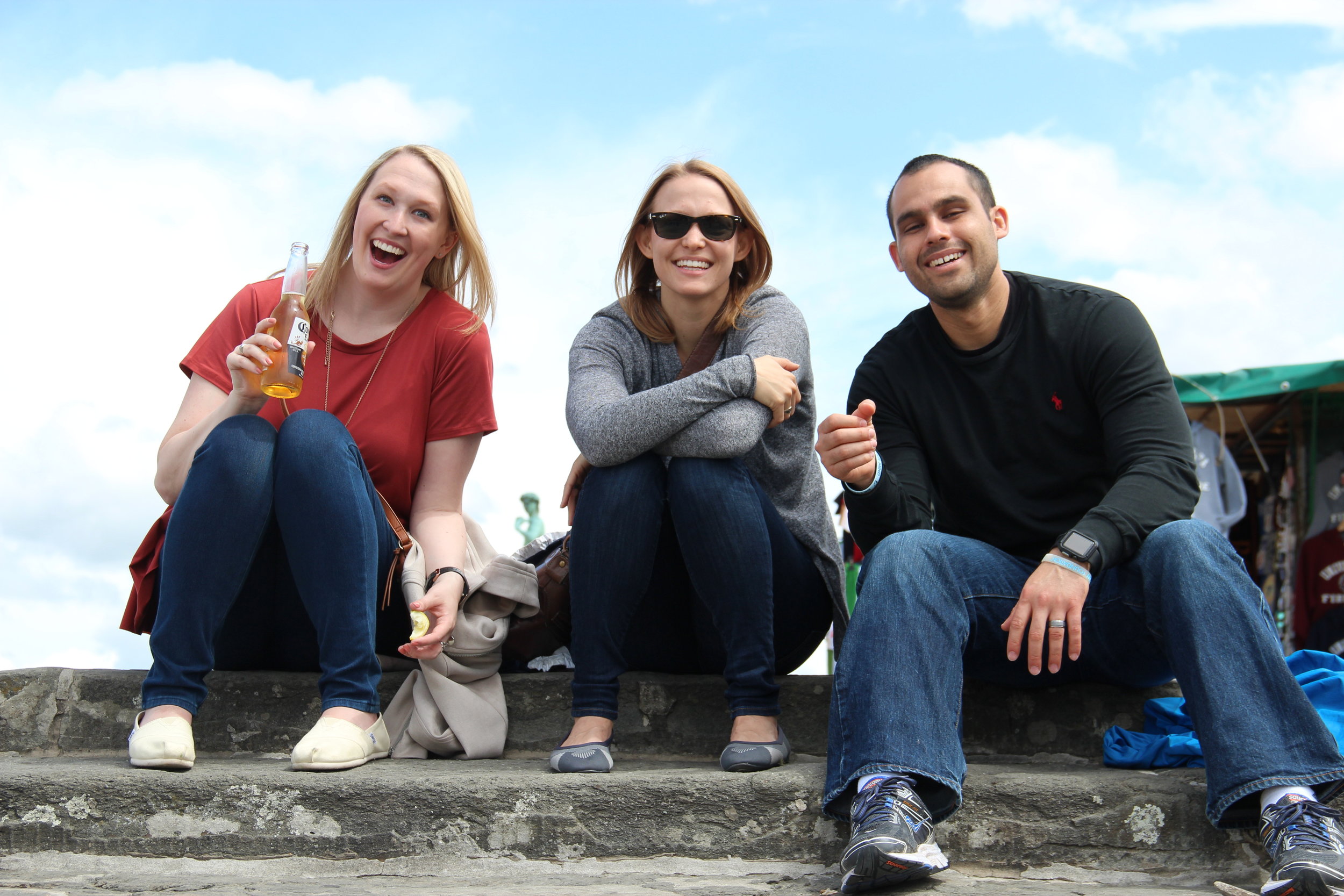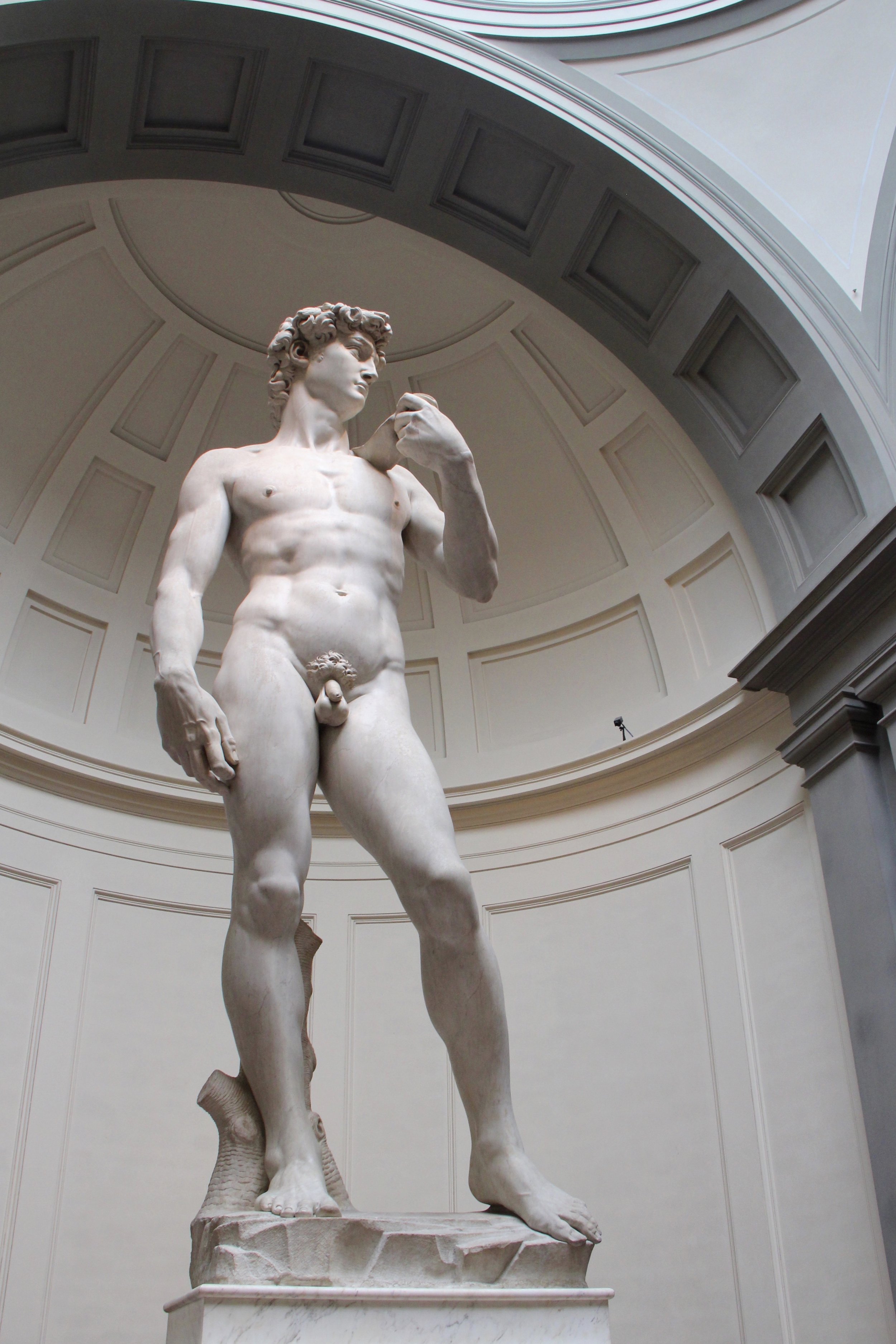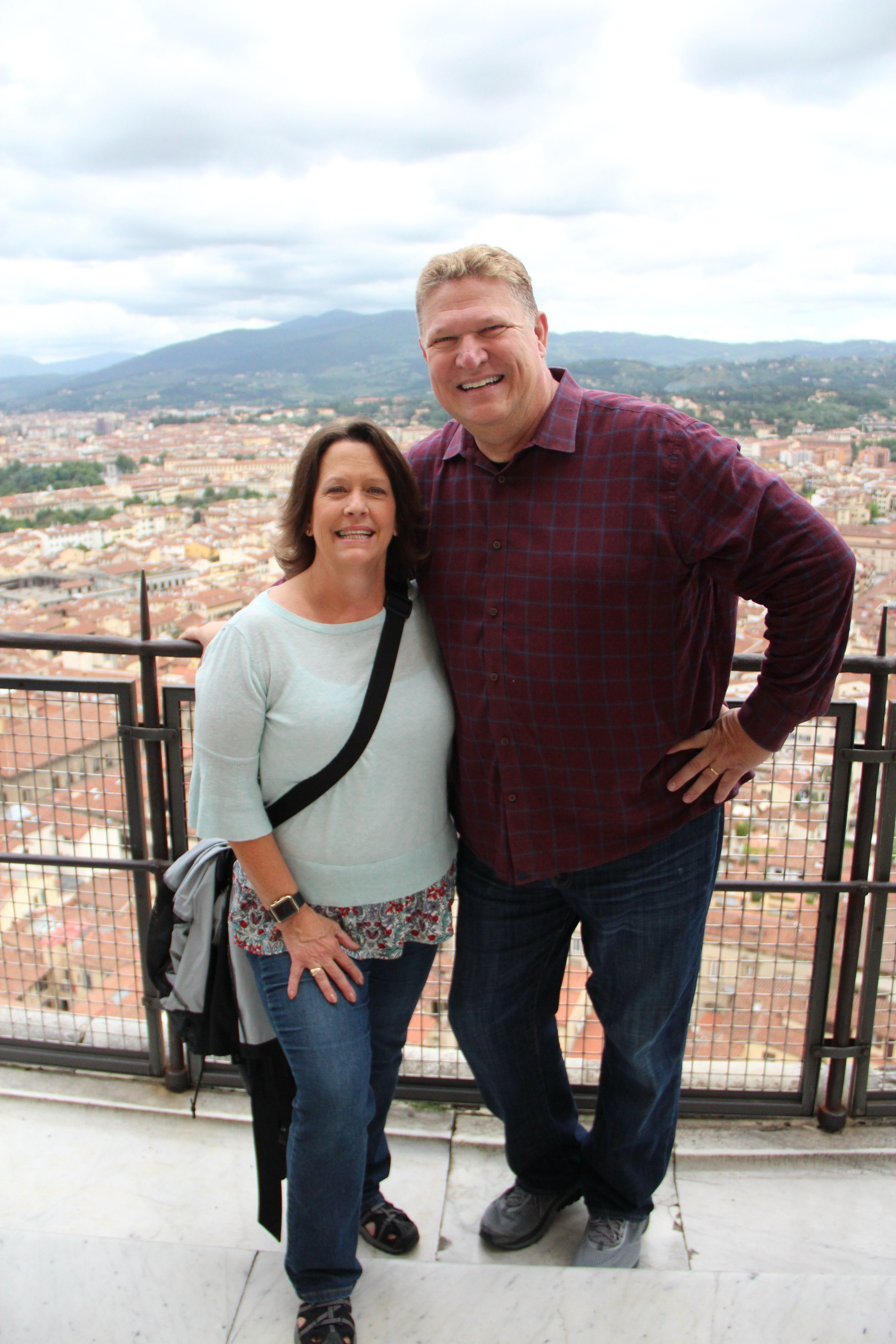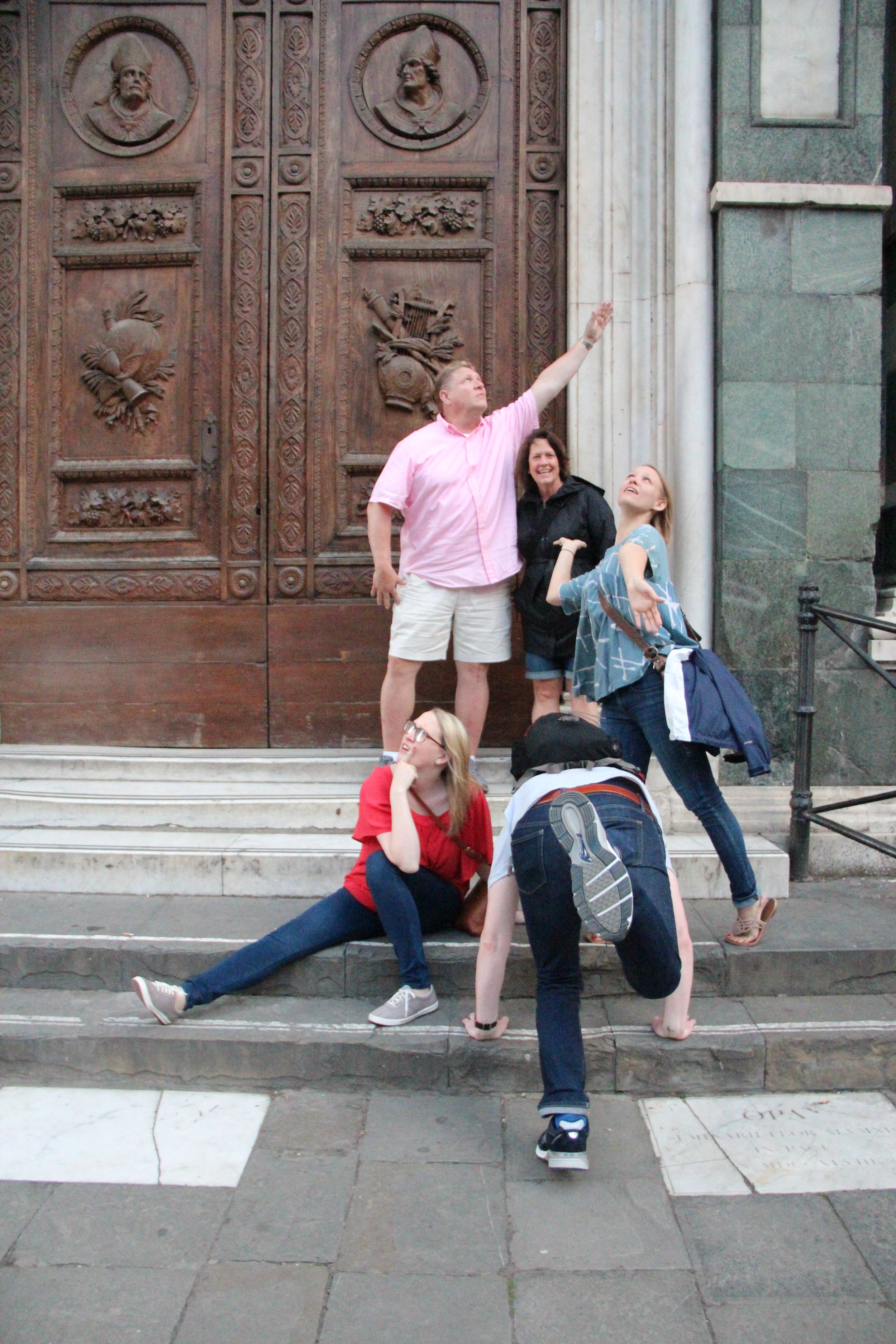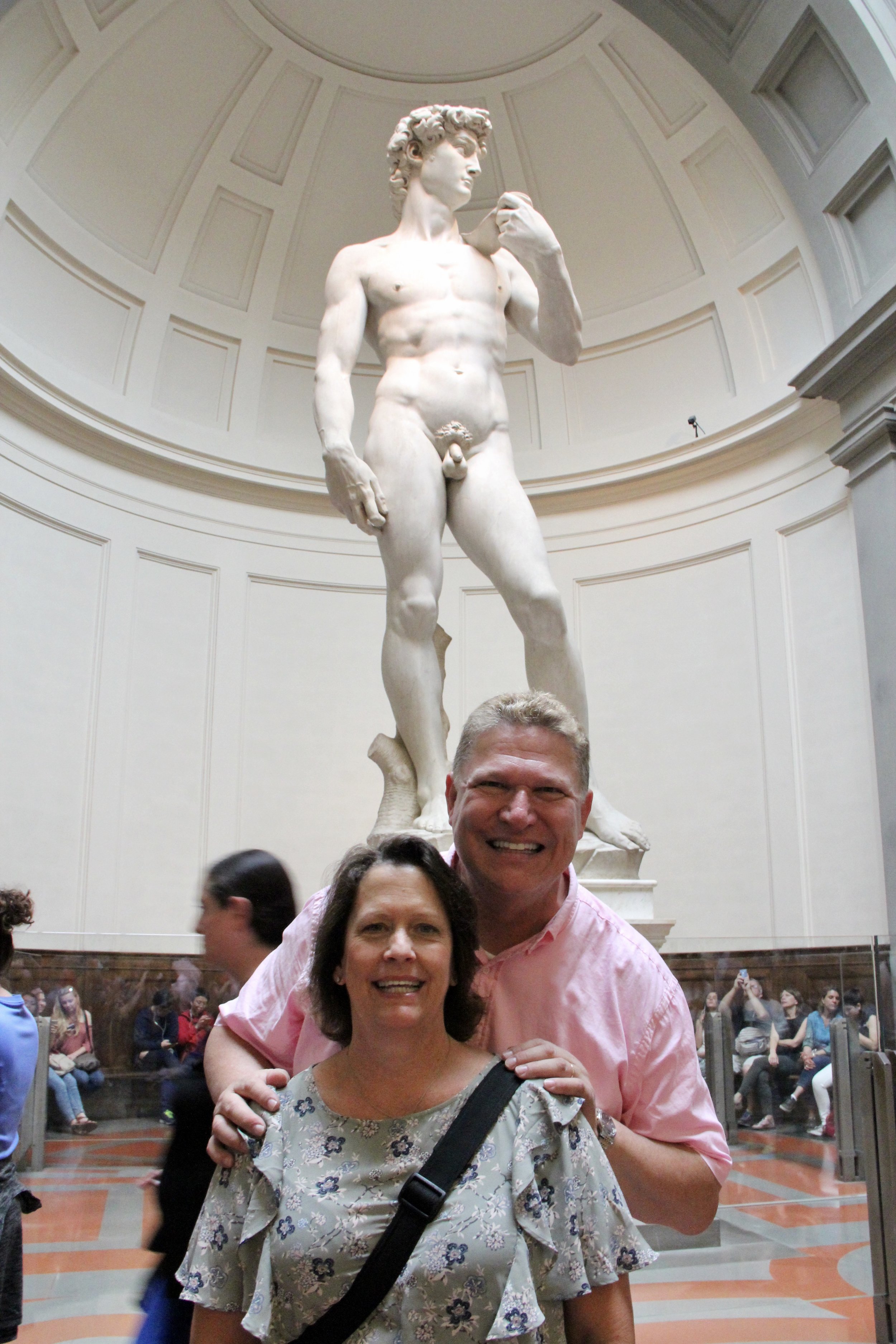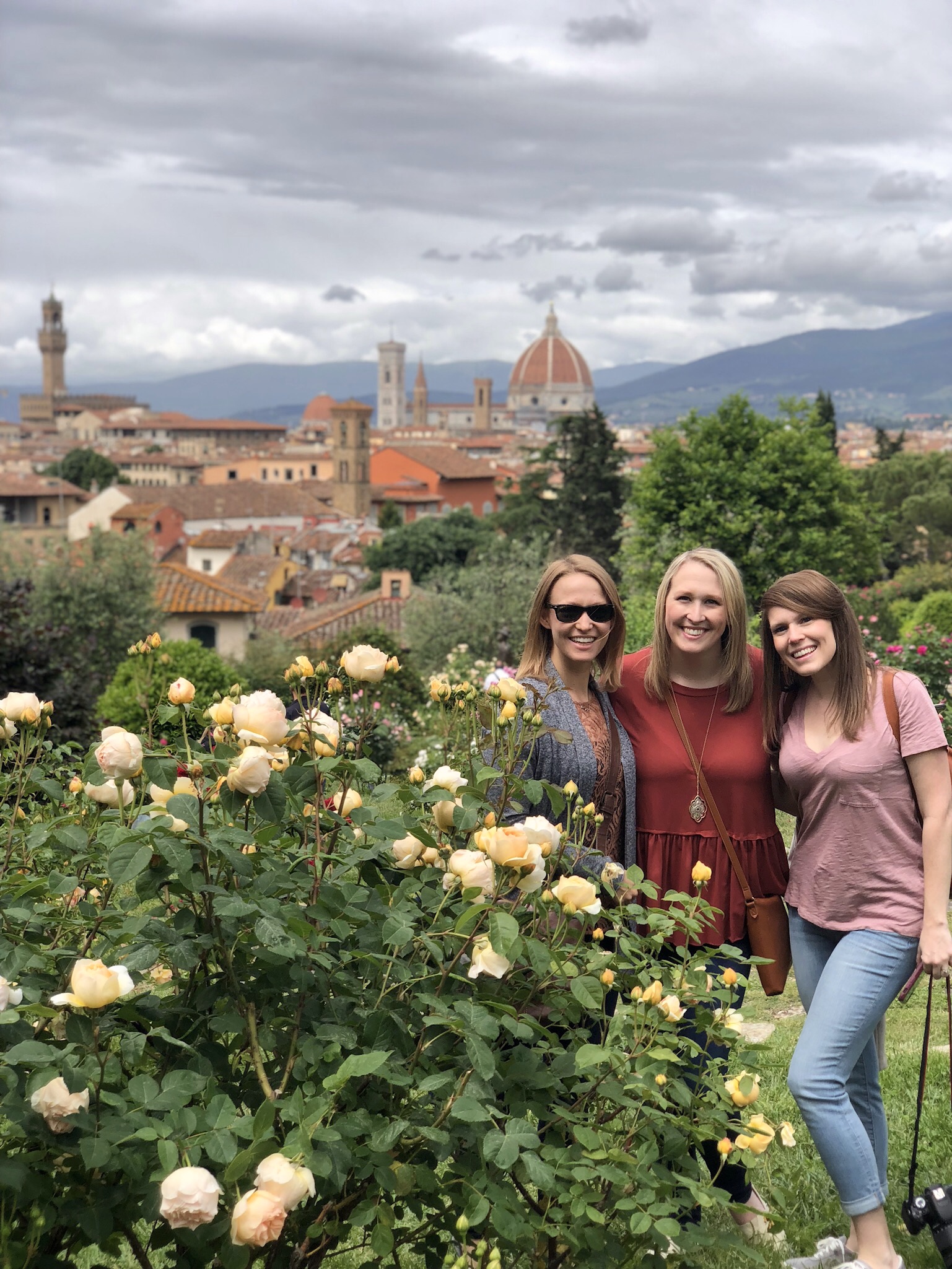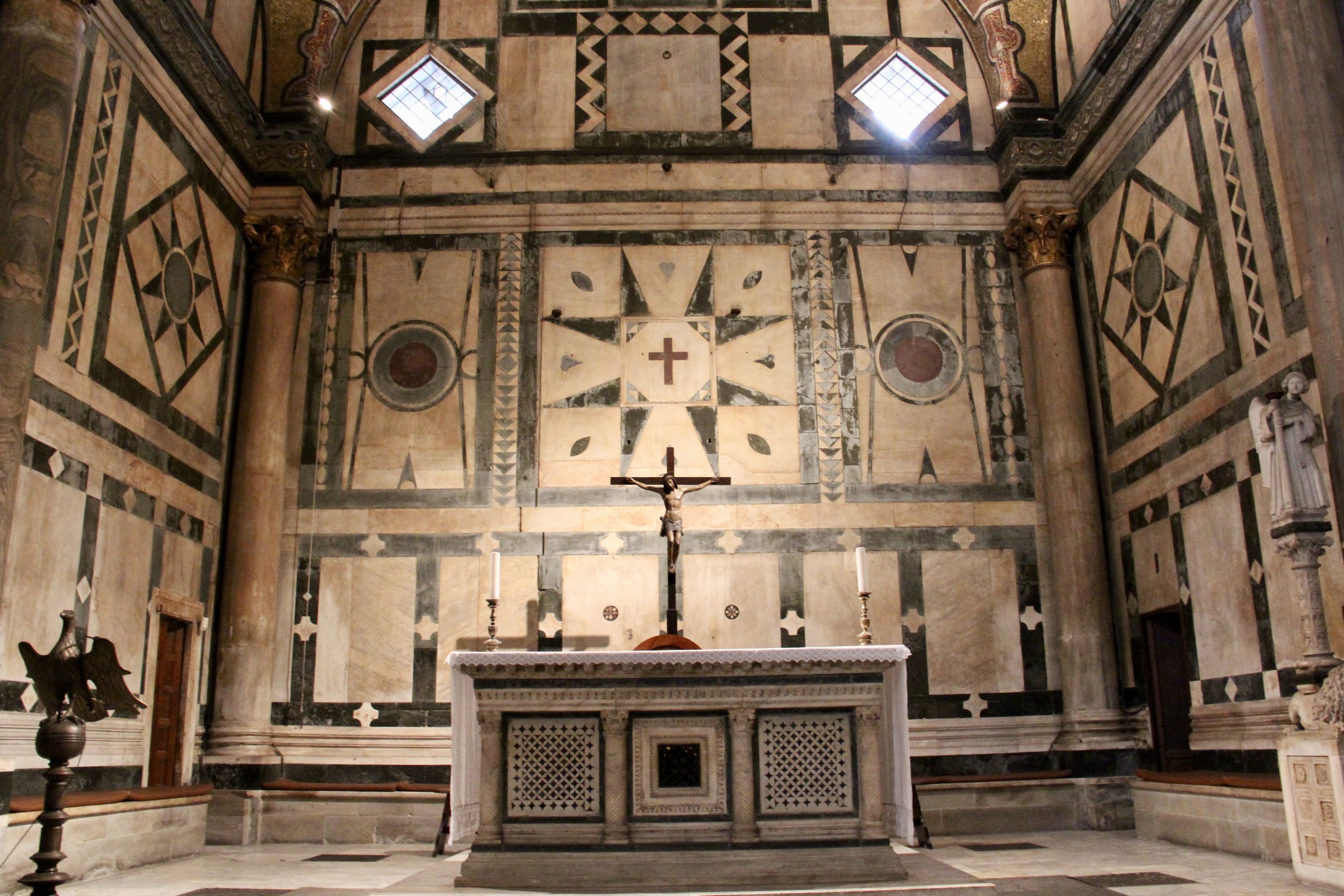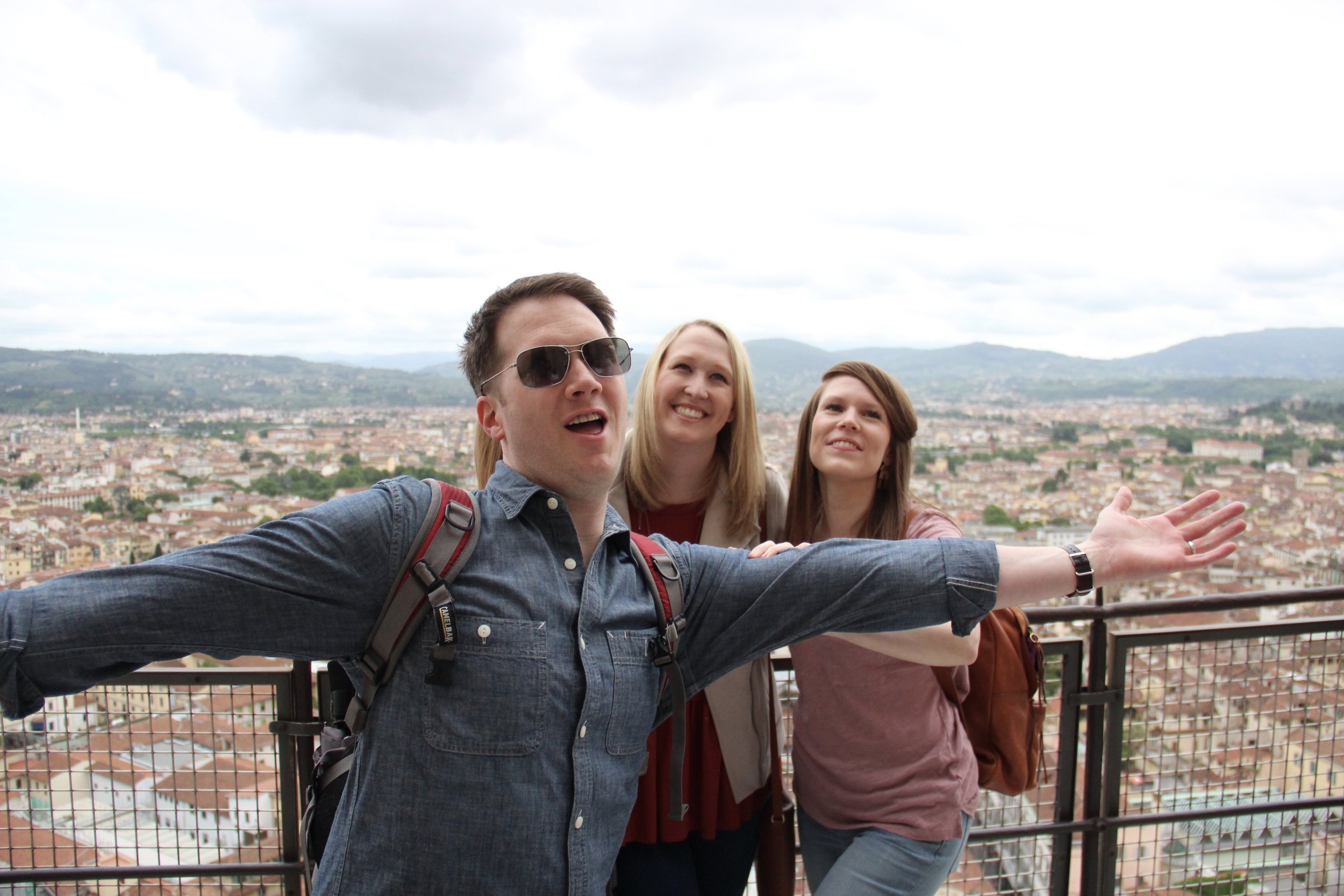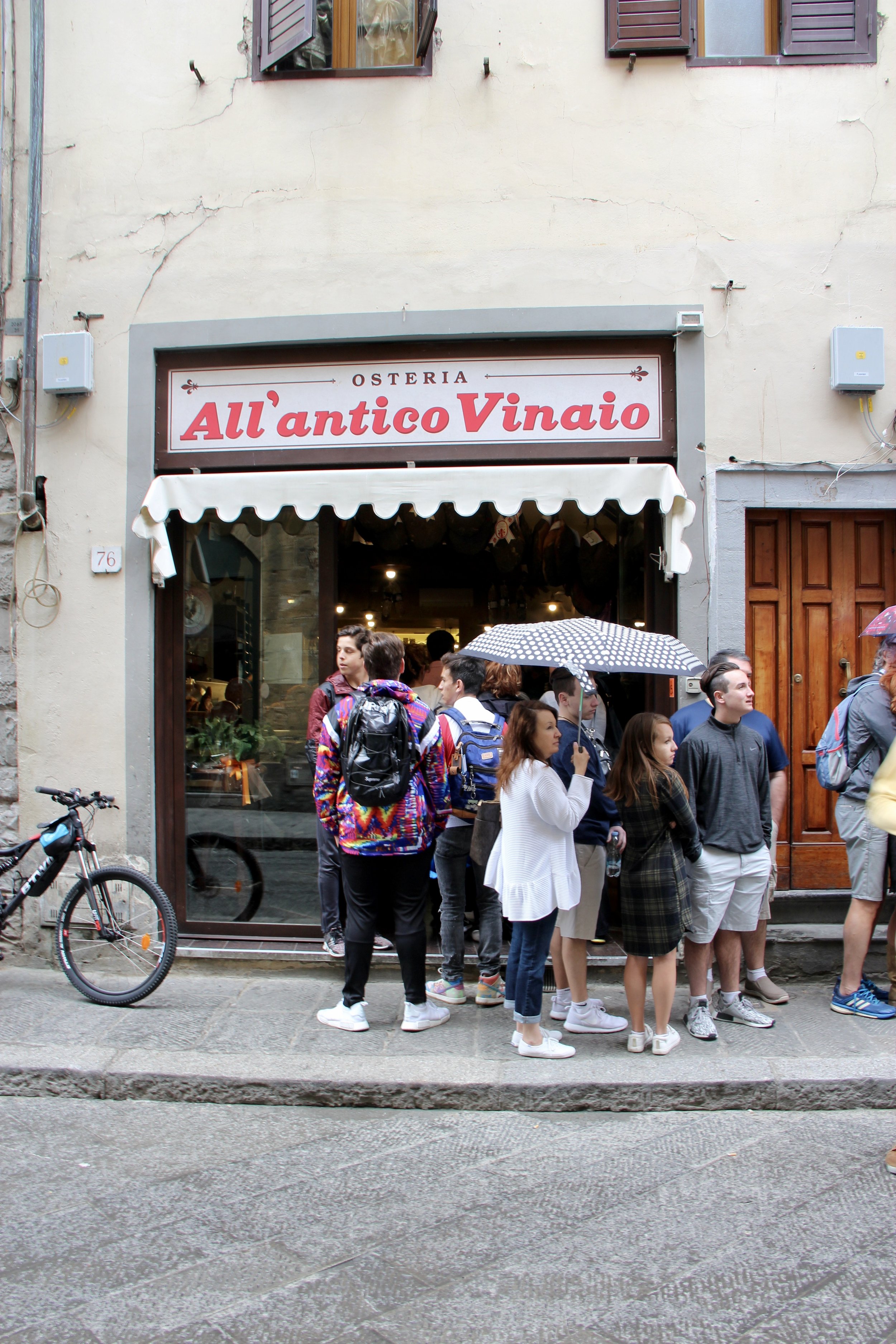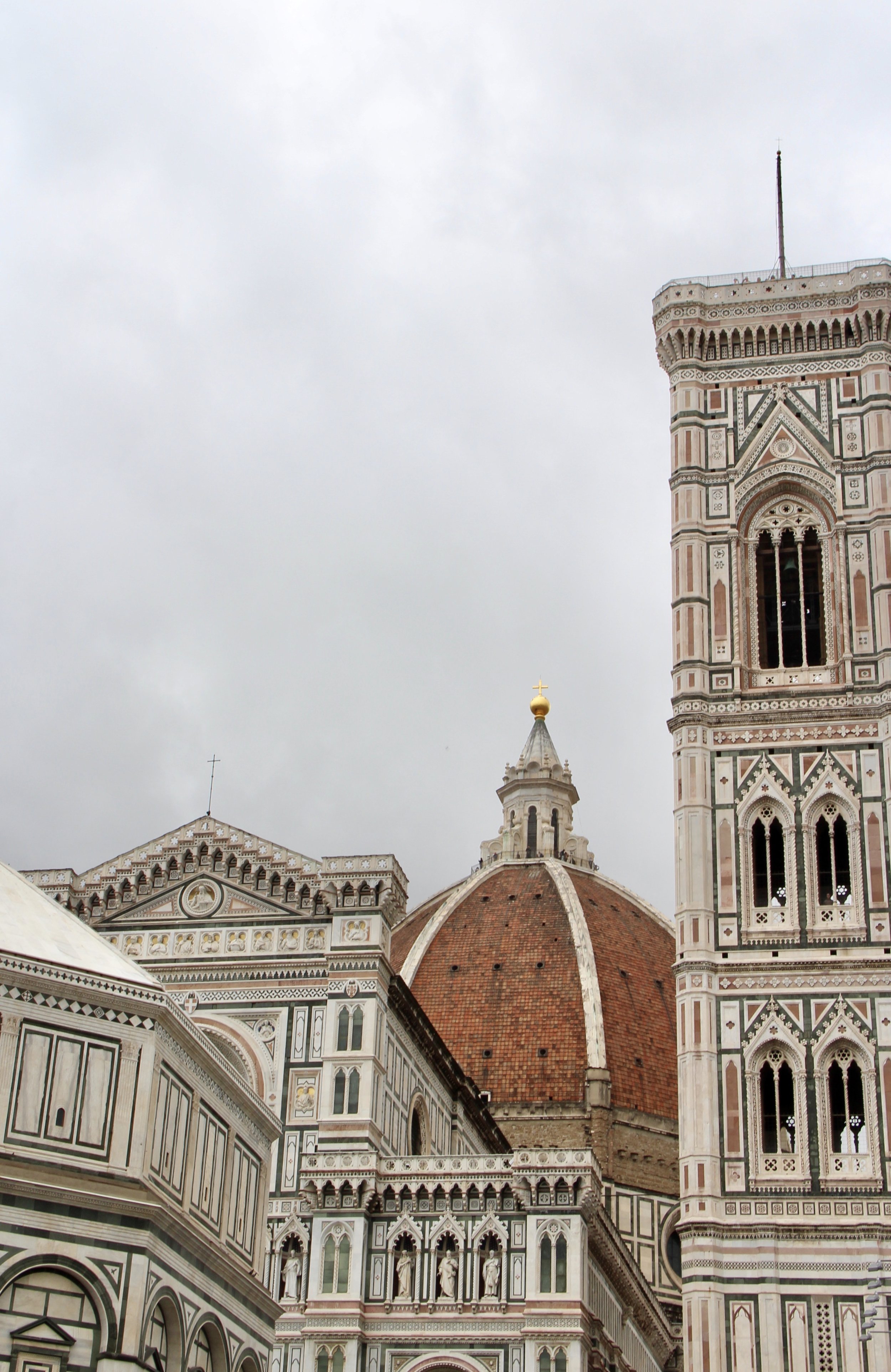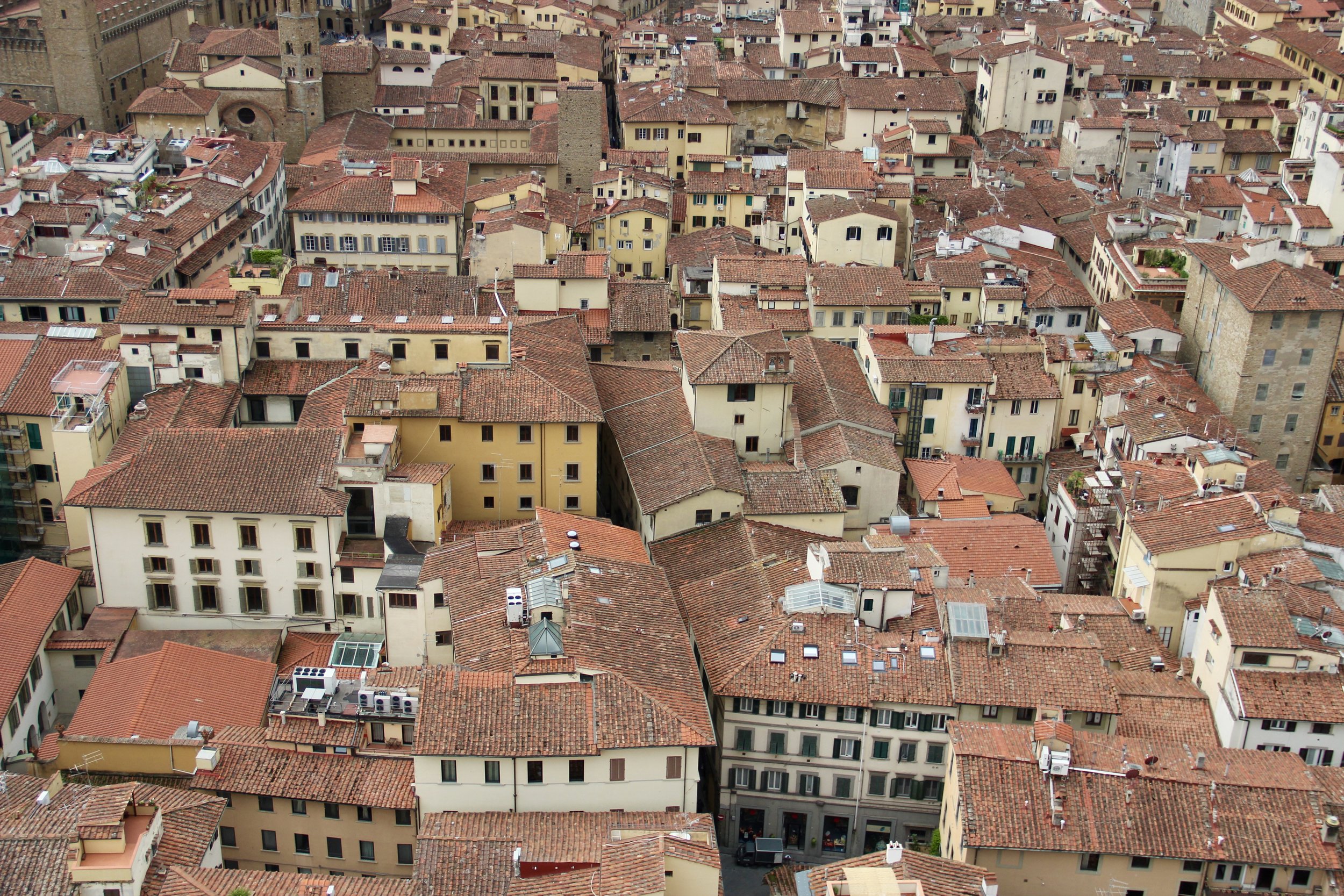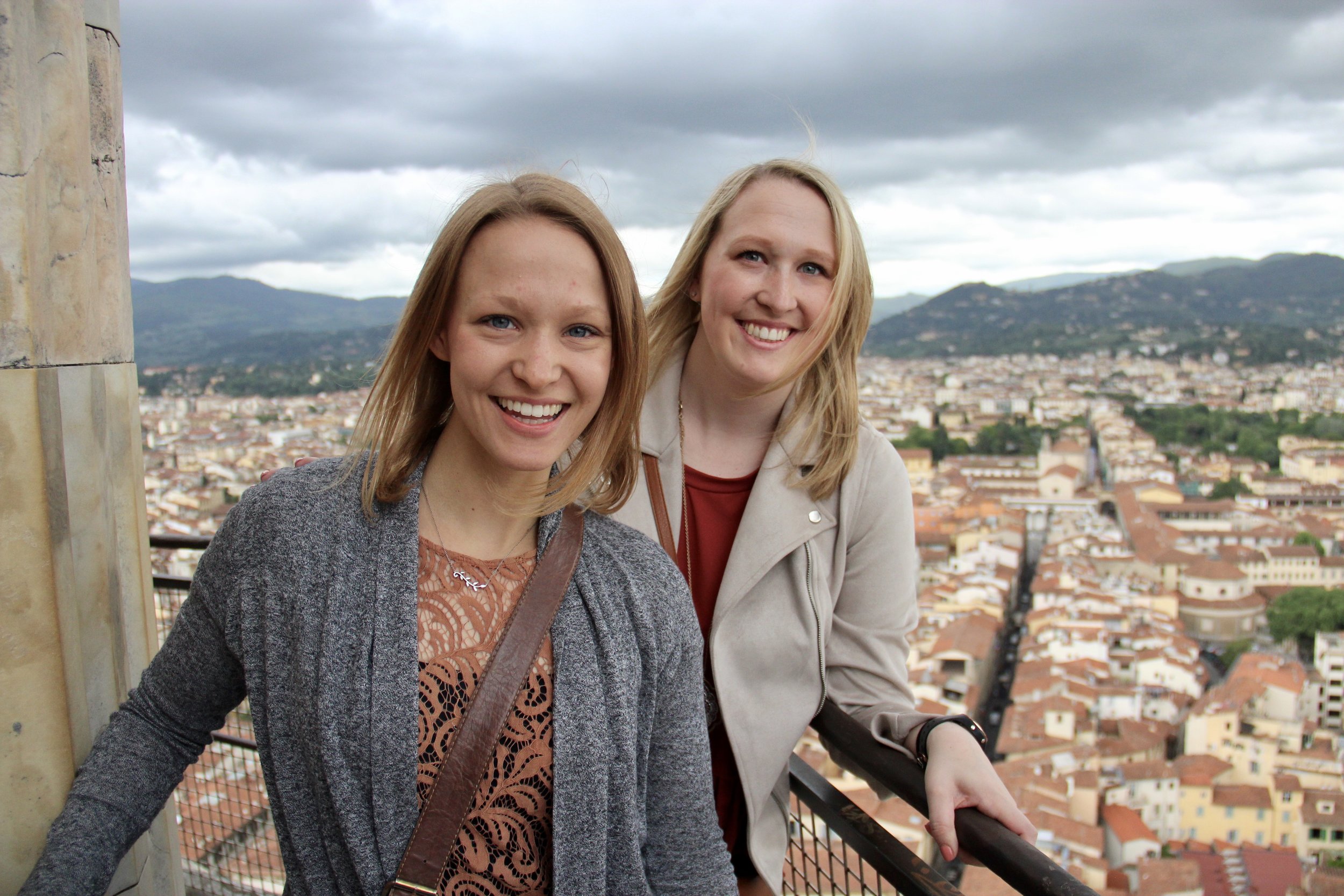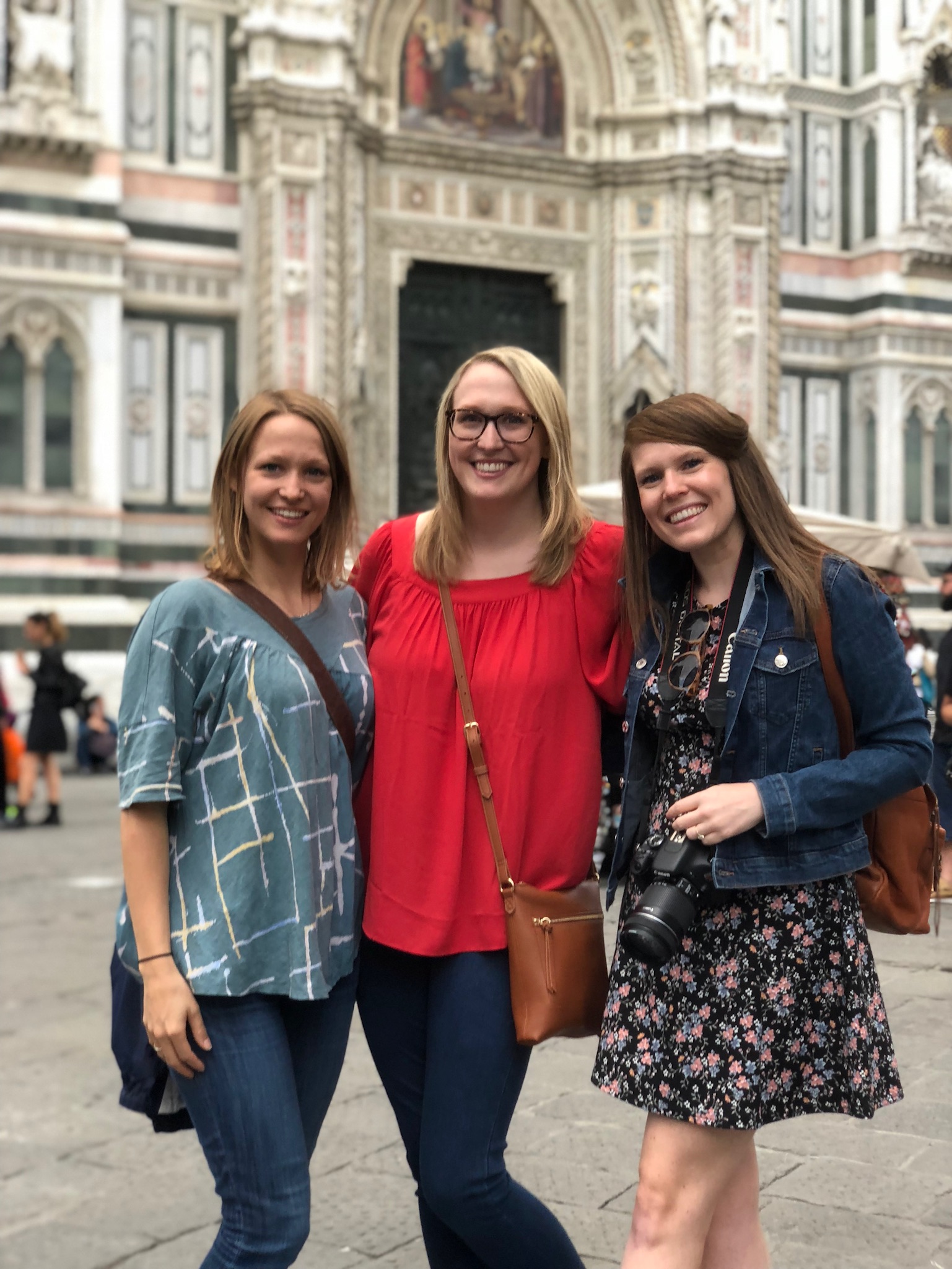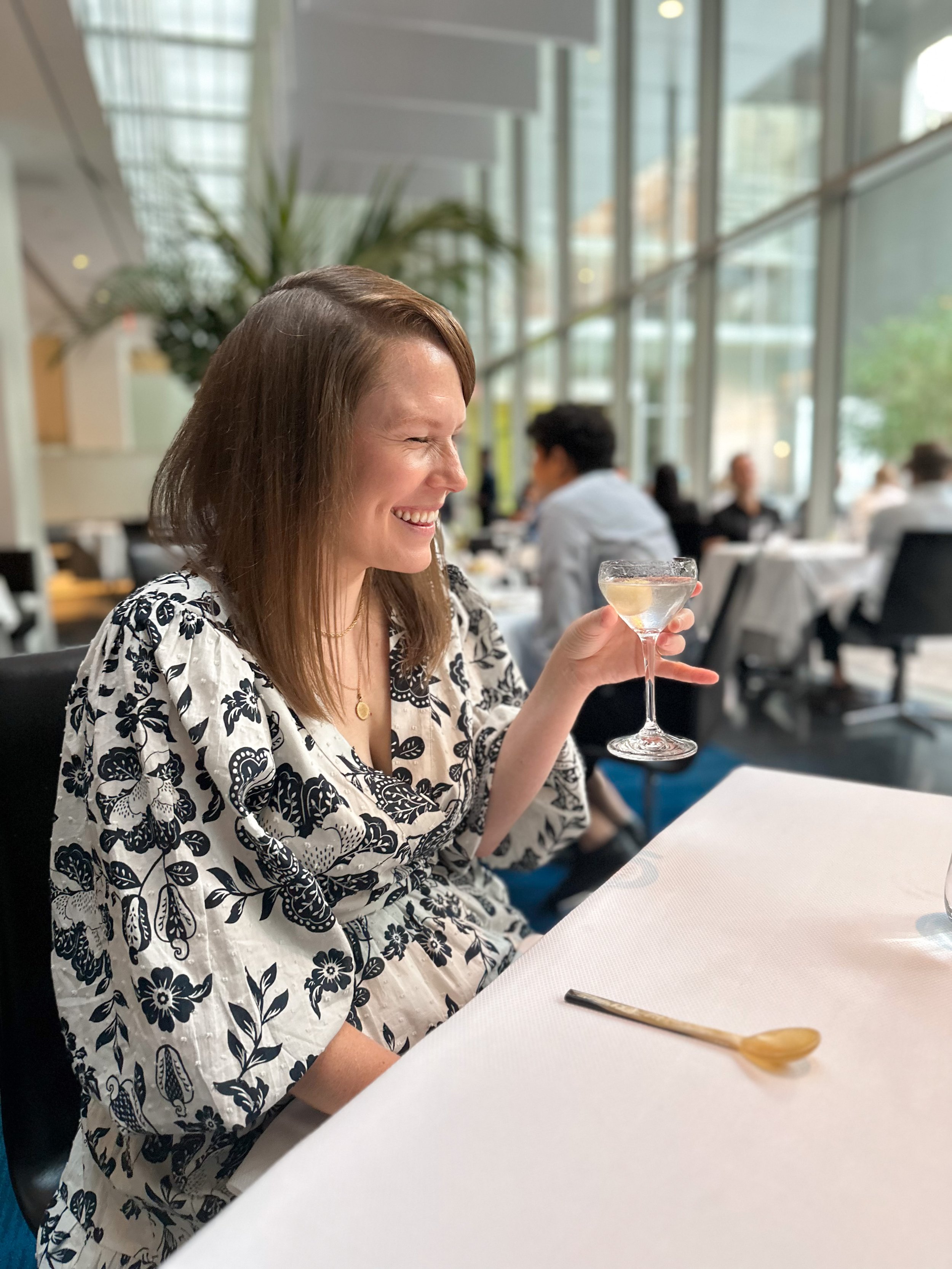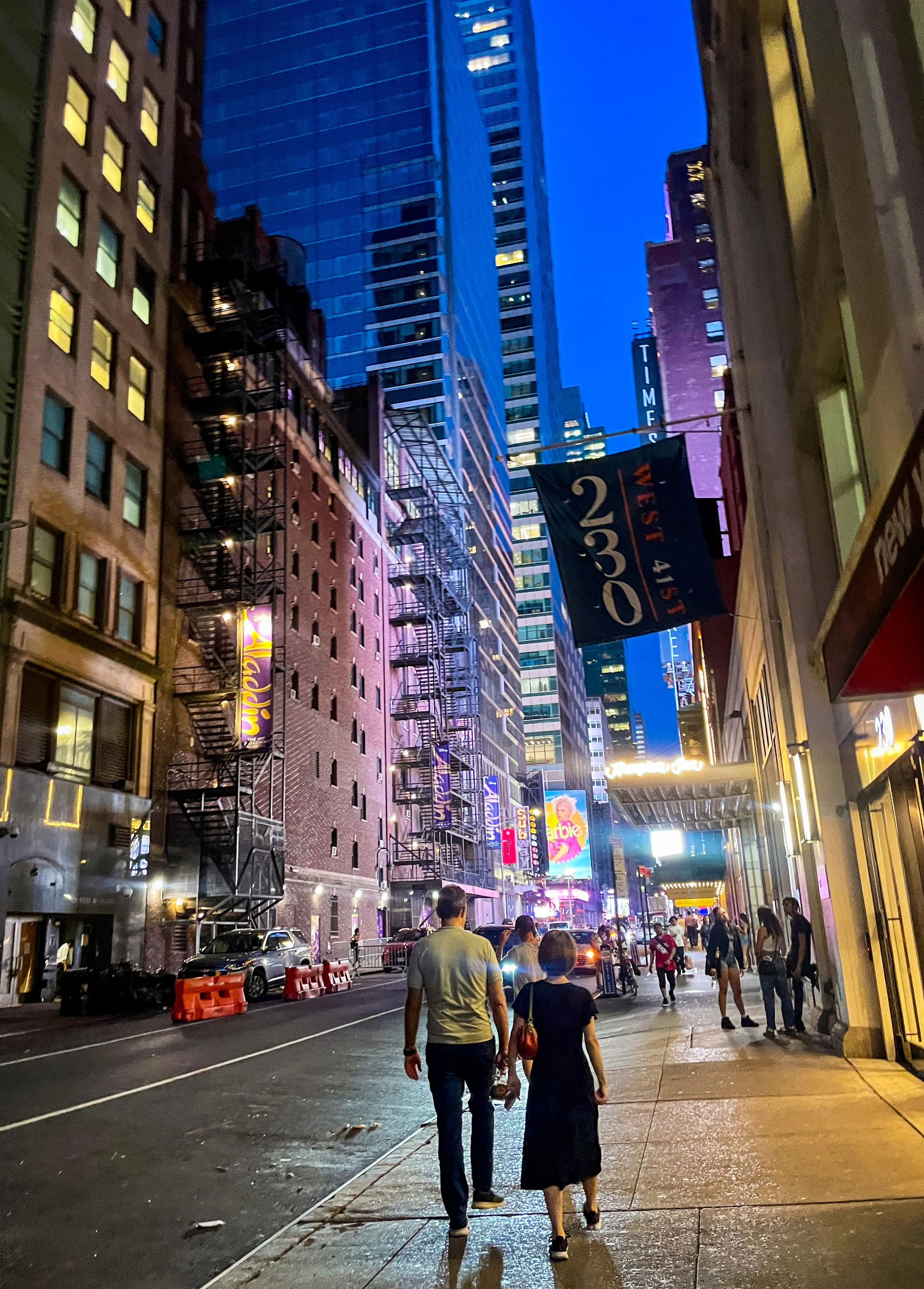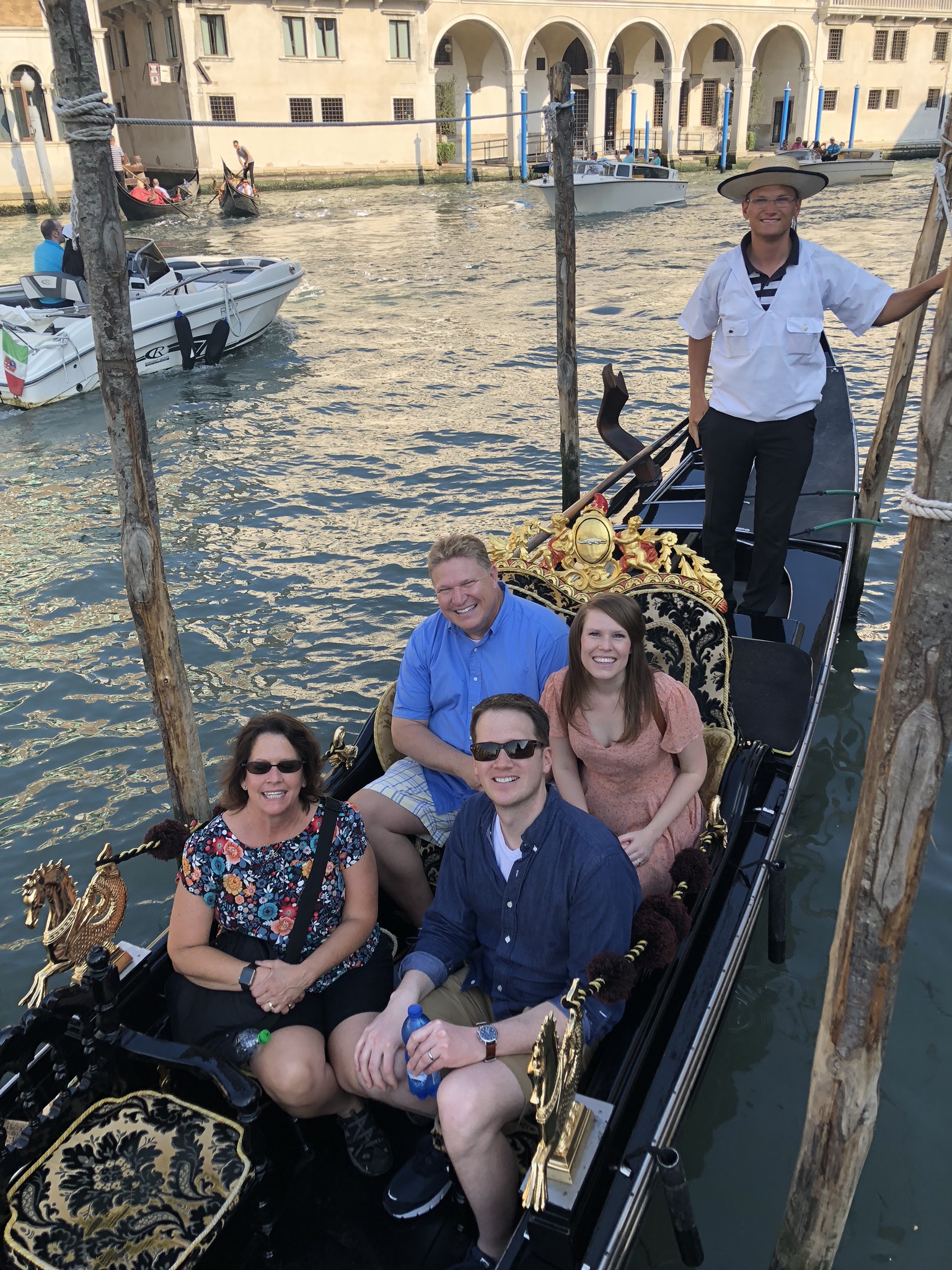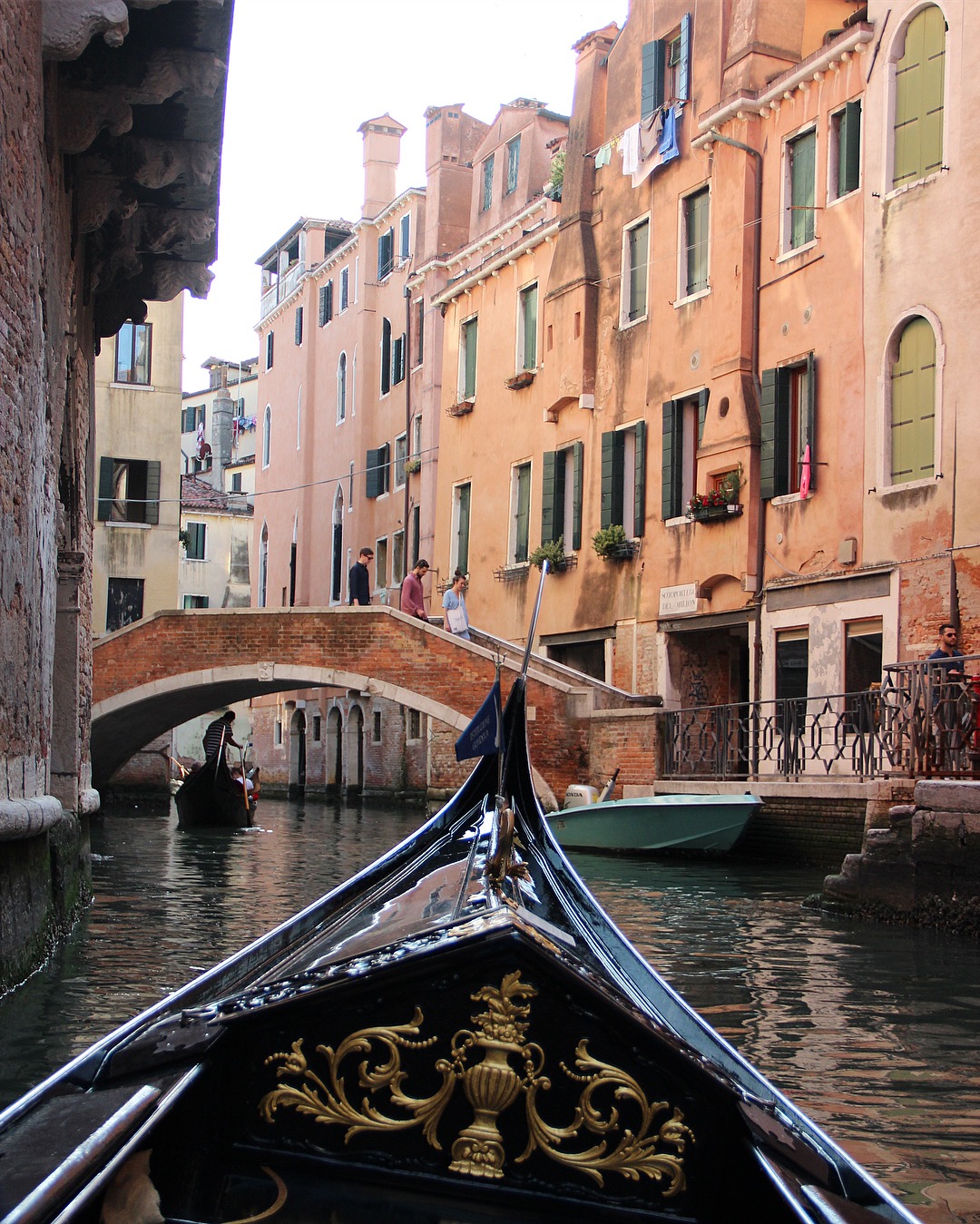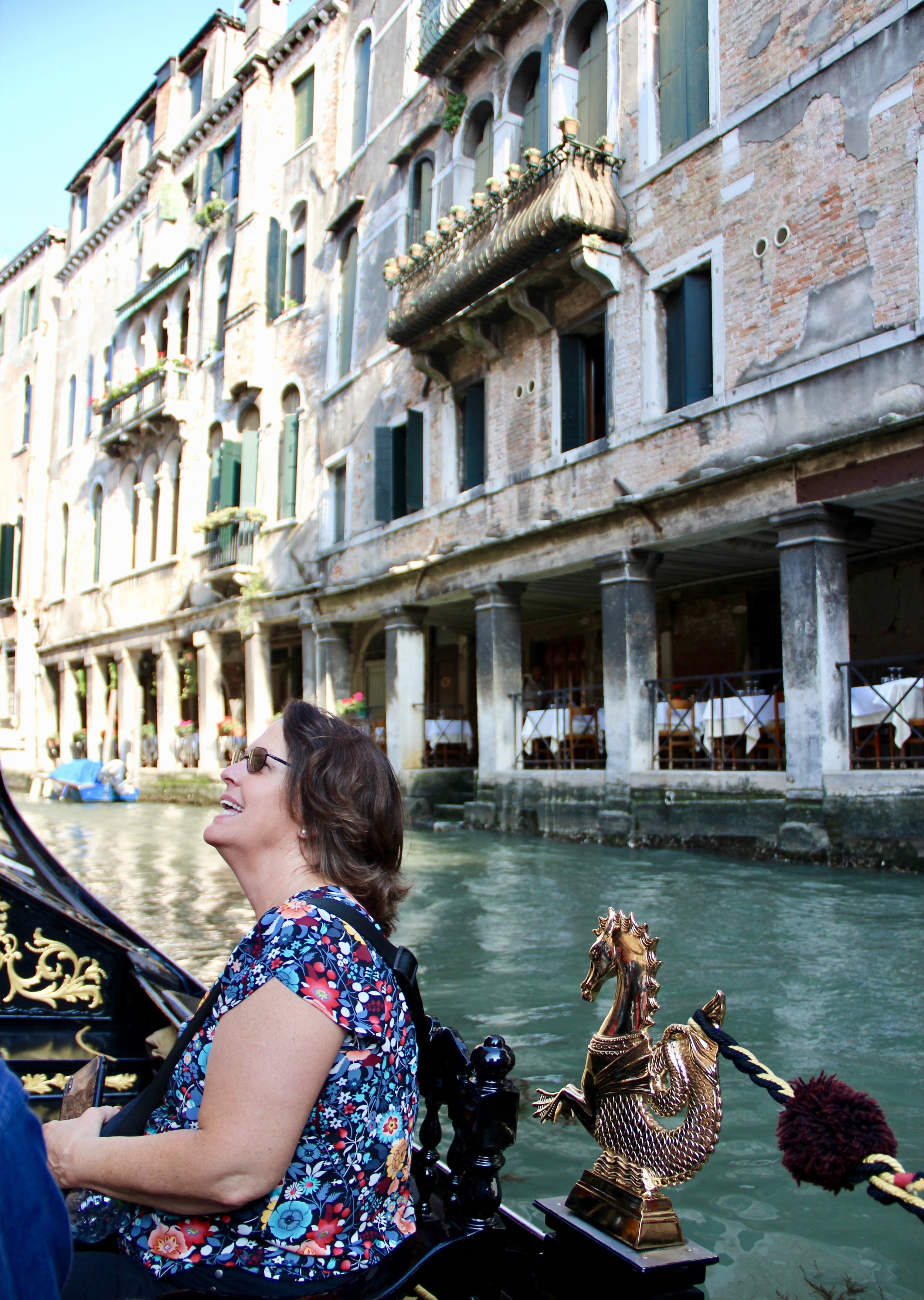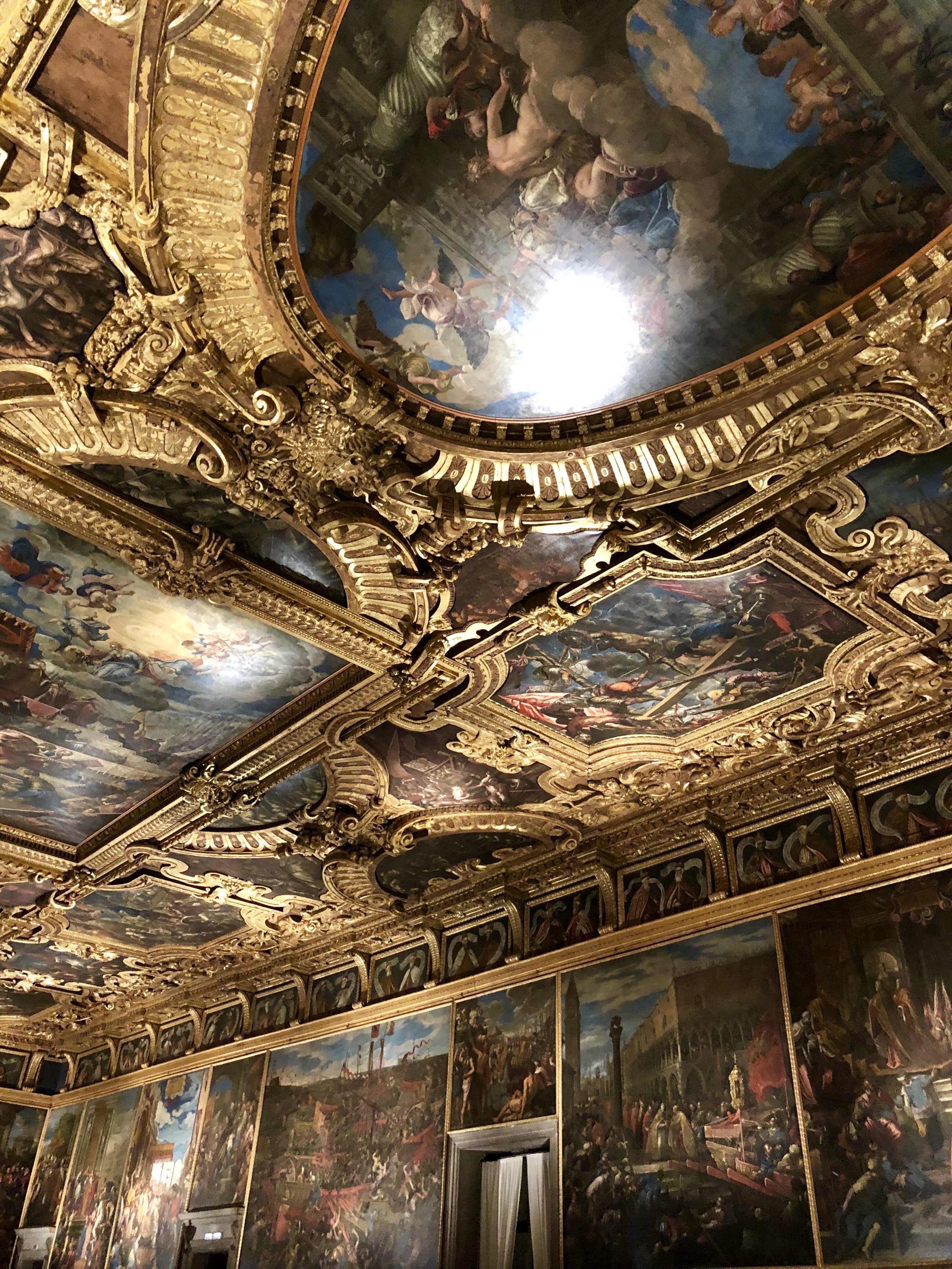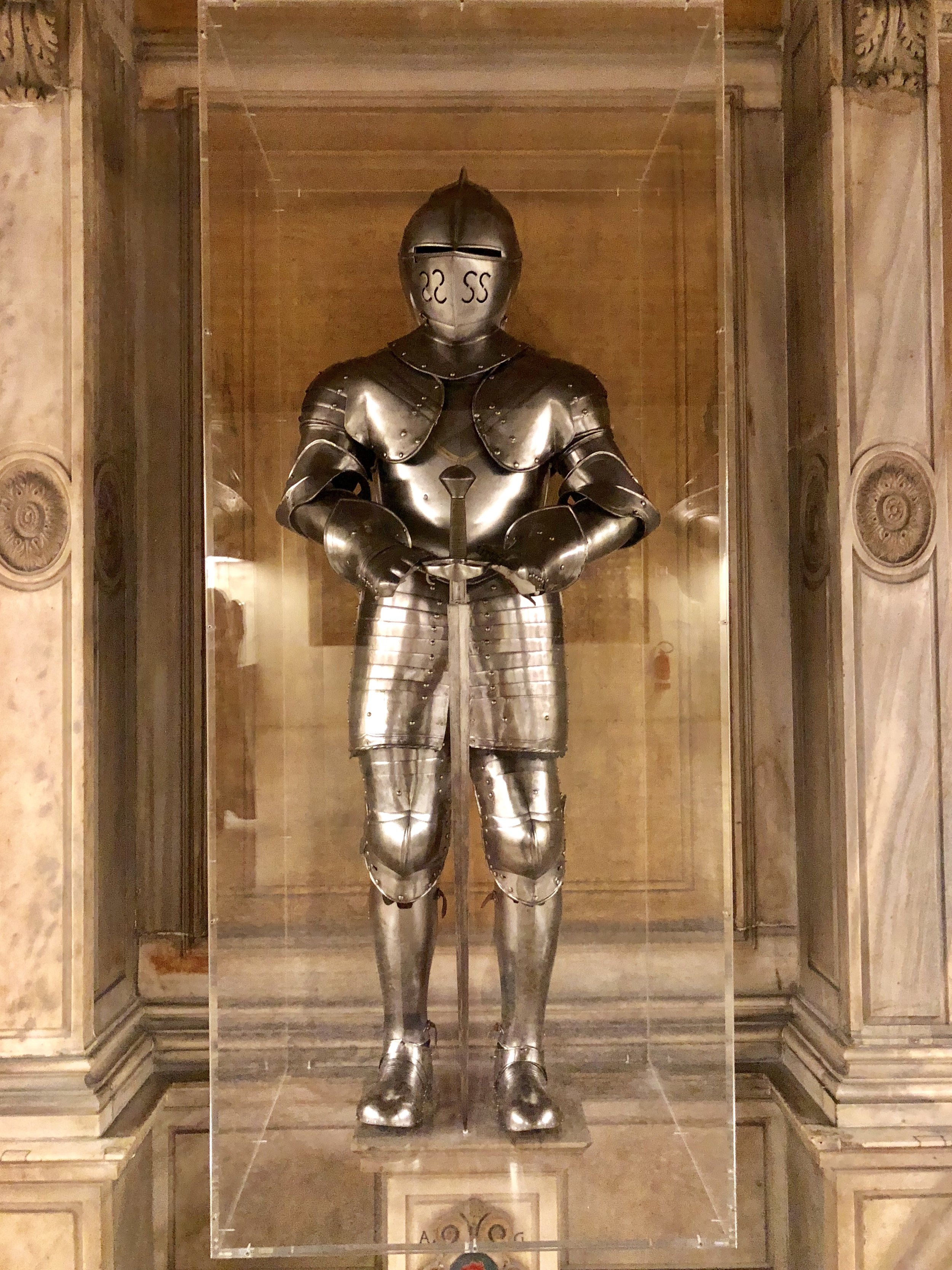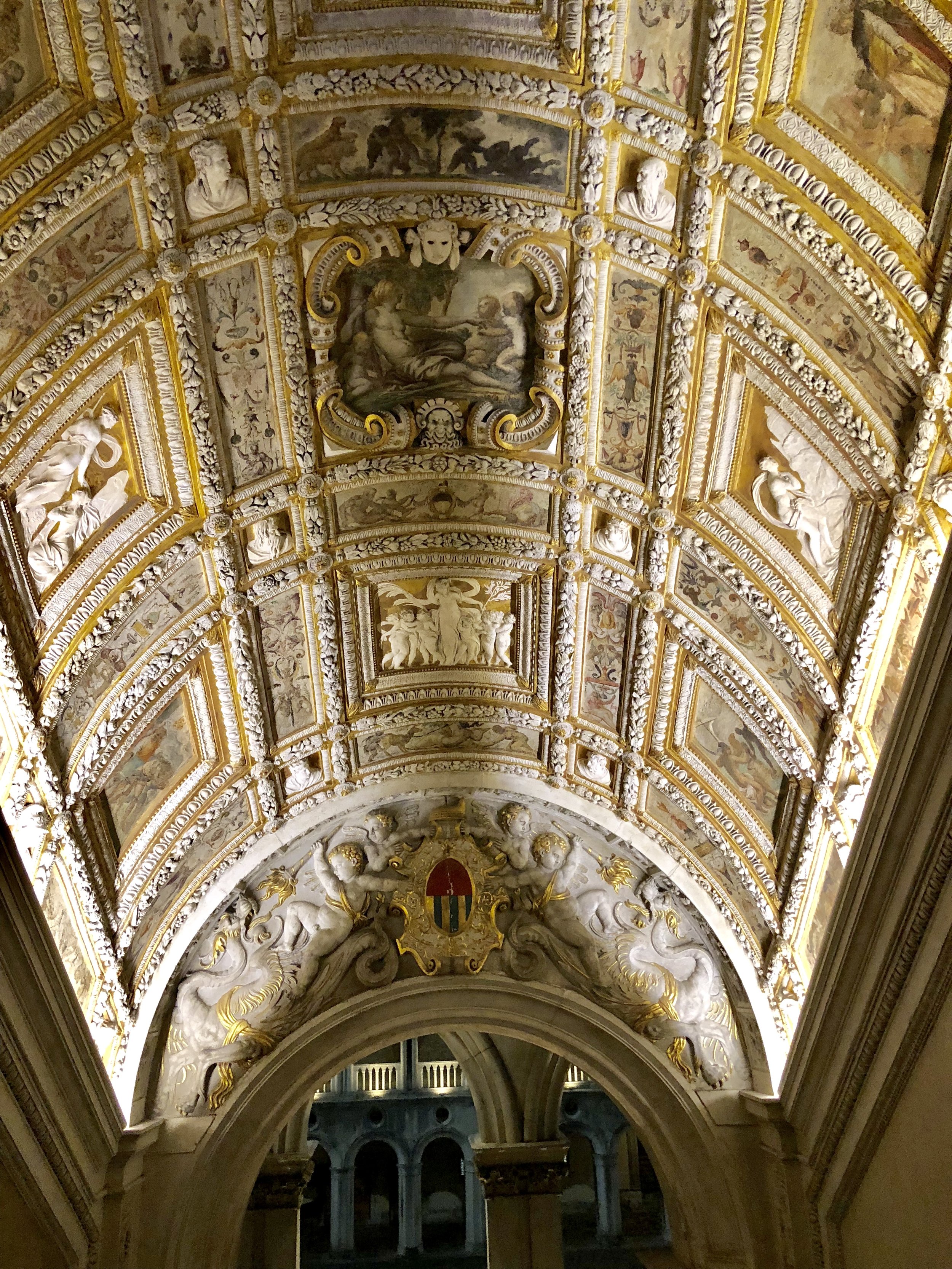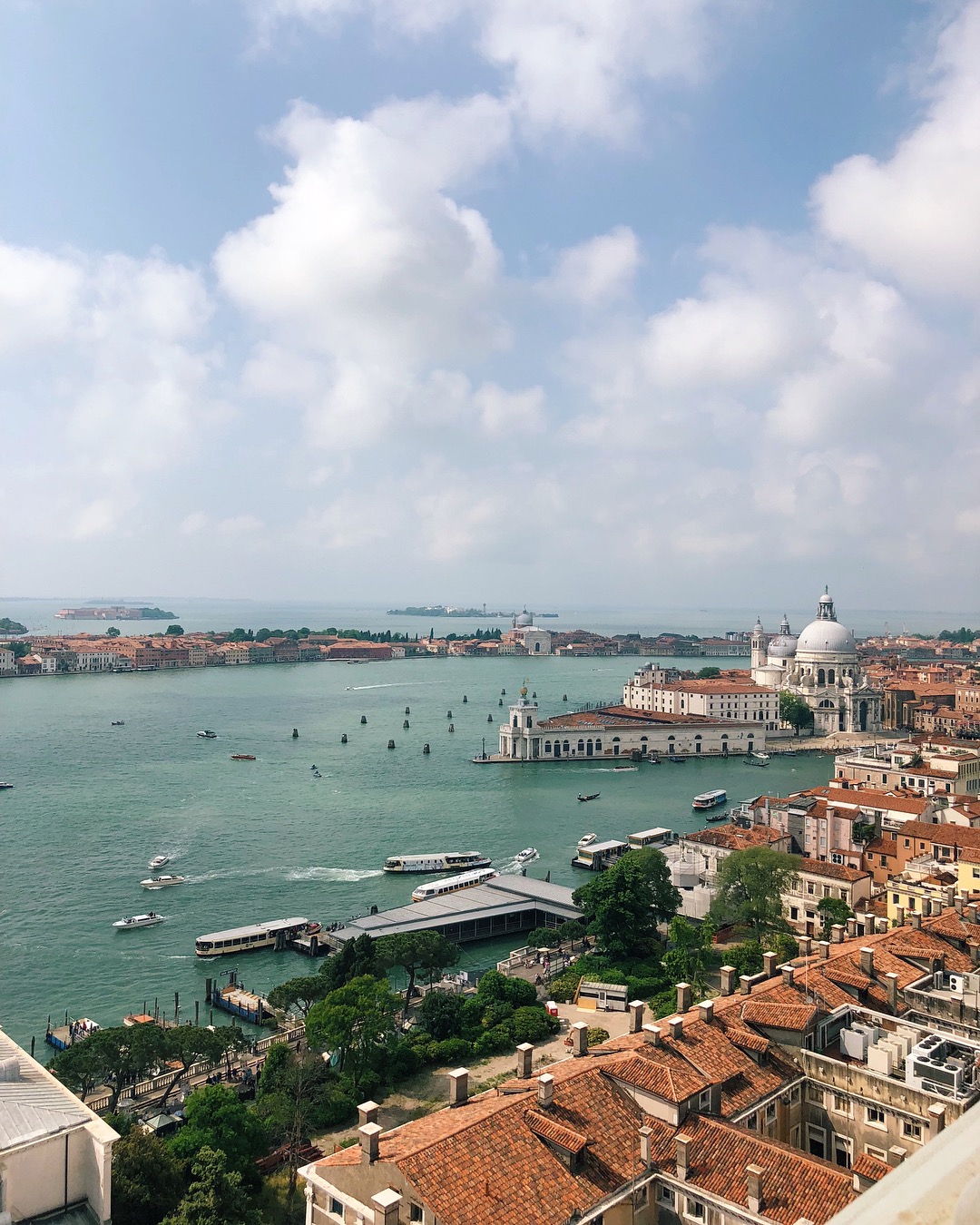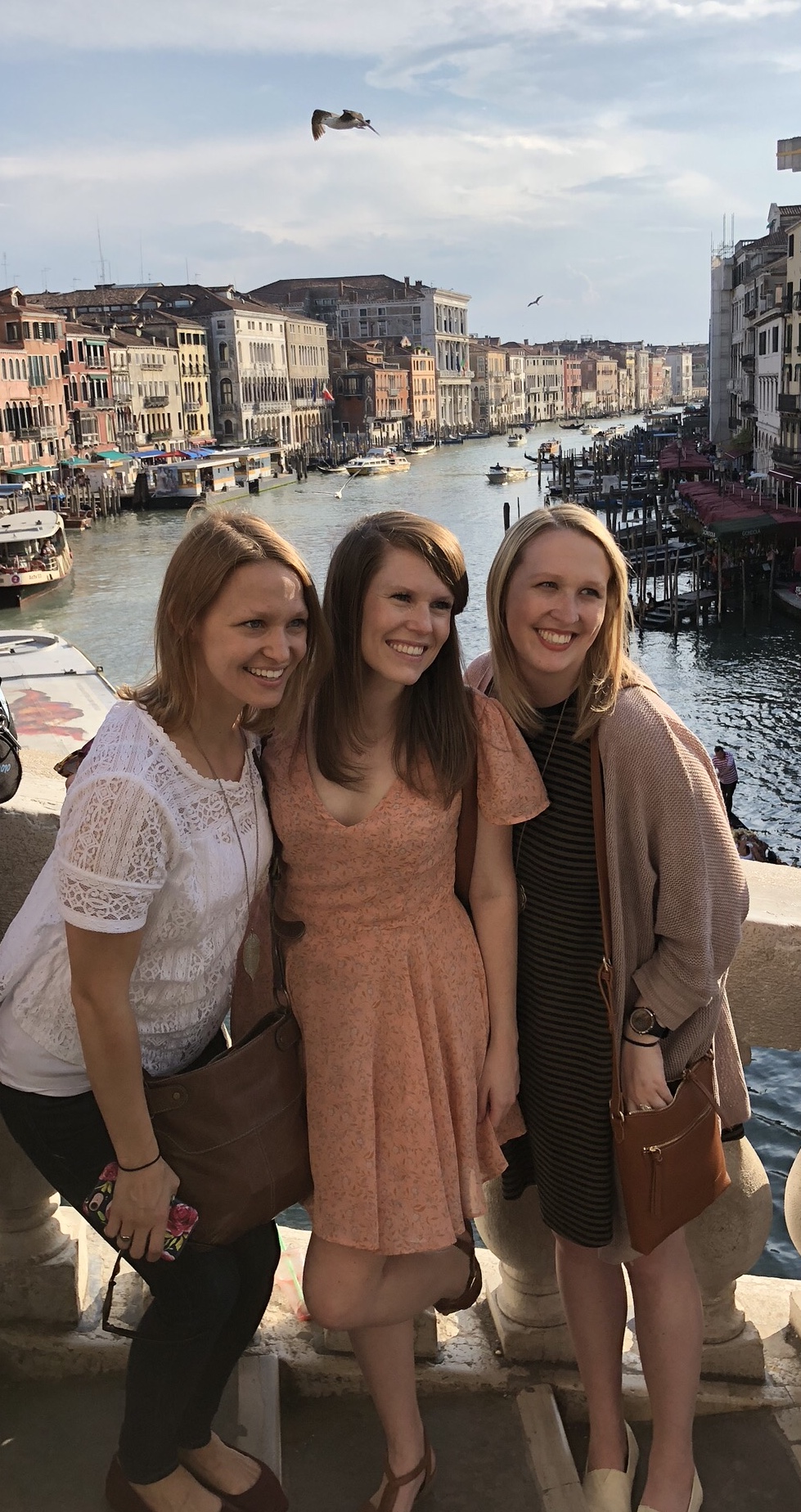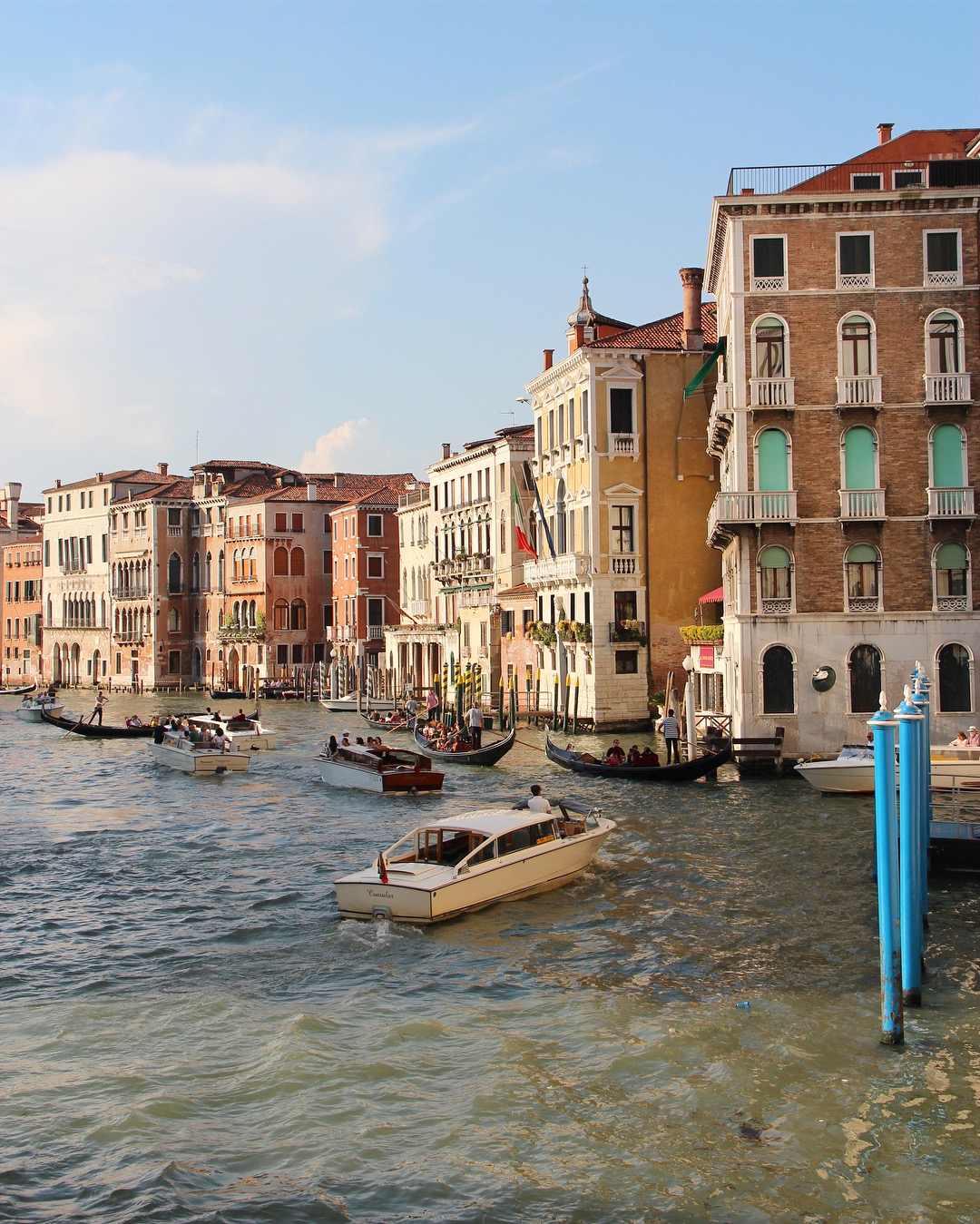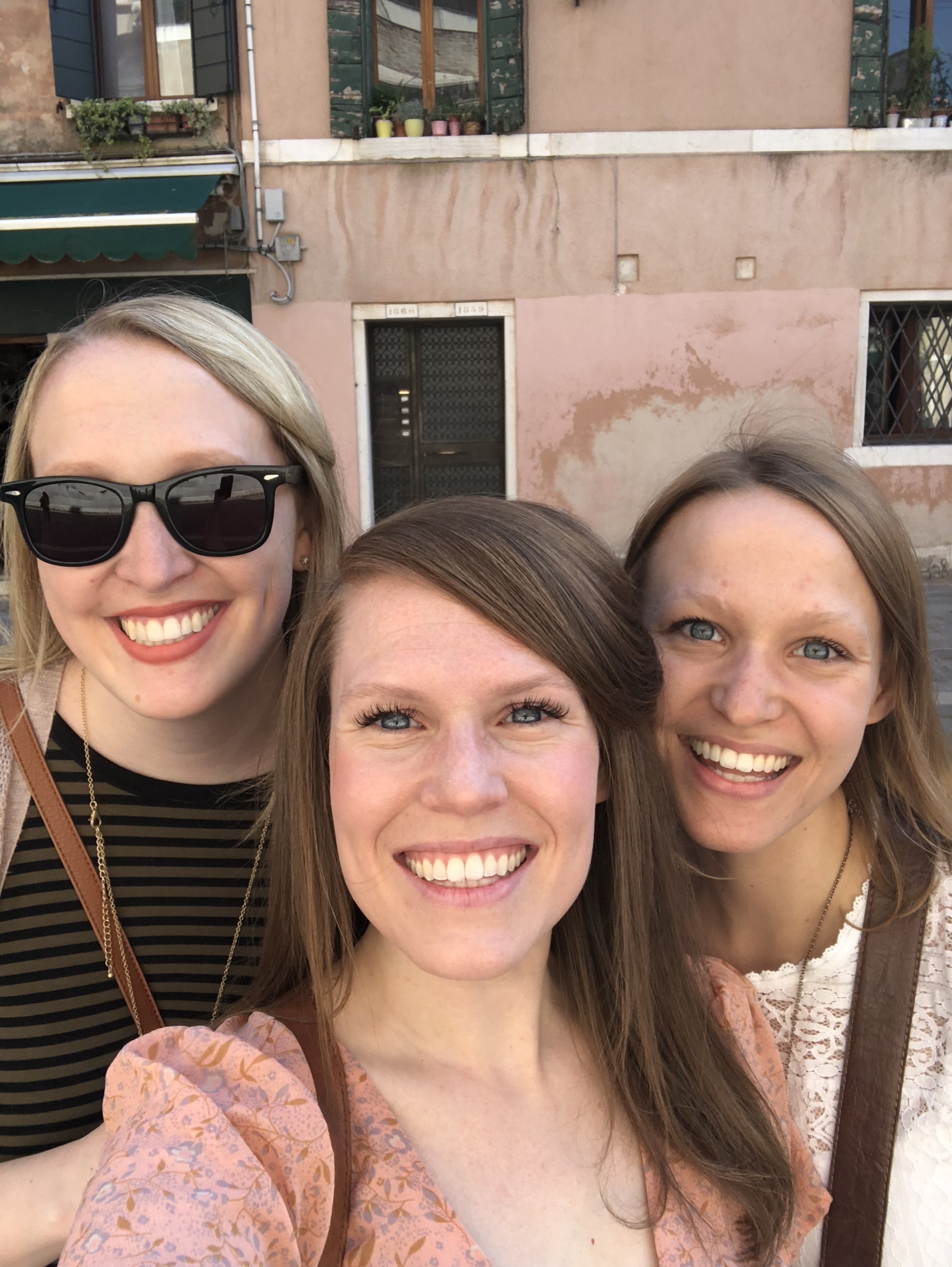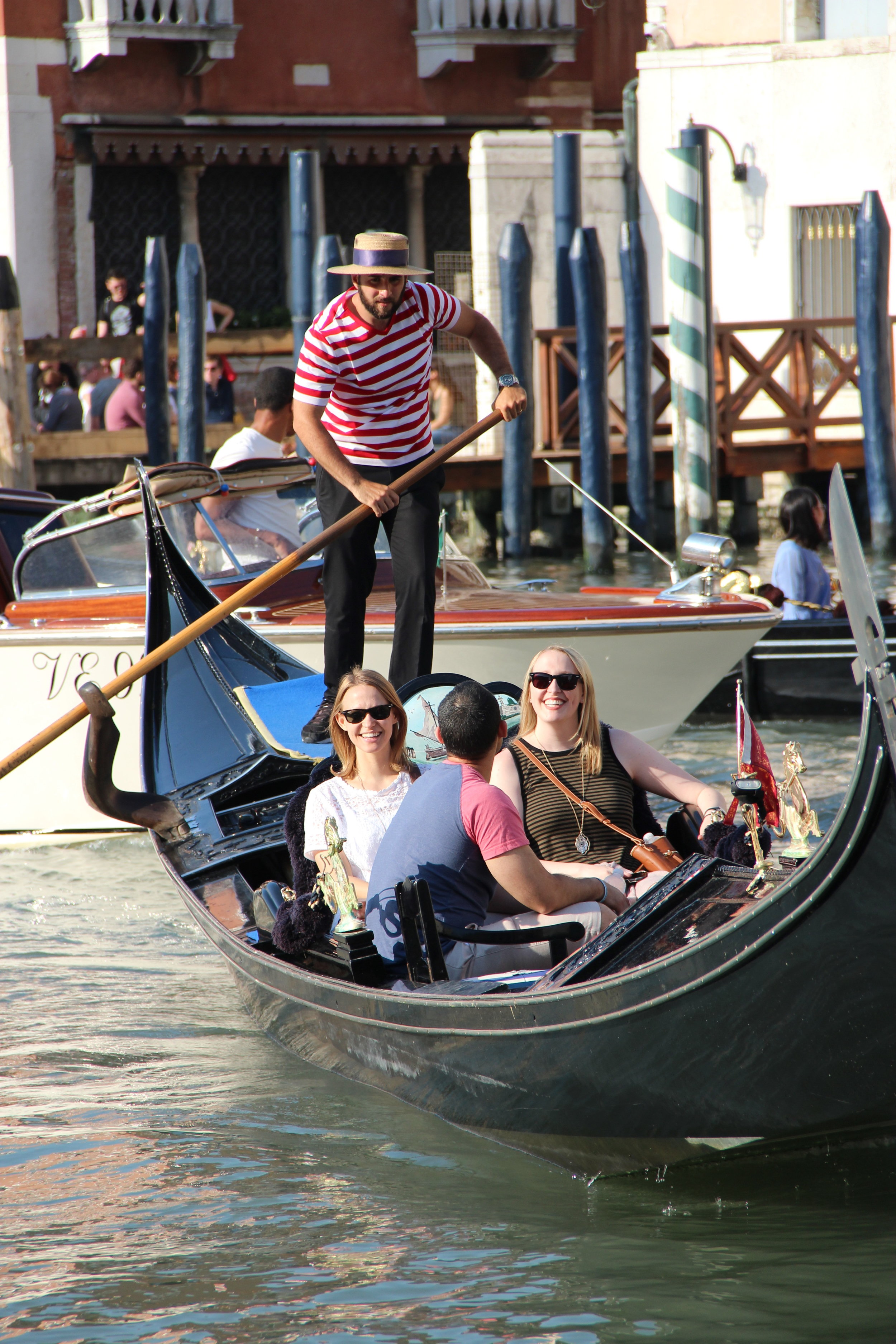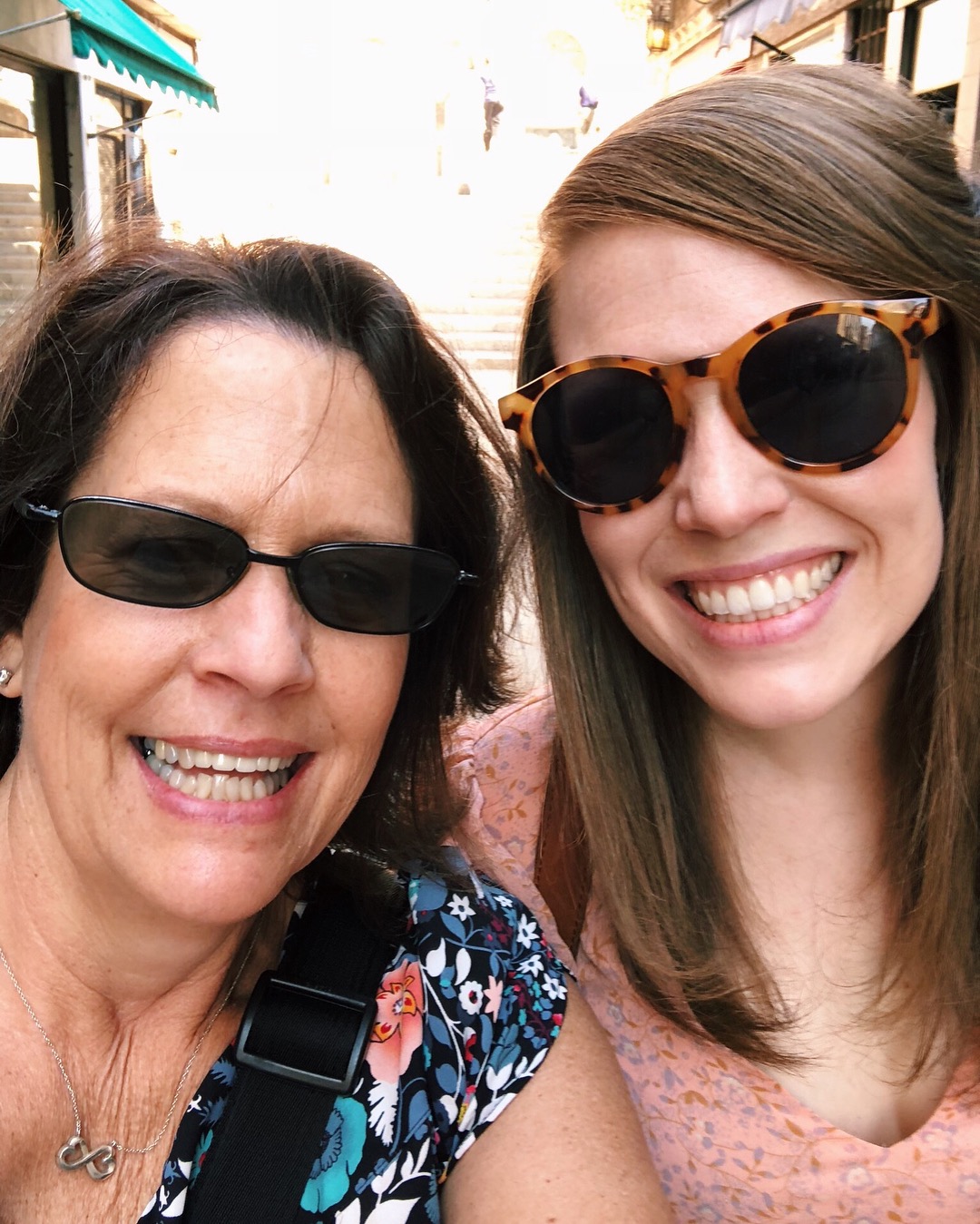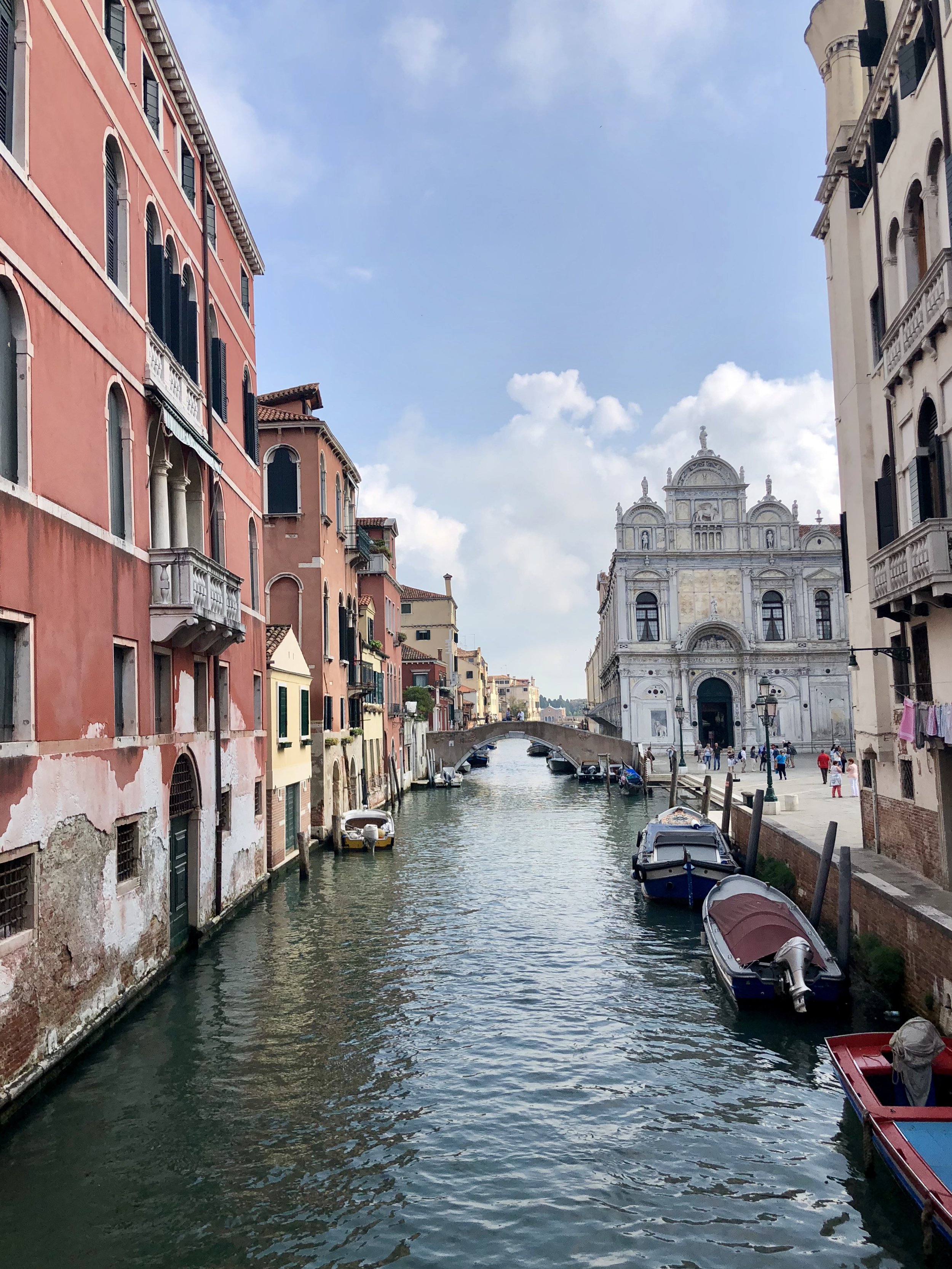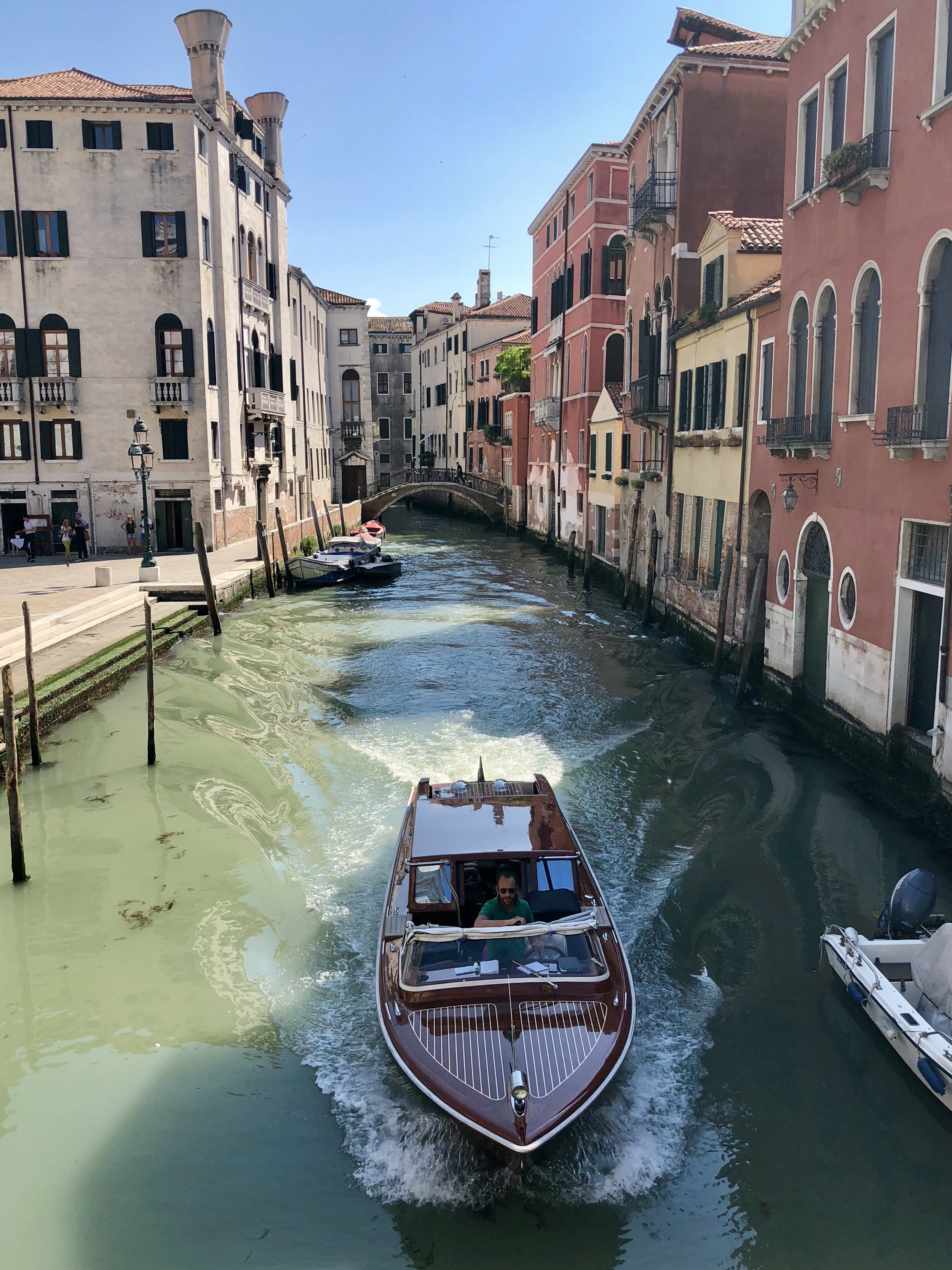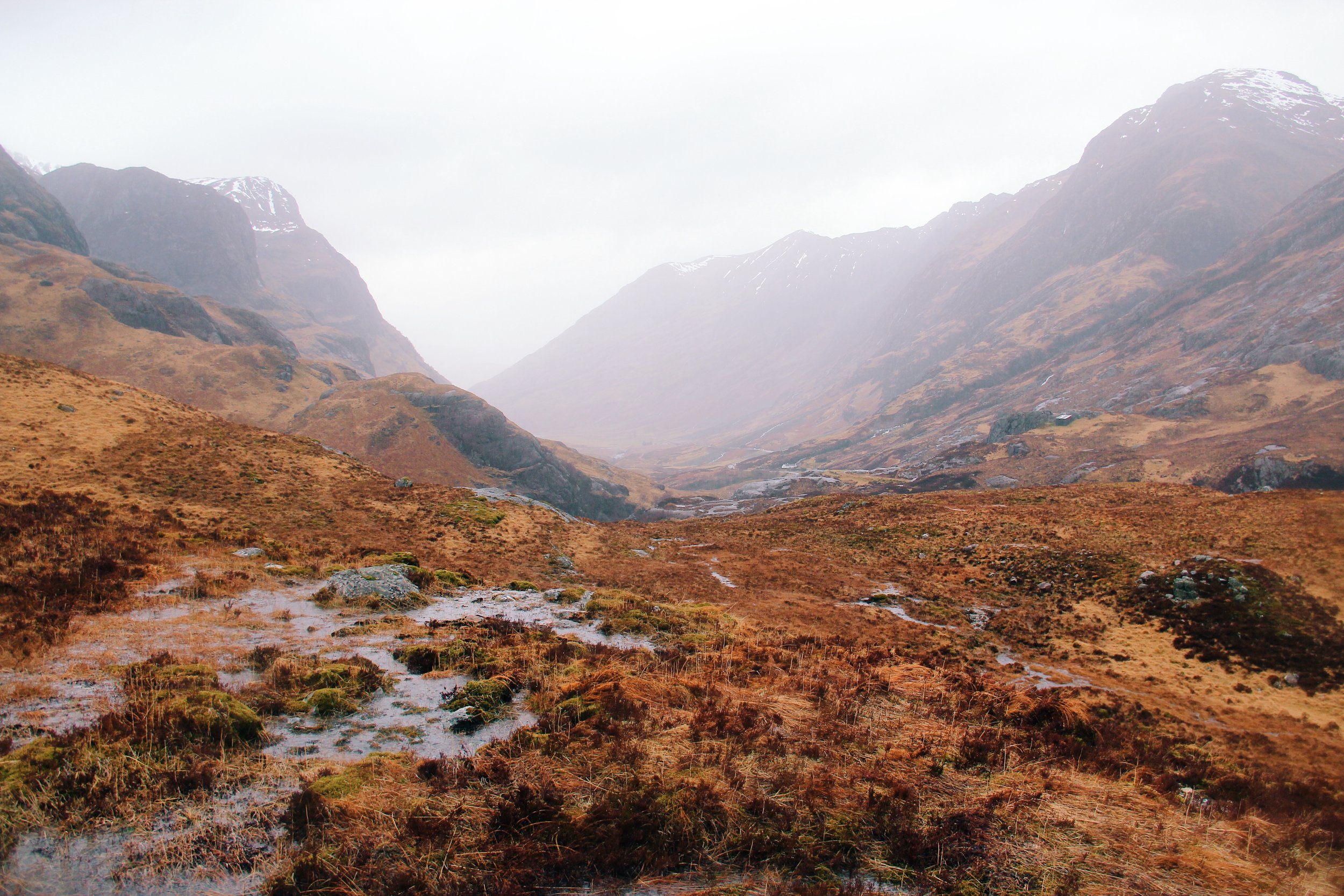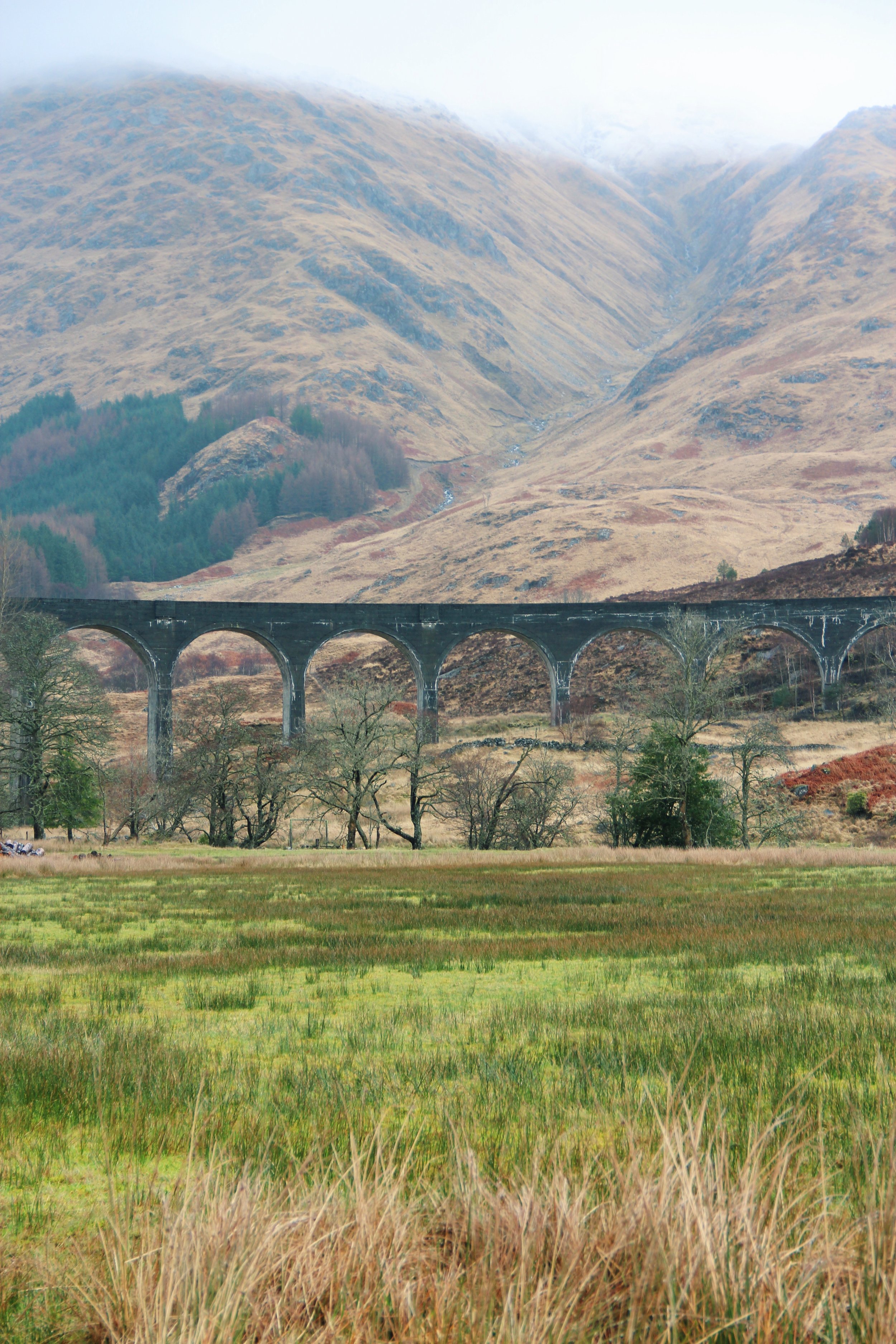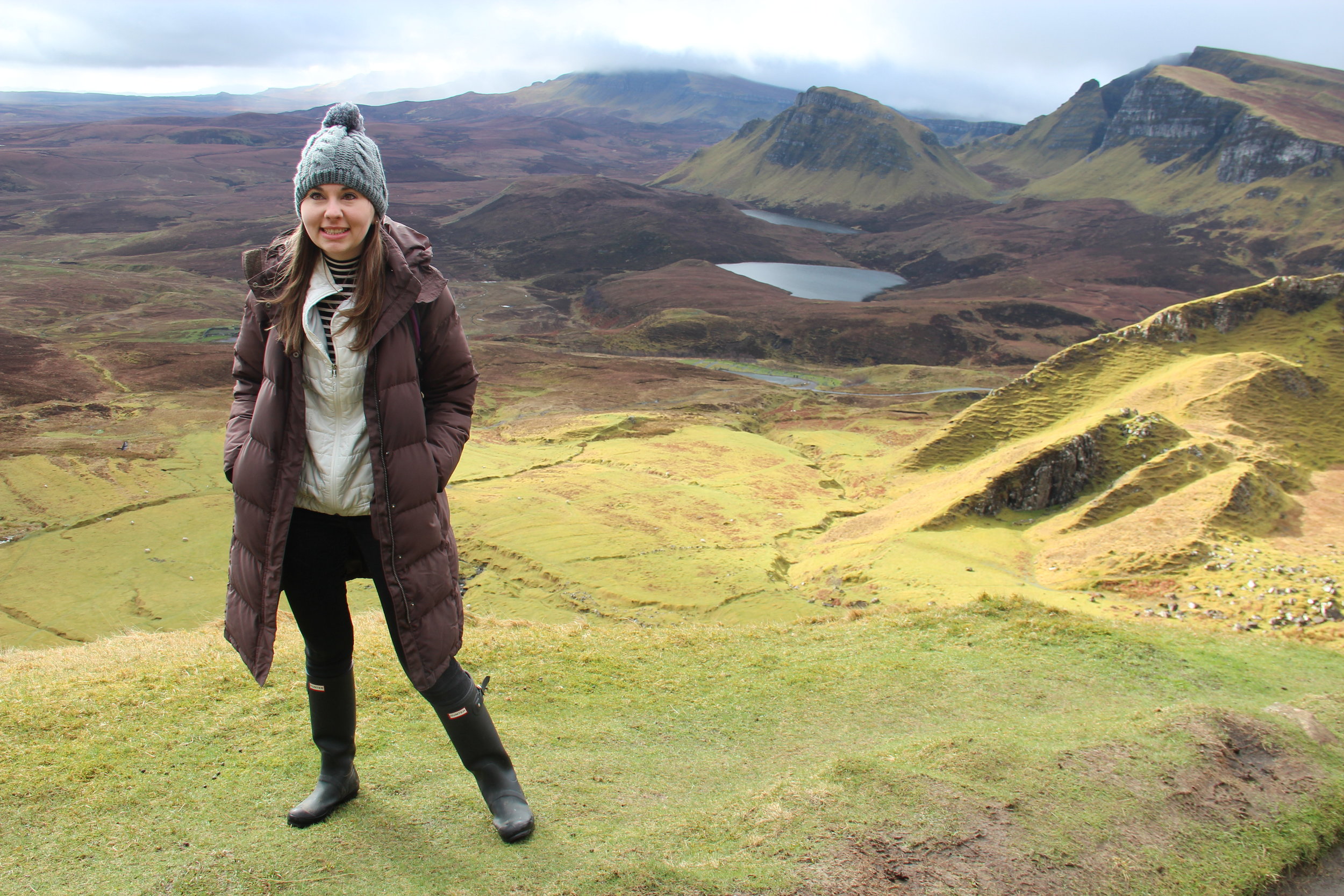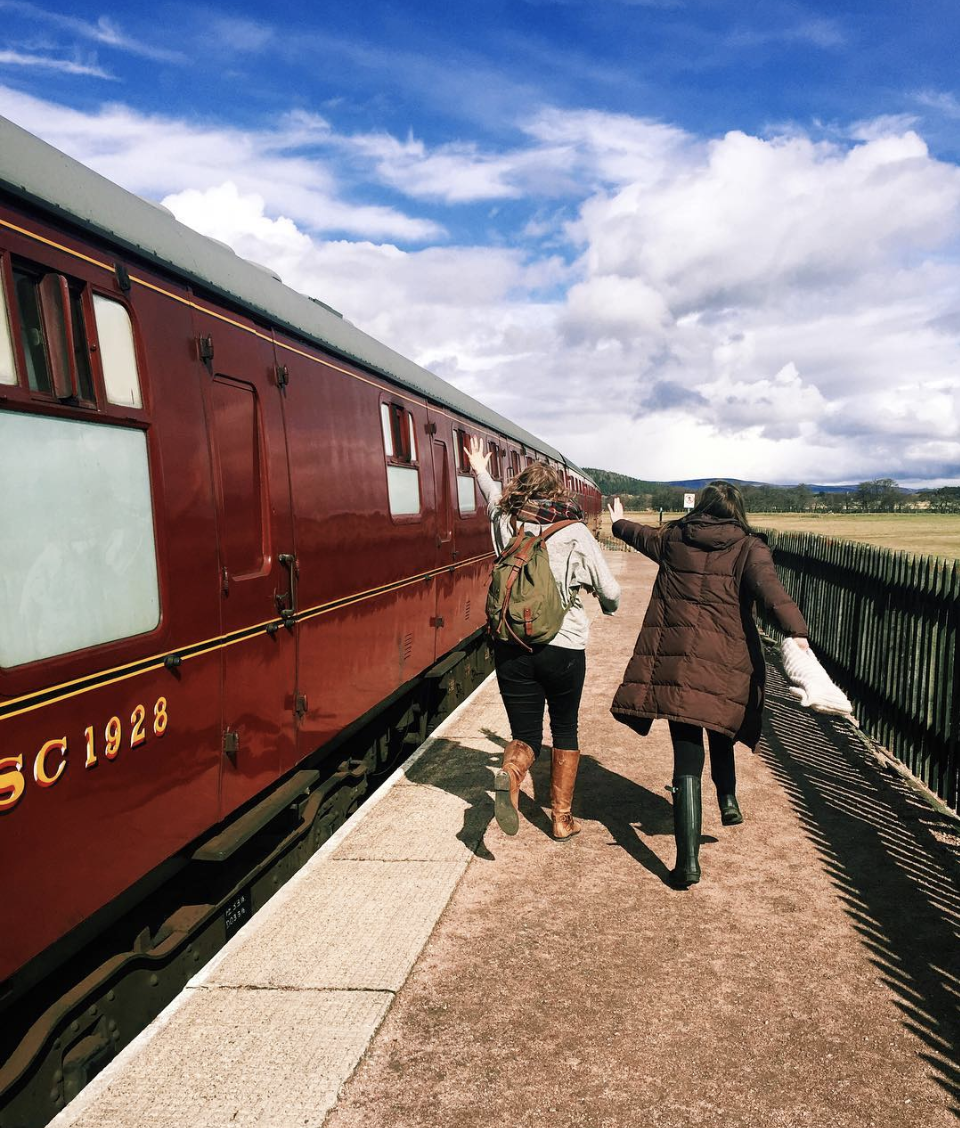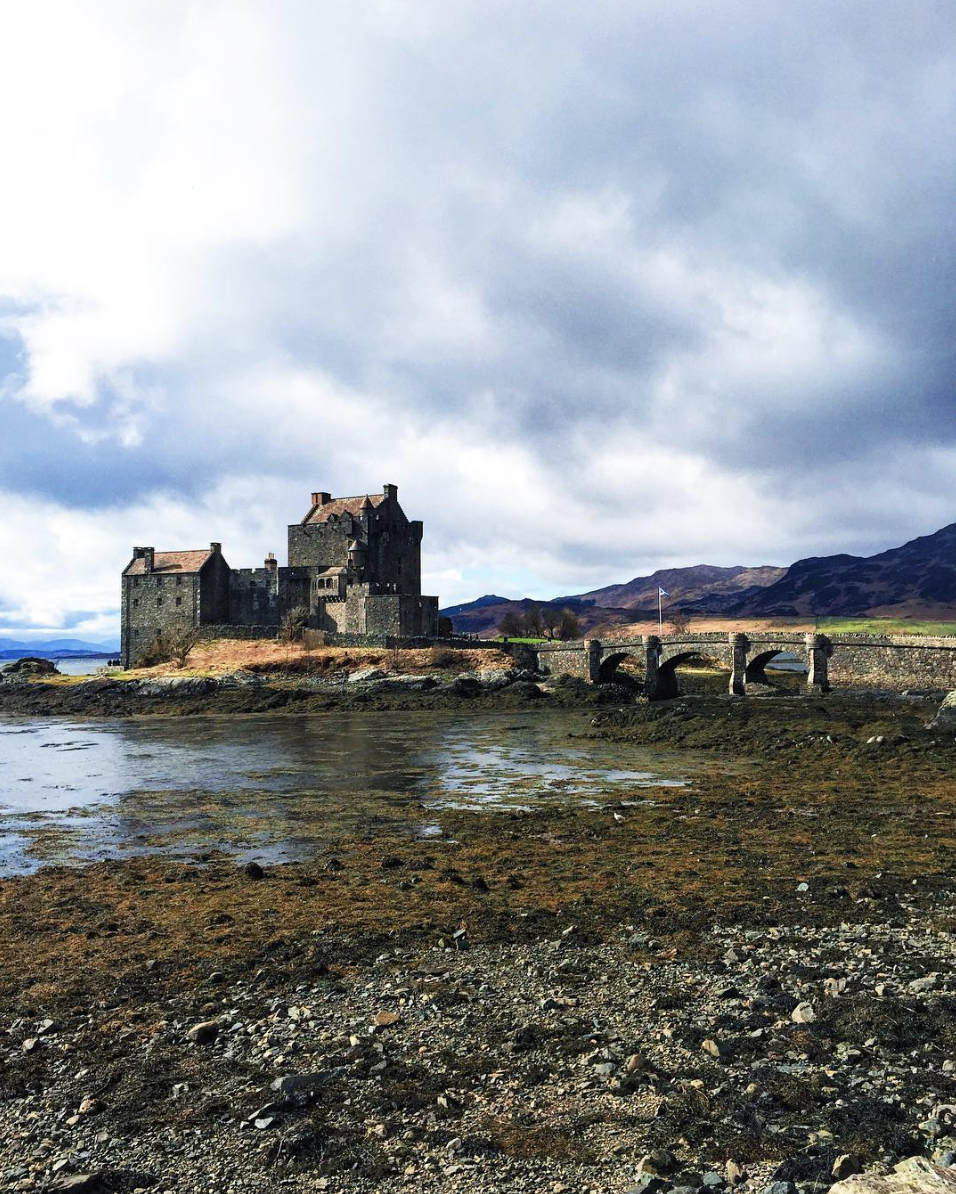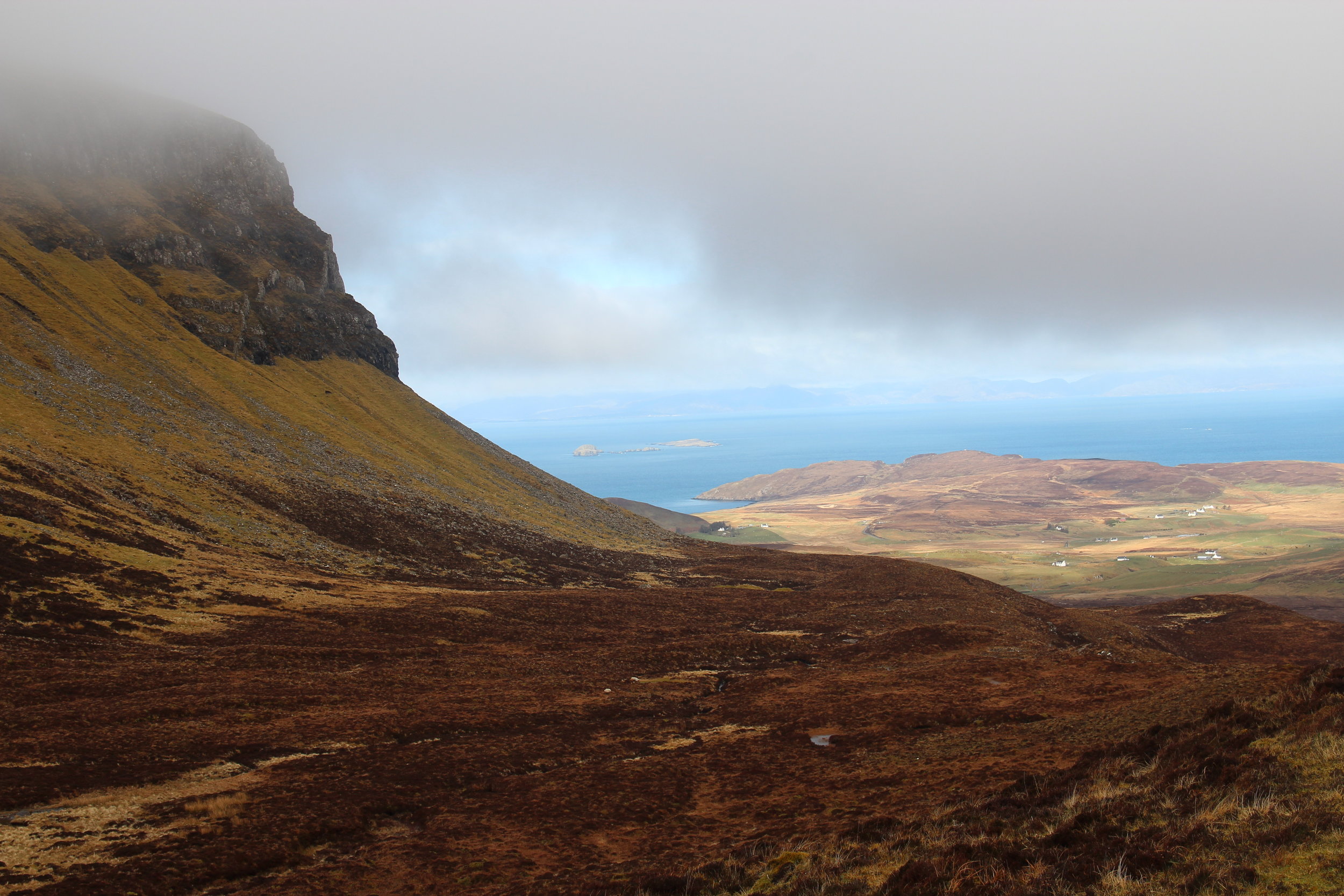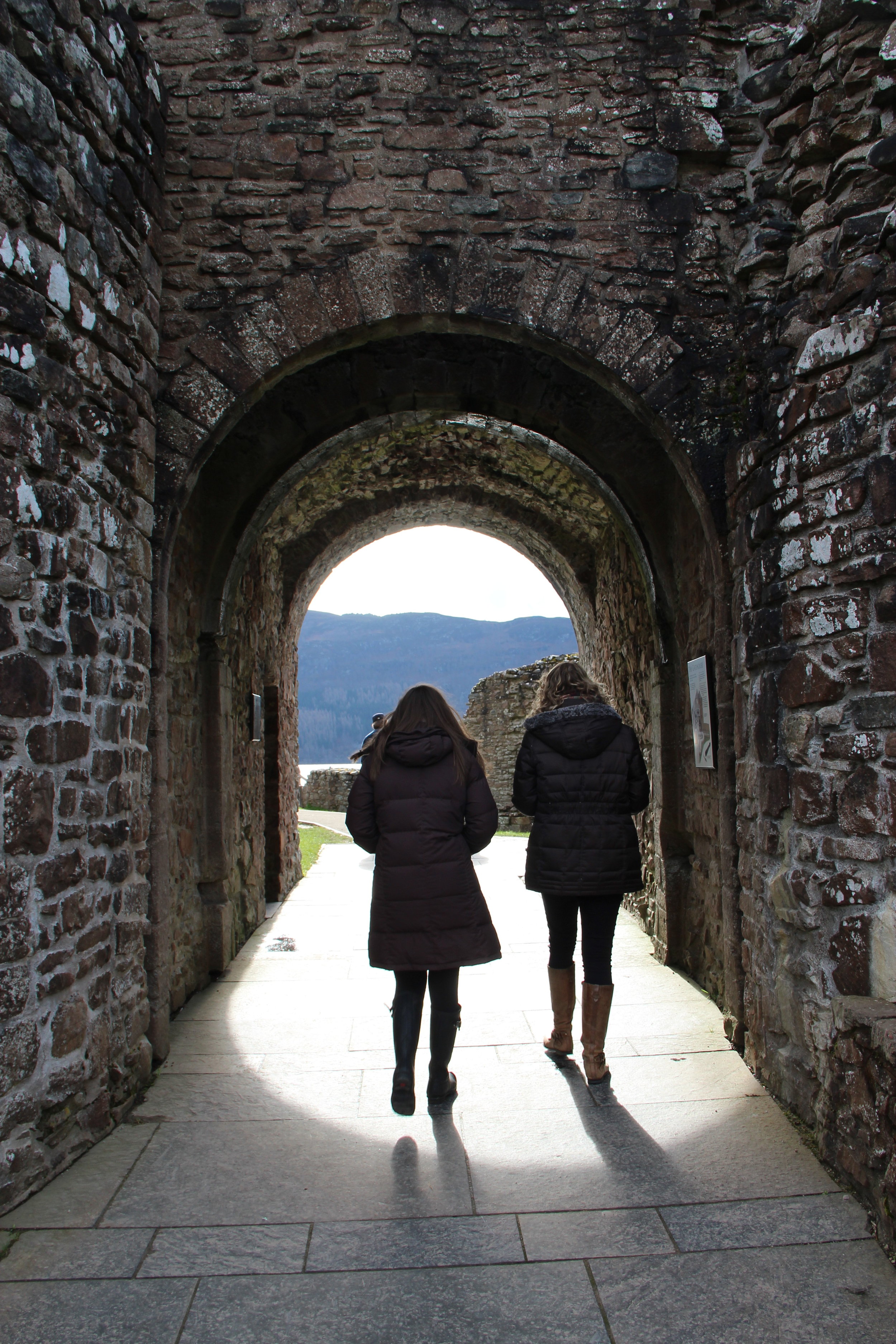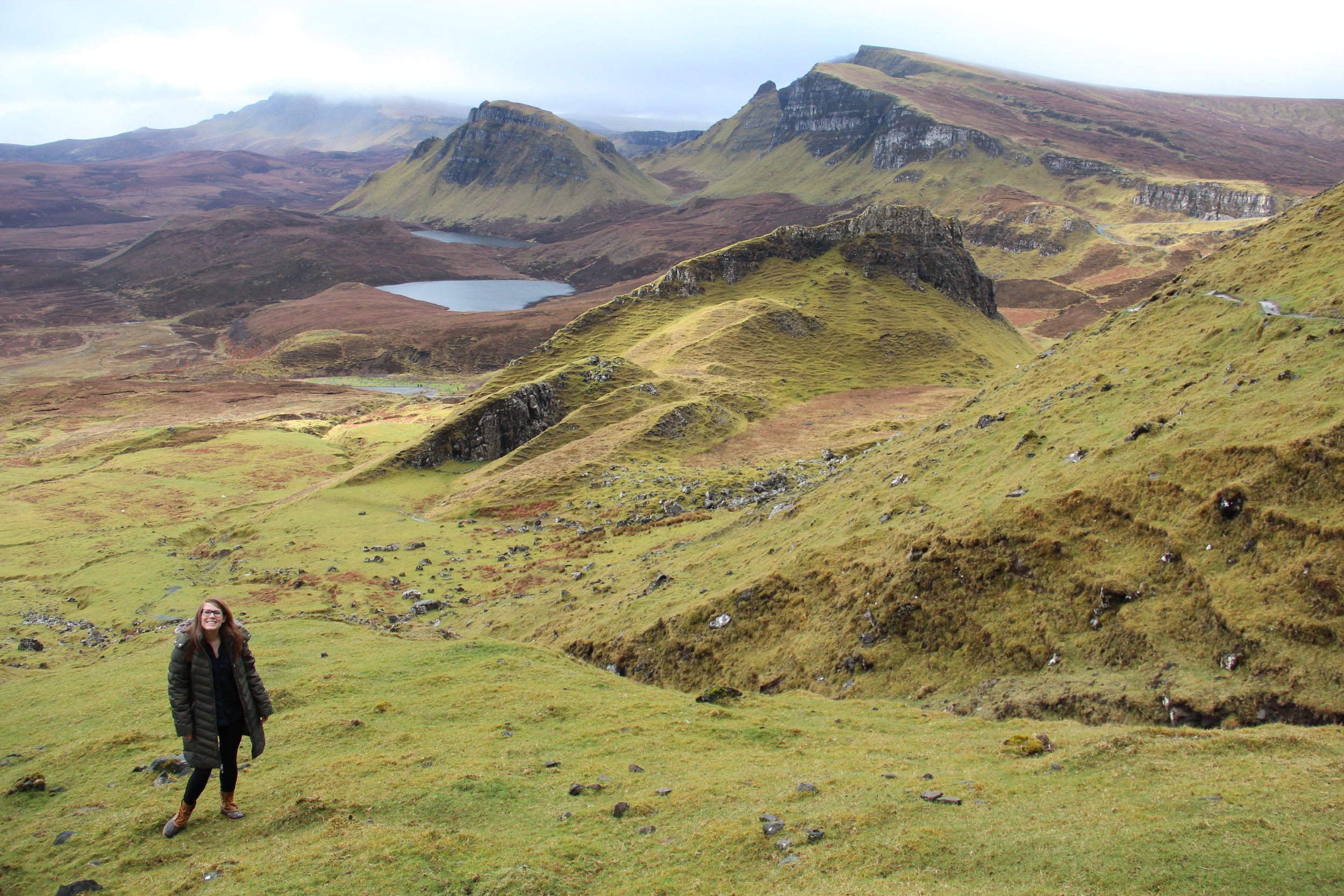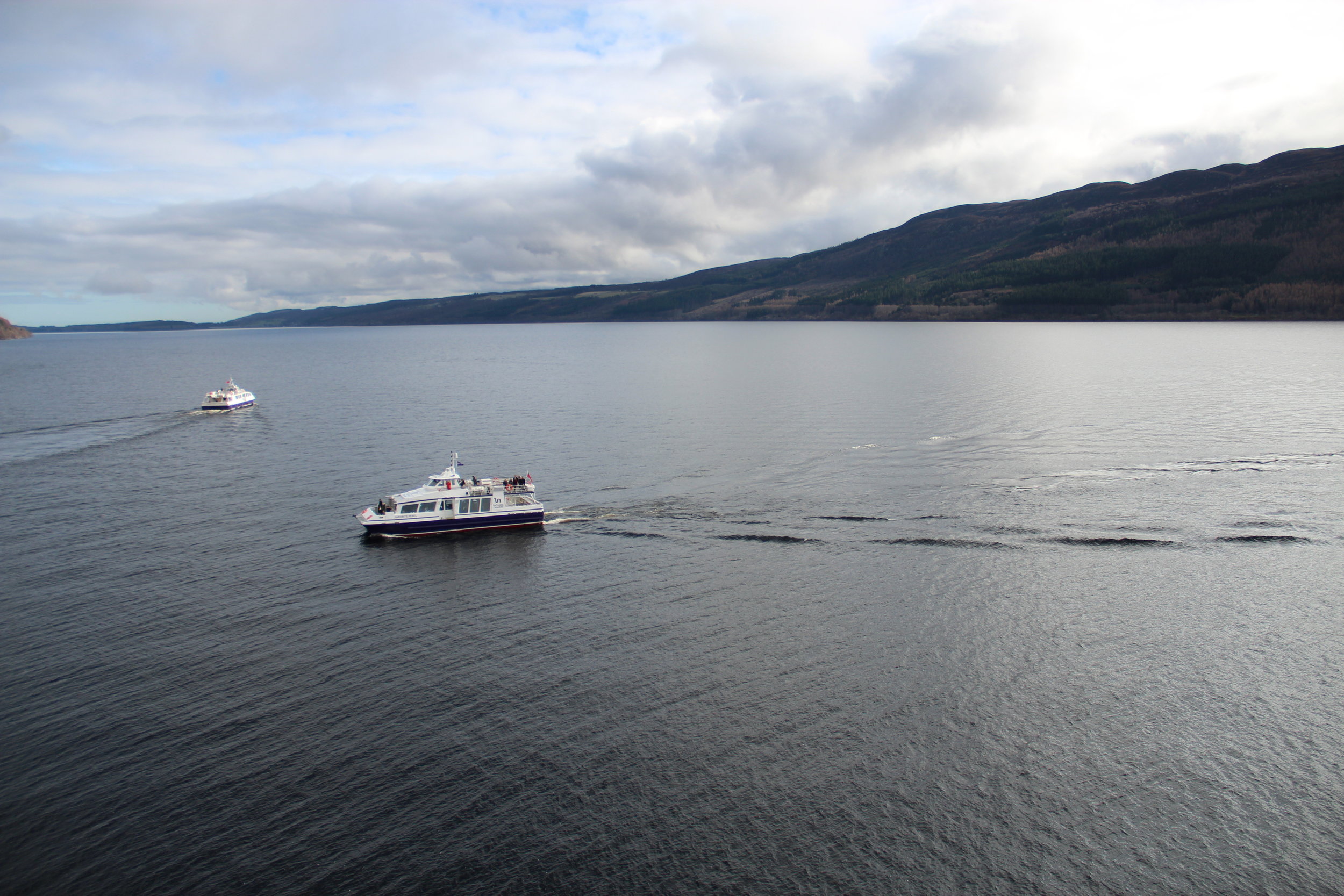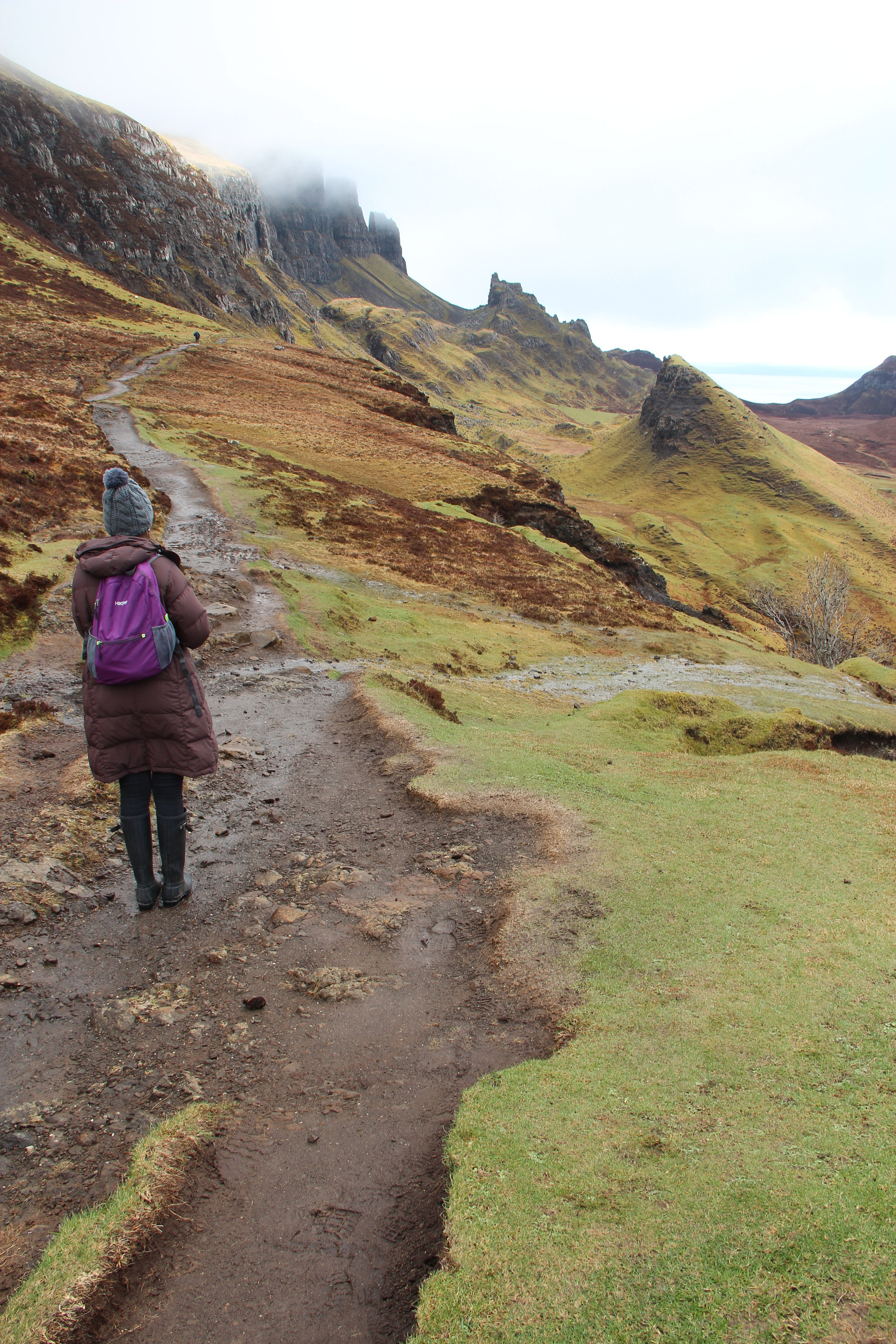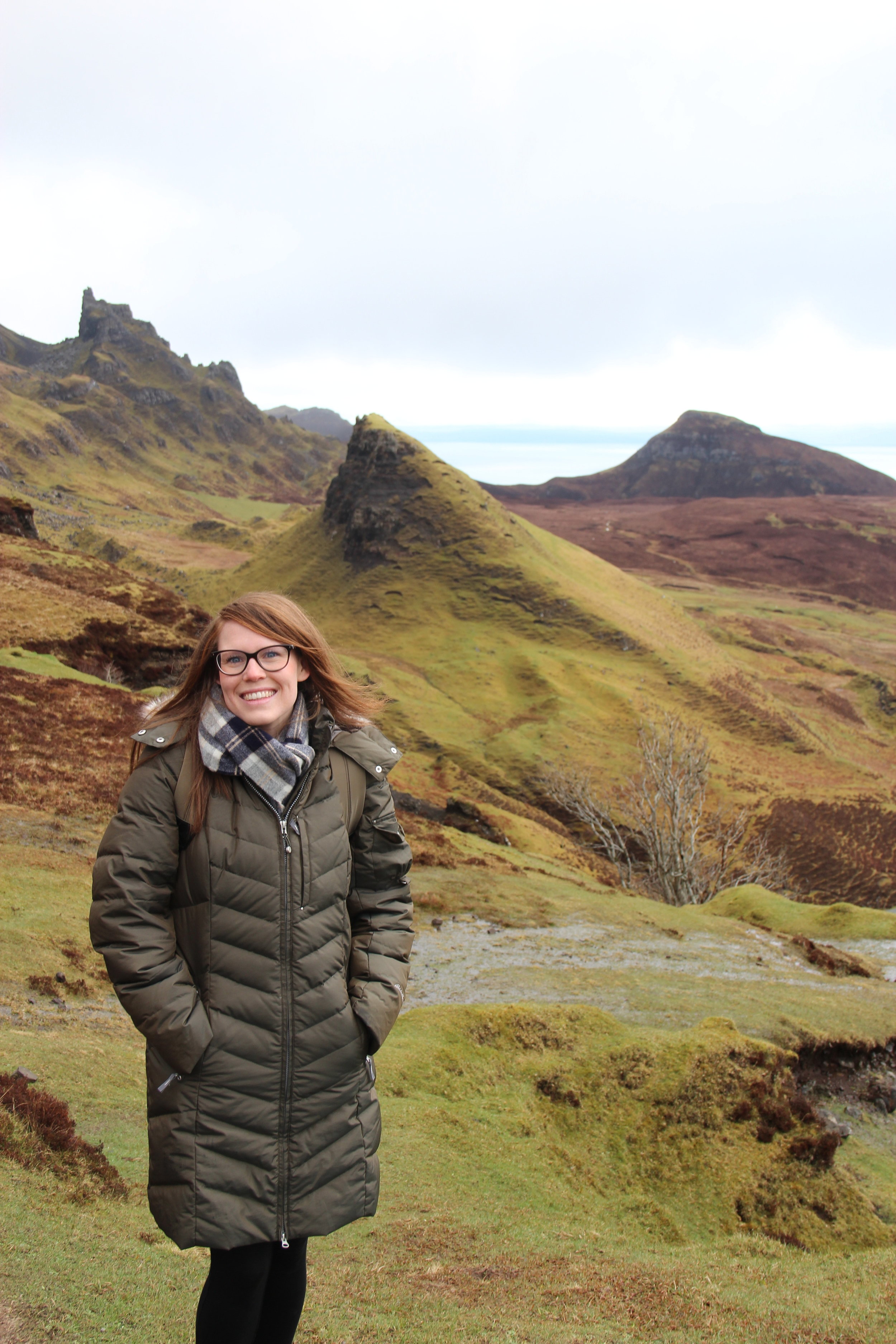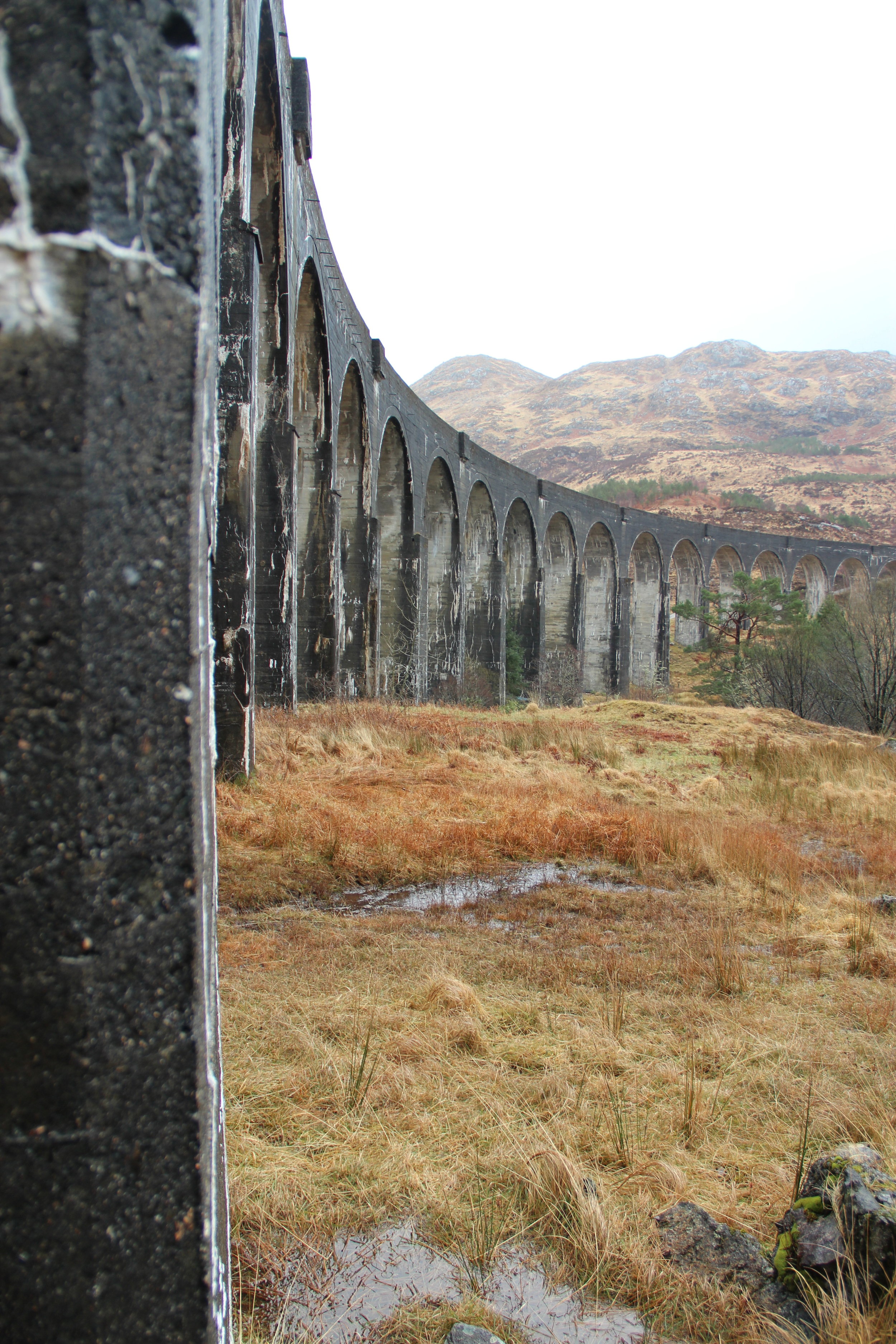I am standing on the corner of 4th Avenue in Brooklyn as cars and bikes fly by in both directions. My eyes are focused on the three-story brick walk-up on the far side of the road—that building is my current home.
601 Baltic Street is the only stand-alone, pre-war apartment complex left on our block—besides an abandoned building that has been “FOR SALE” for four years. Each unit in 601 has a wood-burning stove, brick walls, and squeaky wooden floors. Ours also came with the occasional mouse and seven glorious windows. Government housing is on the far end of our street, as well as a huge generator-powered floodlight that beams onto a concrete playground, complete with a plastic seal that shoots water in the air during summertime. In between our building and the projects is a luxury high rise—a studio apartment in this shiny castle will cost you $4,250 a month.
But soon, 601 Baltic will be ground up into brick dust and splinters. The landlord of our property is selling it to developers, and within a few years another costly condominium will be planted in the grave of our first home as a married couple.
Ryan and I do not make nearly enough money to rent one of the luxury apartments on our street—or even a regular unit within our ever-pricier neighborhood of Park Slope. And we make about $500 too much a year to qualify for the affordable housing units developers are required to include in their luxury buildings. So we started the housing hunt, seeking another walk-up with character, no doorman, and some proper graffiti on the block to make us feel right back at home.
Now, I am standing near the kitchen table in 601 Baltic.
It’s May 2016 and we’ve just gotten back from an incredible three-hour dinner date in the city, complete with king crab and caviar. I look around the large room and think about how the studio apartment is (surprisingly) clean just as Ryan says something behind me. I turn, and he’s on one knee.
“Britney, you’re my best friend…”
“Is this HAPPENING?!”
“Yes,” he smiled. “You’re my best friend and I love you.”
Then I dropped to my knees, too. Both of us sat on the squeaky wooden floor of what was just his apartment at the time. He slipped a family heirloom ring on my finger—we laughed and cried and danced around the living room in glee. Not long after that, both of our families snuck up the stairs to #2F, truly surprising me to tears. We were engaged, and 601 Baltic was about to become my new home.
I am perched on the roof.
Looking at the water towers in the distance and soaking in the pink summer sky, I sip on a glass of cheap white wine and think, “what’s next?” It’s July 2017 and the advertising agency I work for has just closed its New York City office. The wedding and our honeymoon are beautiful, recent memories. But without a job, I’ve turned into a person who is permanently lost in thought. I want to do, make, create—and I’m not very good at sitting still. Each day I take a five-mile funemployment walk around the neighborhood, trying to move my legs and my brain. 601 Baltic has become both my prison and my haven. I walk away from its brick walls in the morning, only to return to its shelter by the afternoon with some new idea, exhausted albeit motivated.
The truth is, I can’t not talk to anyone for a whole day. I’m too extroverted and a sinking depression overtakes me around 3 p.m. But sometimes, I’d find a neighbor on the roof, or drink a cup of coffee and chat with a barista at the nearby café.
And then, quite suddenly, I had a job. For the first few months, I happily worked long hours on the Upper West Side, throwing my once bored brain into a spasm of activity. But it surprised me that I missed my little apartment—and the ragtag community I’d created out of loneliness.
I am opening the awkward metal door to our apartment and smiling.
People are always popping by for a nightcap or quick “hello.” We live down the road from our friends on Douglass Street, and we have visitors who stop in before heading farther out to Brooklyn’s Sunset Park neighborhood. Ryan keeps our bar stacked with whiskies, gins, tequilas, and other mysterious bottles. In the winter time, you’d find a fire roaring in our wood-burning stove. In summer, we’d take snacks up to the roof and watch the sky explode with color.
Of all my memories of 601 Baltic, this is one I hope we get to replicate in our next home. We may not be off the prime subway stop anymore, but we deeply love our community and feed off of its energy.
Now, I am sitting on couch, typing.
I look up.
And I really look.
I see visions of myself, Ryan, and our guests floating around the apartment. A spat near the kitchen counter when his alarm clock went off for an hour and a half. Laughter near the bar when a friend and I tried to replicate Ryan’s perfect Manhattans—with limited success. A kiss on my cheek near the door. An “I love you!” from the closed bathroom, shouted over the hair dryer. A debate about the metaphors of “Lolita” around the coffee table. And a cozy nap with my husband while it snowed in the spot where I’m currently reminiscing.
Homes change, and neighborhoods morph.
But I like to say goodbye to the places that I’ve loved.
So this is my farewell—and sincere thank you—to little 601 Baltic.
“You had to keep on walking until you got home, and if your home is like mine—two rooms in which I could not seem to find a place for myself—you had to go out and start walking all over again. You had to walk and walk and walk until exhaustion set in, and once it did, home.”

